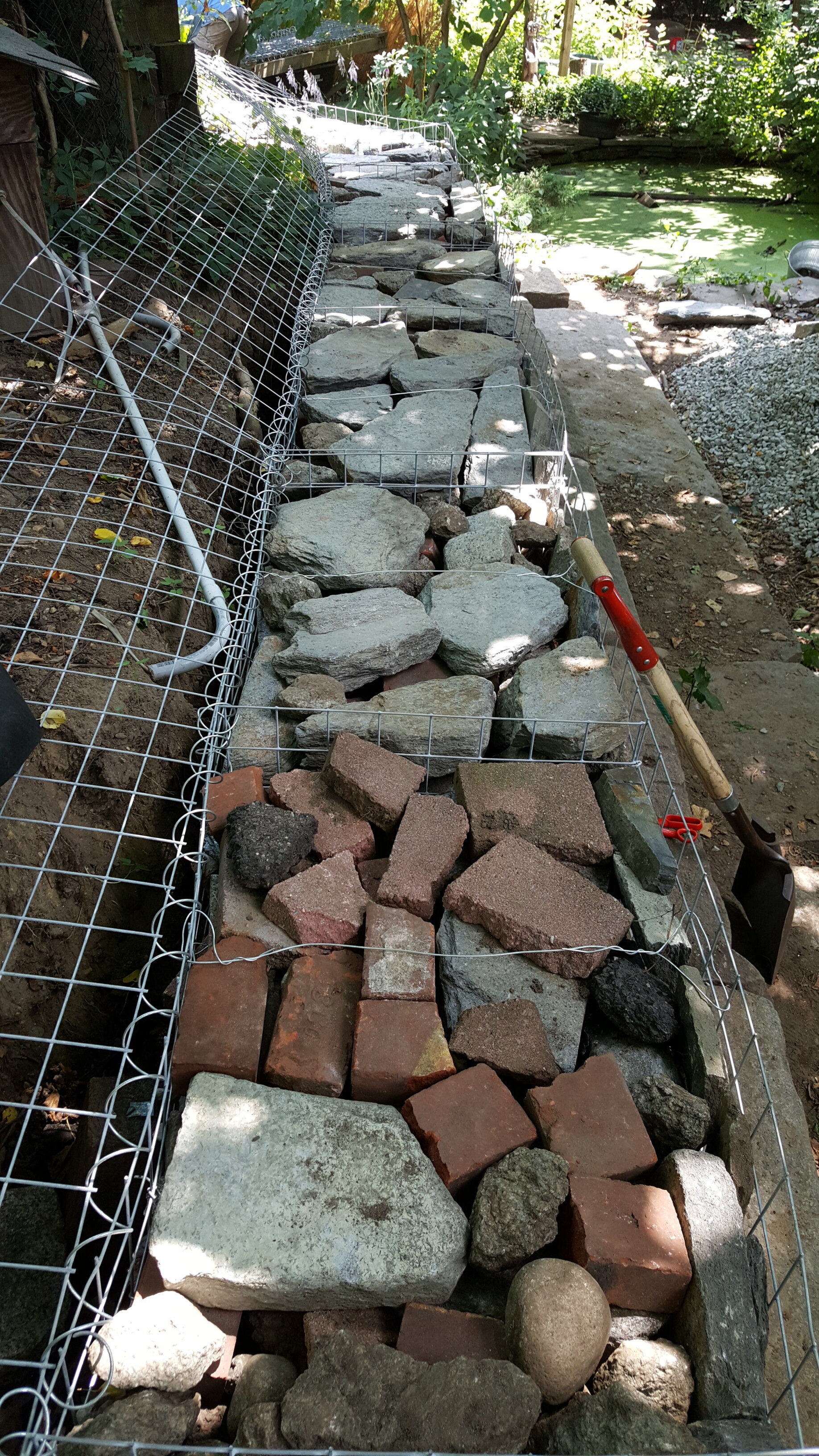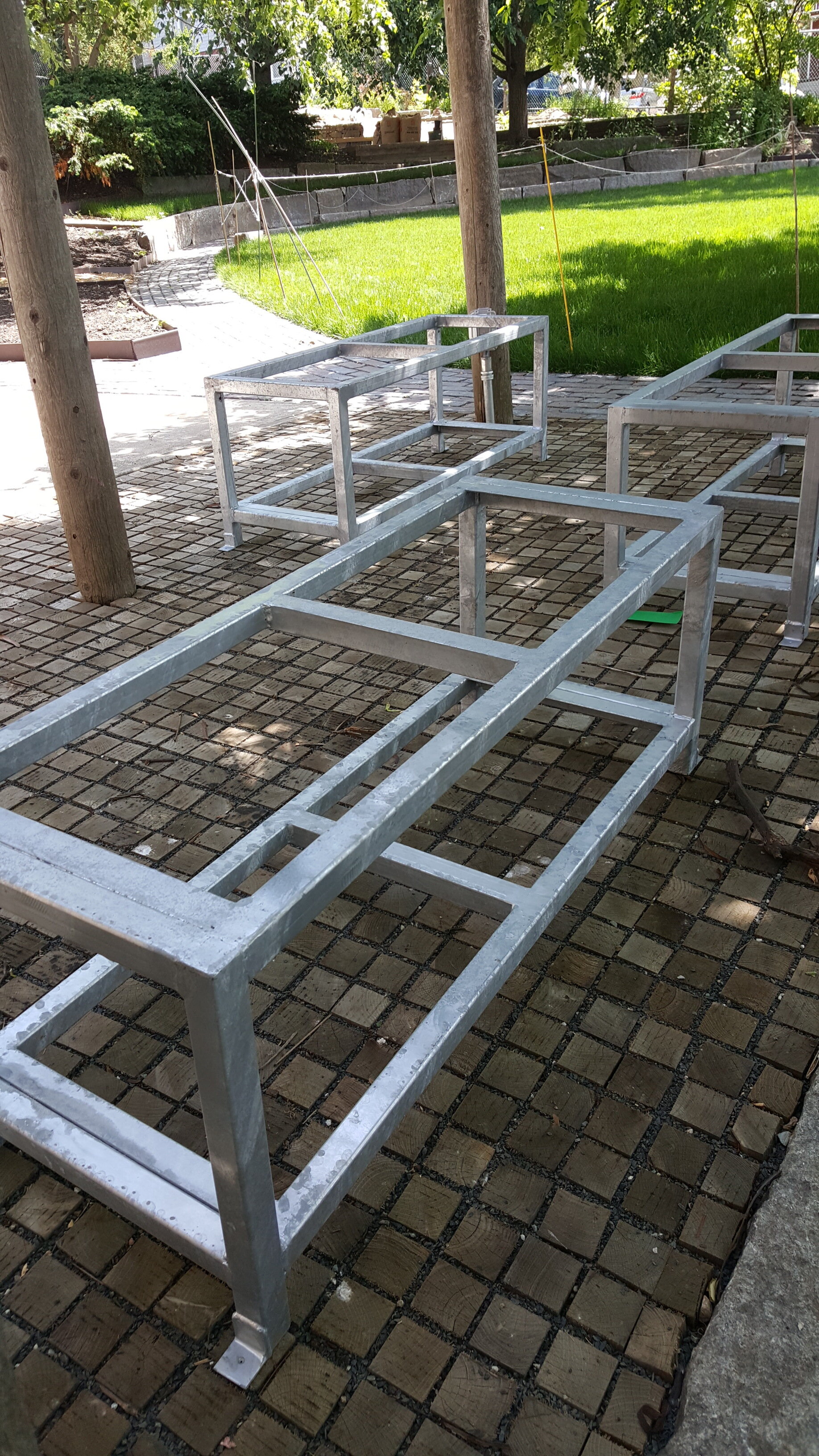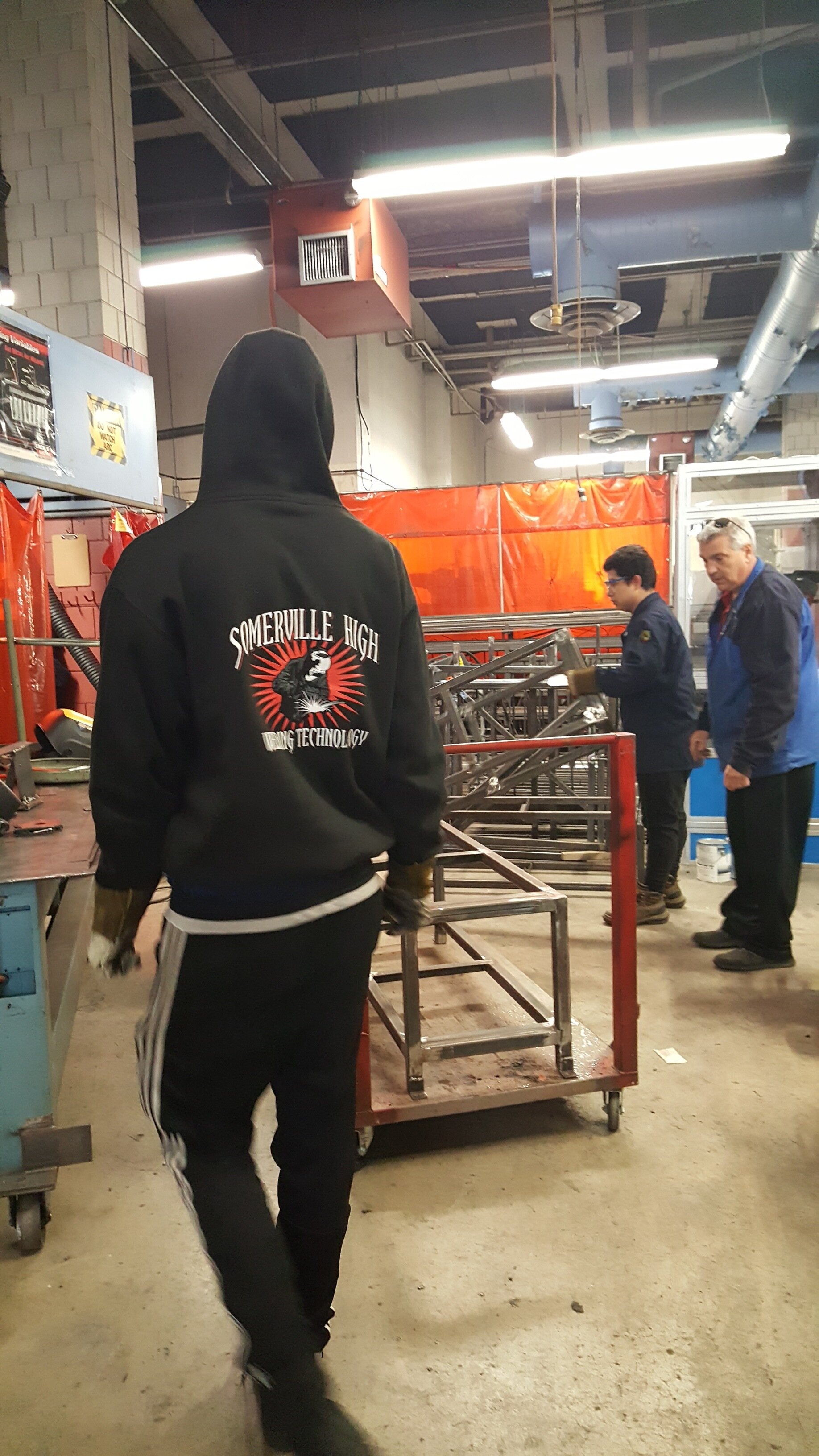Food forest garden - a park typology for the future
“Vision without action is merely a dream. Action without vision is just passing time. Vision with action can change the world.” - Joel Barker
Client: Somerville Community Growing Center
Date: 2015 - present
Location: Somerville MA
Key Collaborators: Friends of the Community Growing Center / City of Somerville/ Somerville High School Vocational Department/ MassArt Community Build Program
Funding Source: Somerville Community Preservation Act Grant / FCGC (501c3) donation
Author: Eva Leung
Picture an urban playground or park, what comes to mind? Poured rubber flooring, geodesic-looking structures, open ball parks. For kids and parents living in Somerville with no yard to boot, Somerville Community Growing Center [SCGC] offers something different, something whimsical — a sanctuary into the wild. From Harry Potter forts to fairy huts, the growing center is where children's imagination comes to life, a key piece of childhood for many.
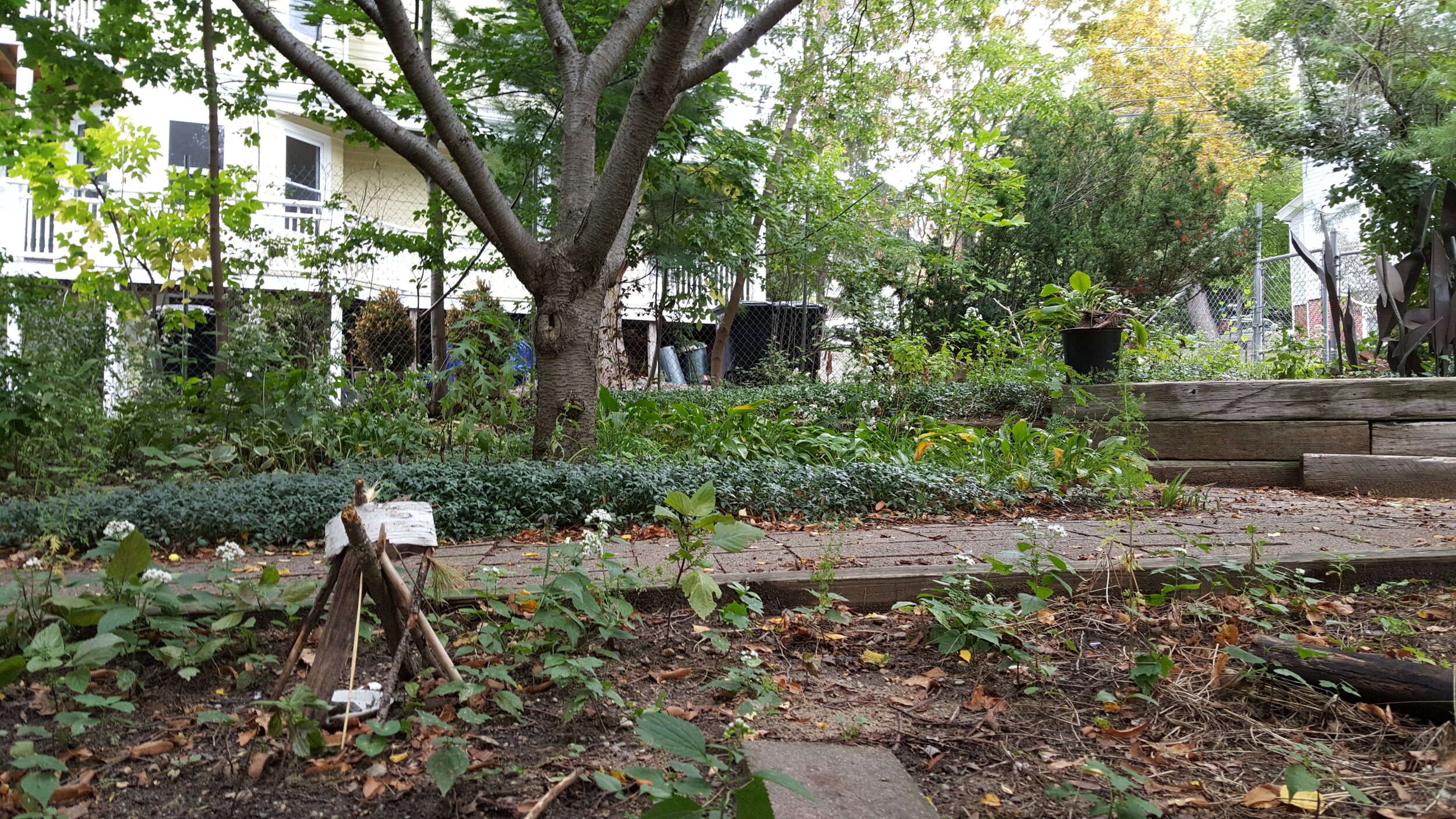
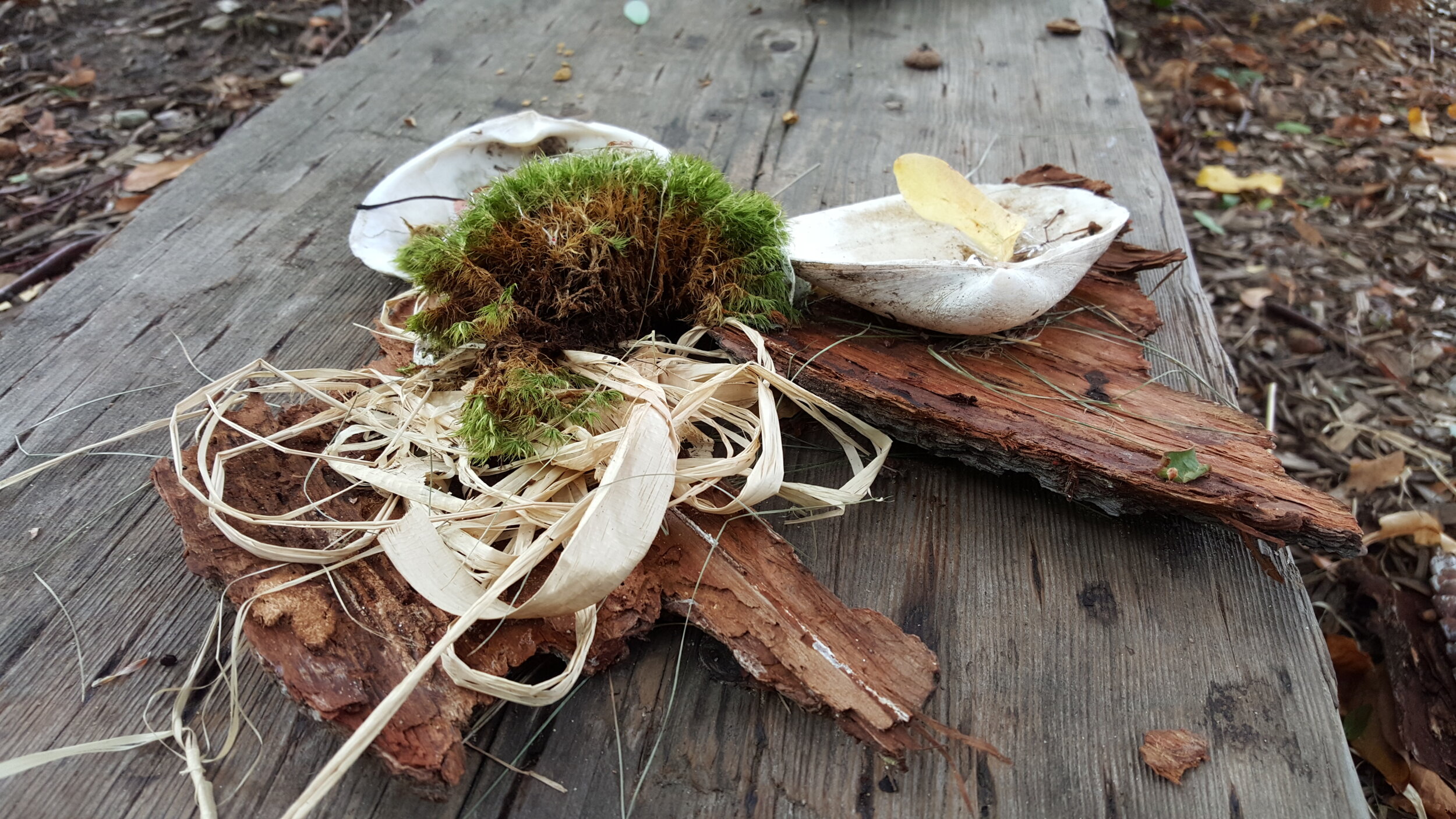
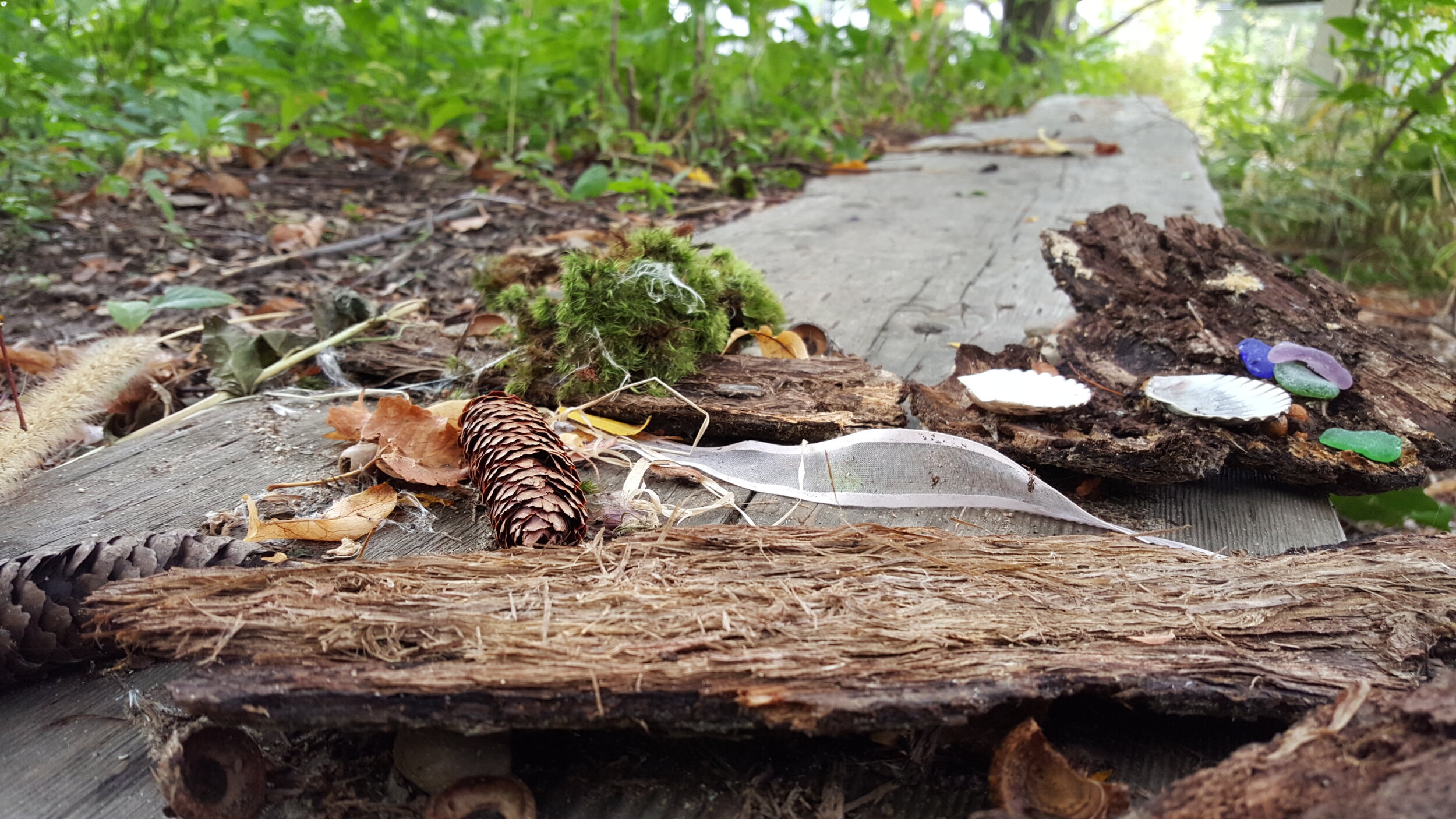
A quarter-acre gem nestled in Union Square, Somerville, SCGC was created as an "urban oasis" for environmental education, community gatherings and cultural performances. Hand-made by the community over 25 years, key utilities and infrastructure have outlived their years. See site map and history here.
In the Fall of 2014, Harvard Landscape Architecture professor Niall Kirkwood contacted Harvard Graduate School of Design alum Eva Leung (part of Terra Cura family!) regarding design assistance to bring the infrastructure up to speed for future generations. The City of Somerville was launching its first round of Community Preservation Act funding for FY15, and SCGC had a short window to prepare a grant proposal. Fast forward to 2019, after three rounds of Community Preservation Act funding [2015, 2017, 2018], numerous public hearings, design sessions, educational workshops, Terra Cura, along with over a hundred neighbors and city officials, celebrated the center’s official reopening on June 22.
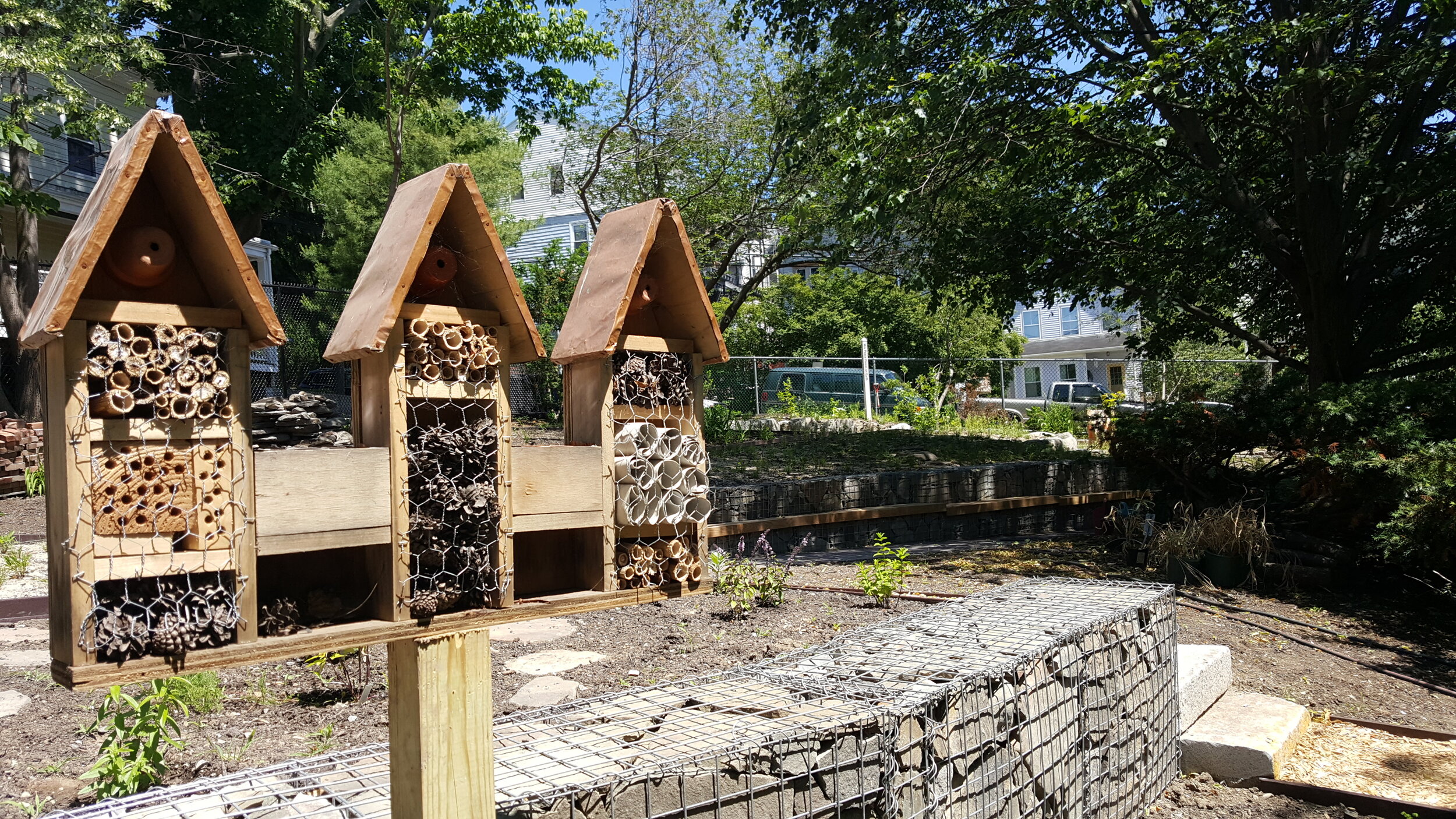

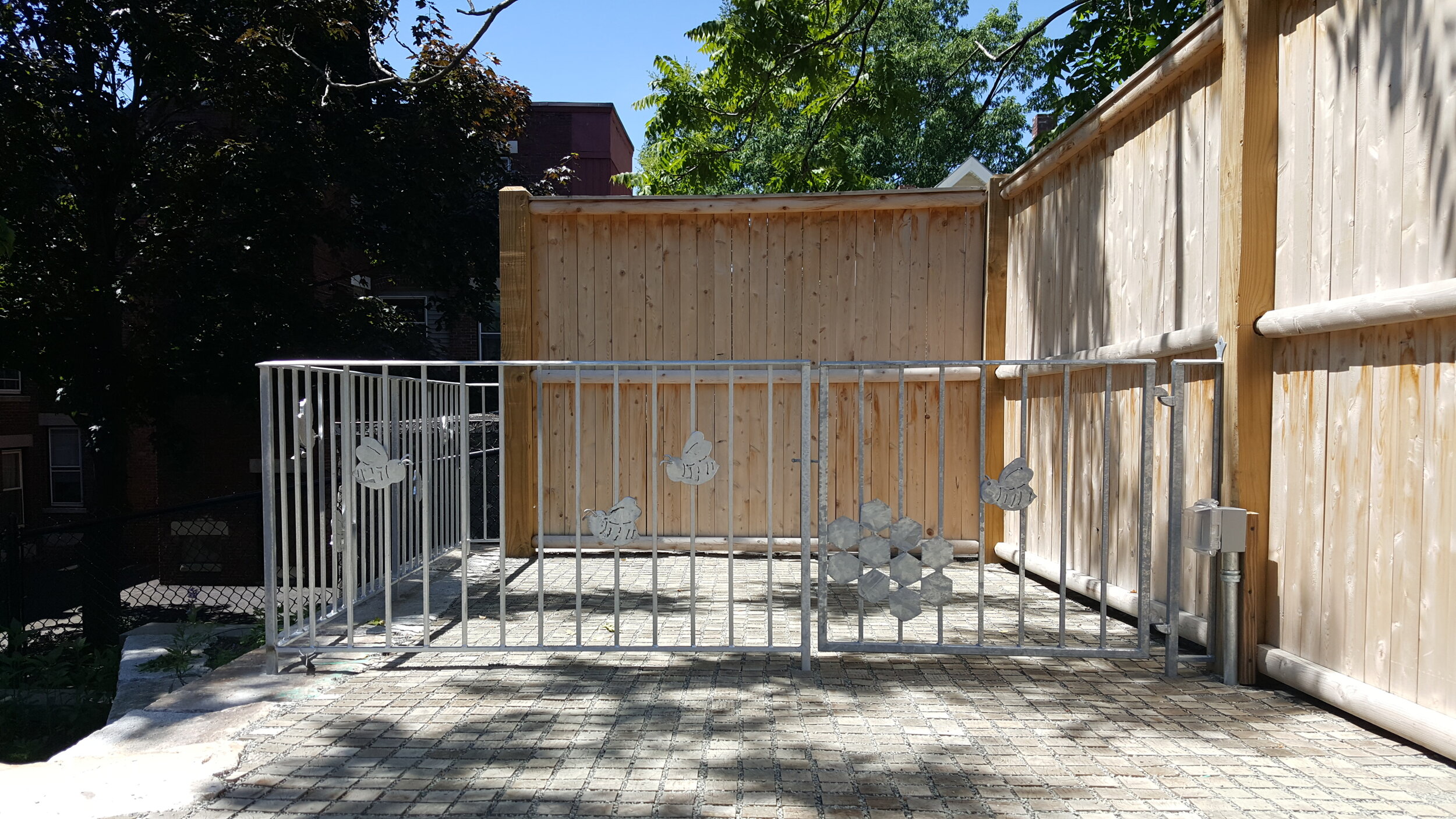
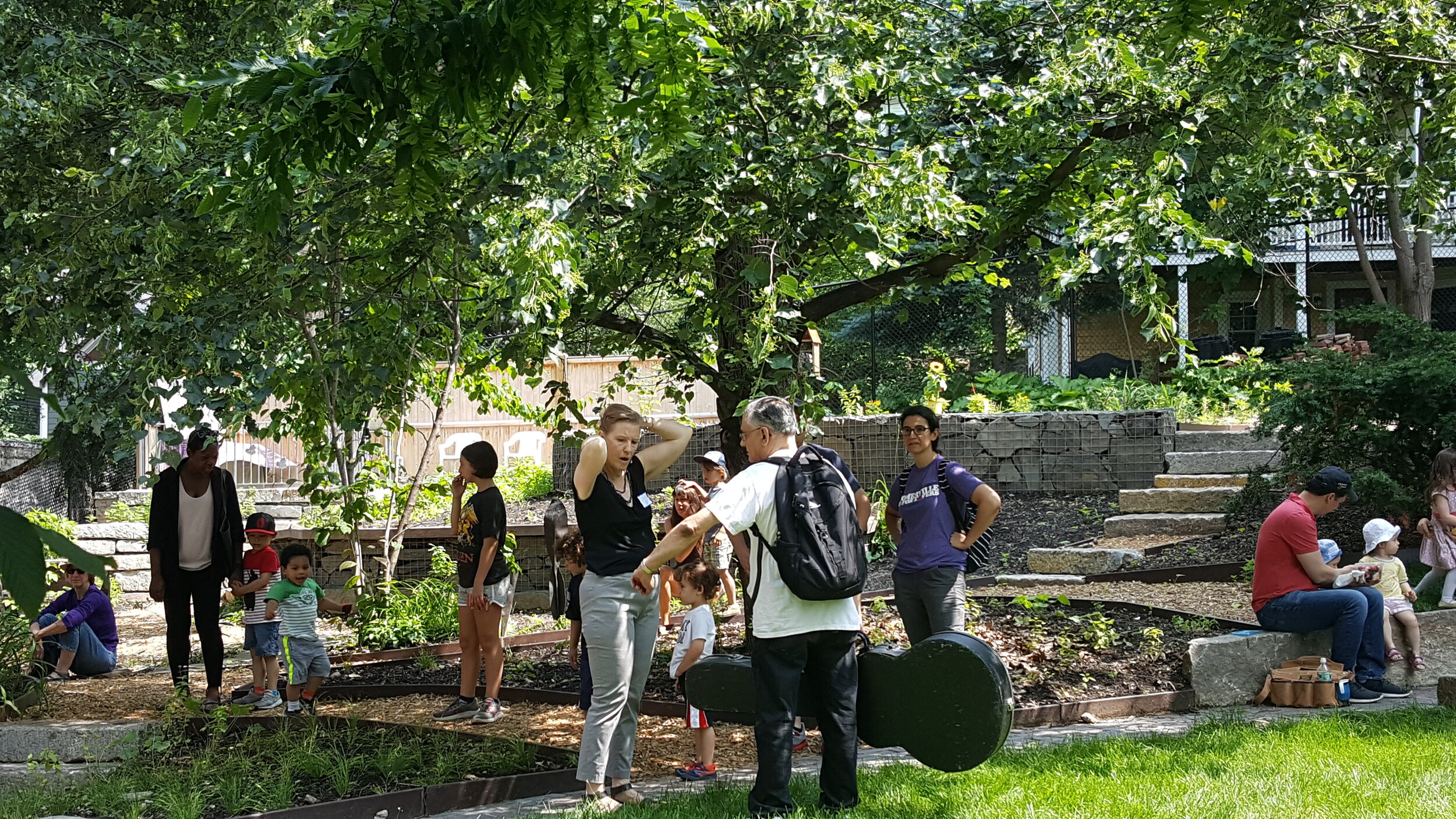
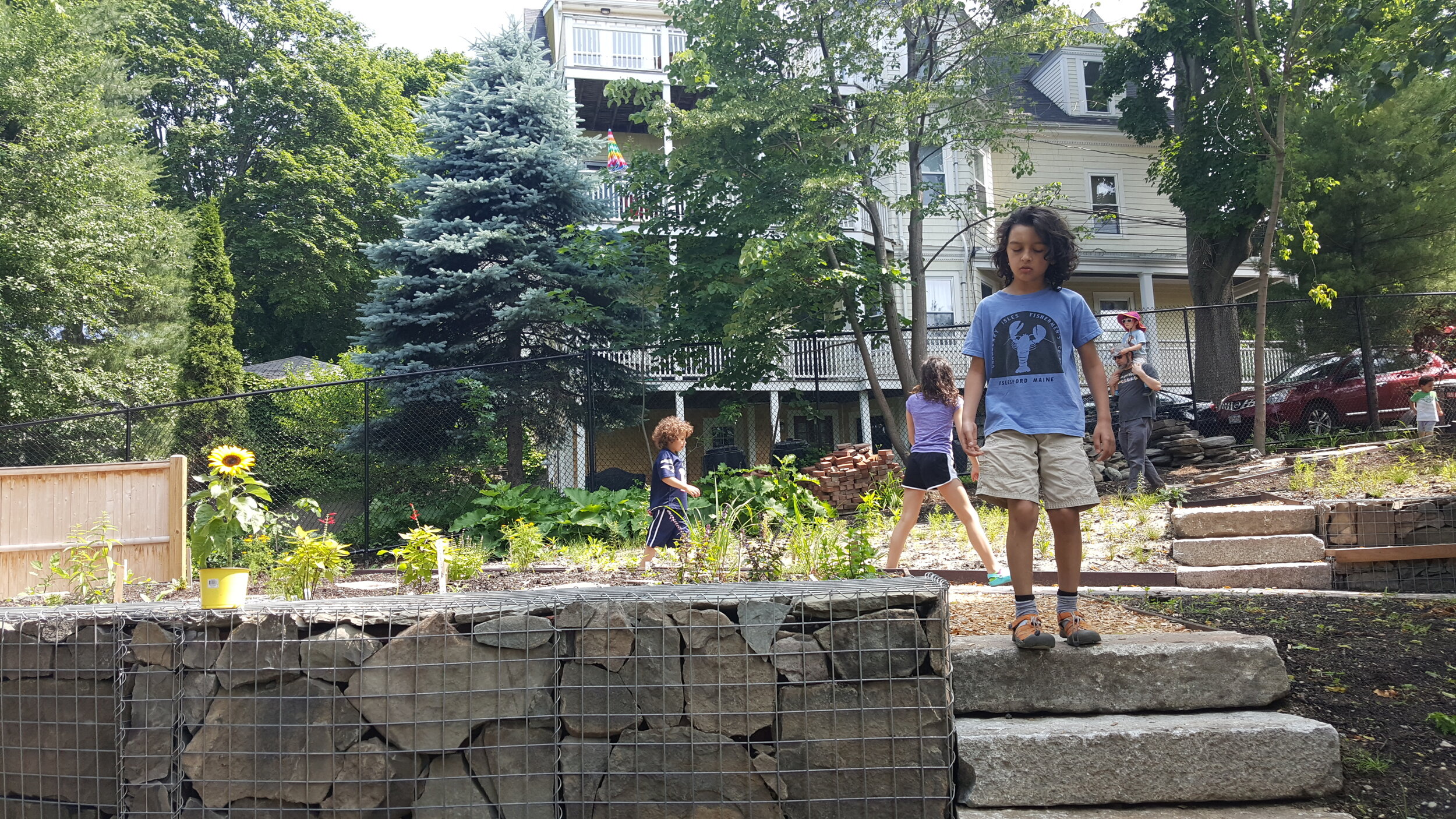

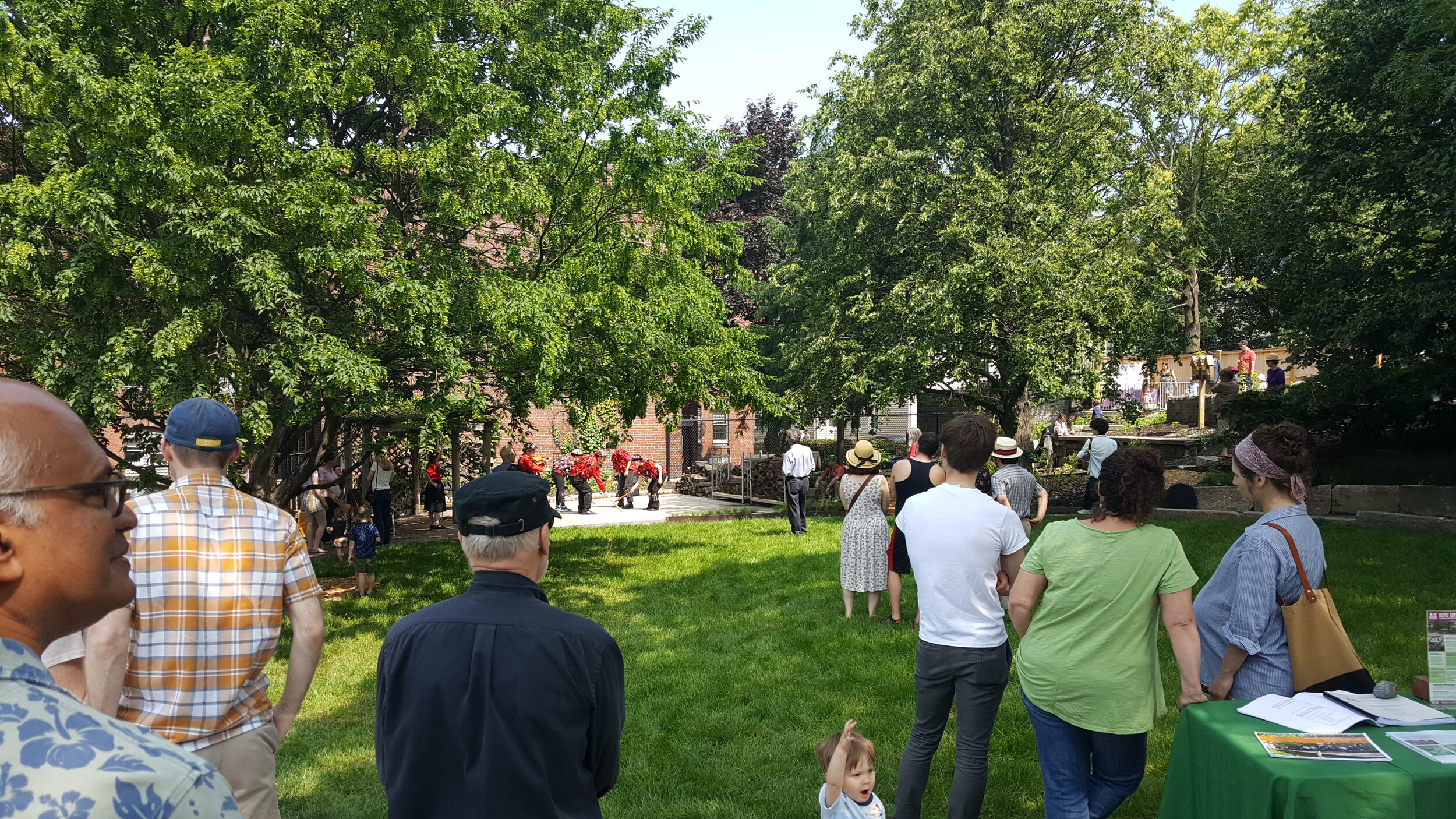
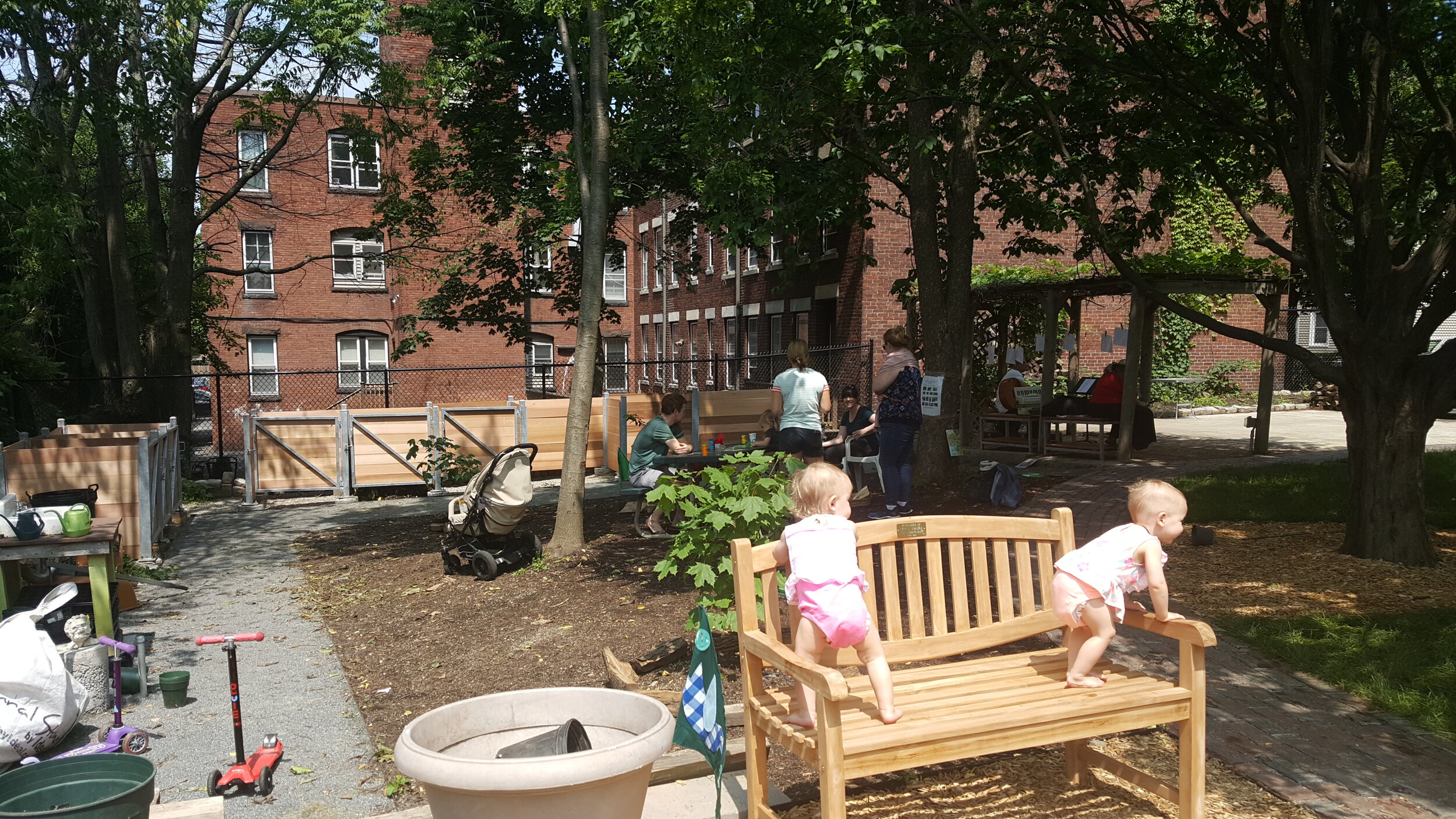
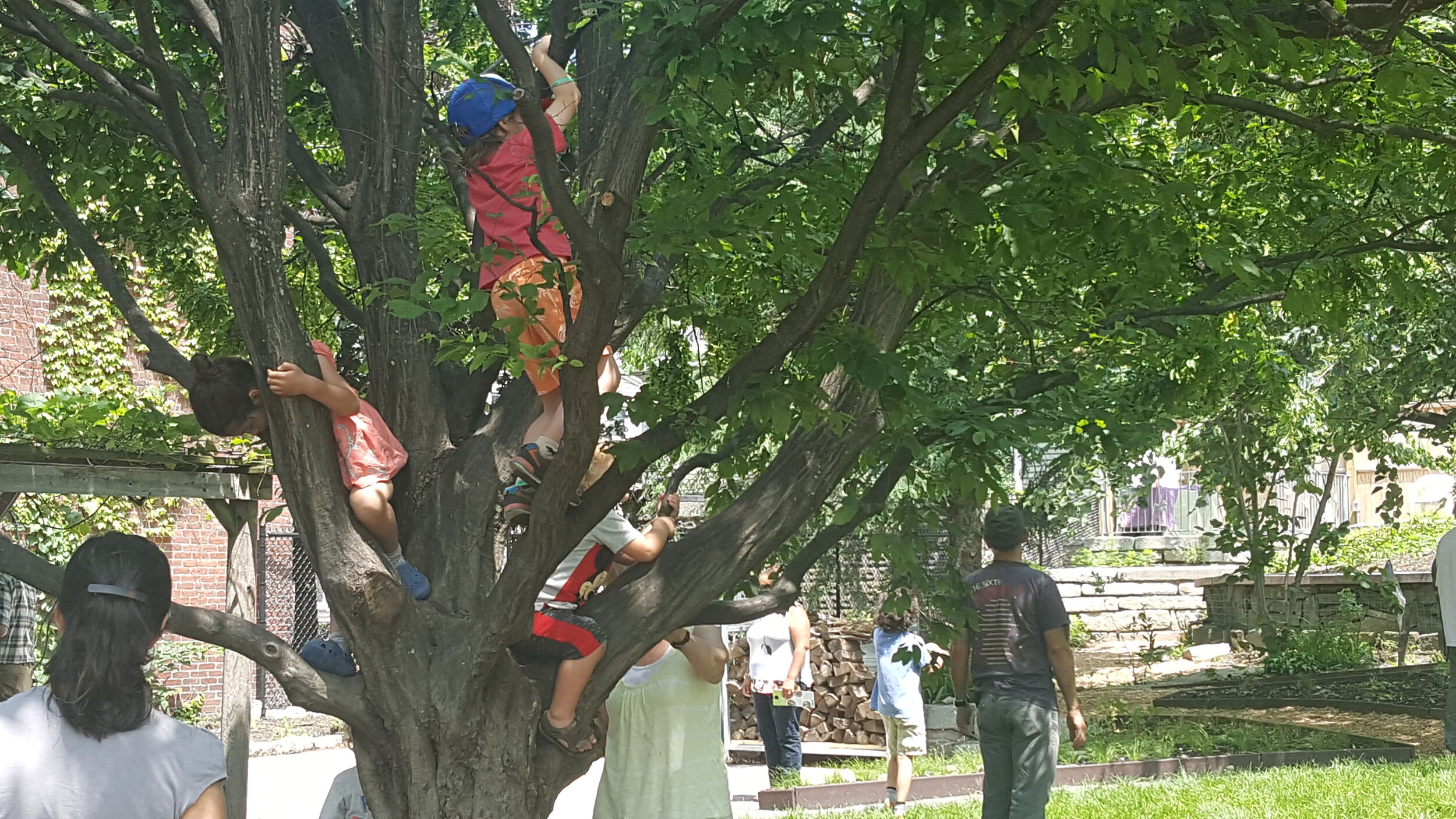
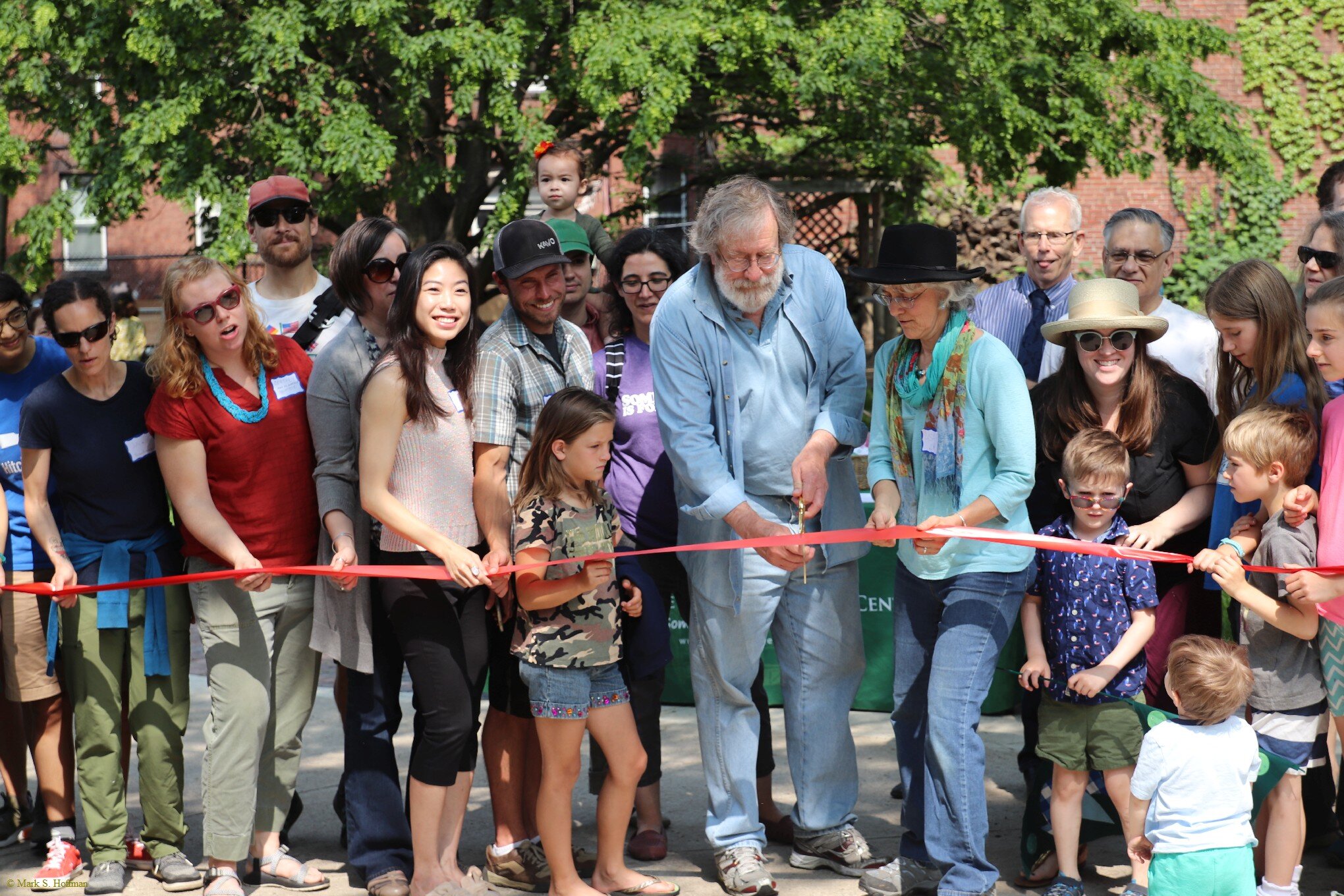
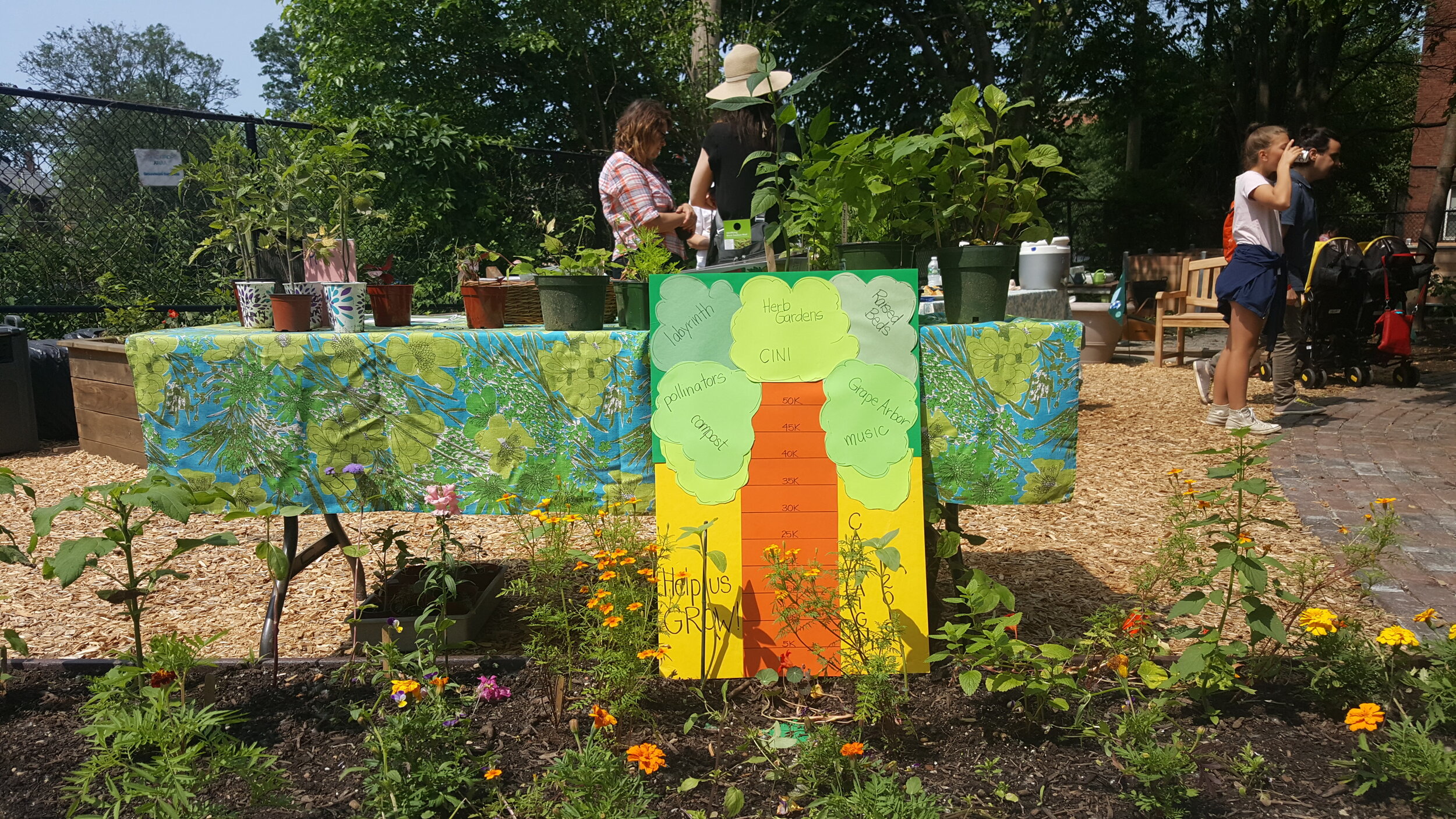
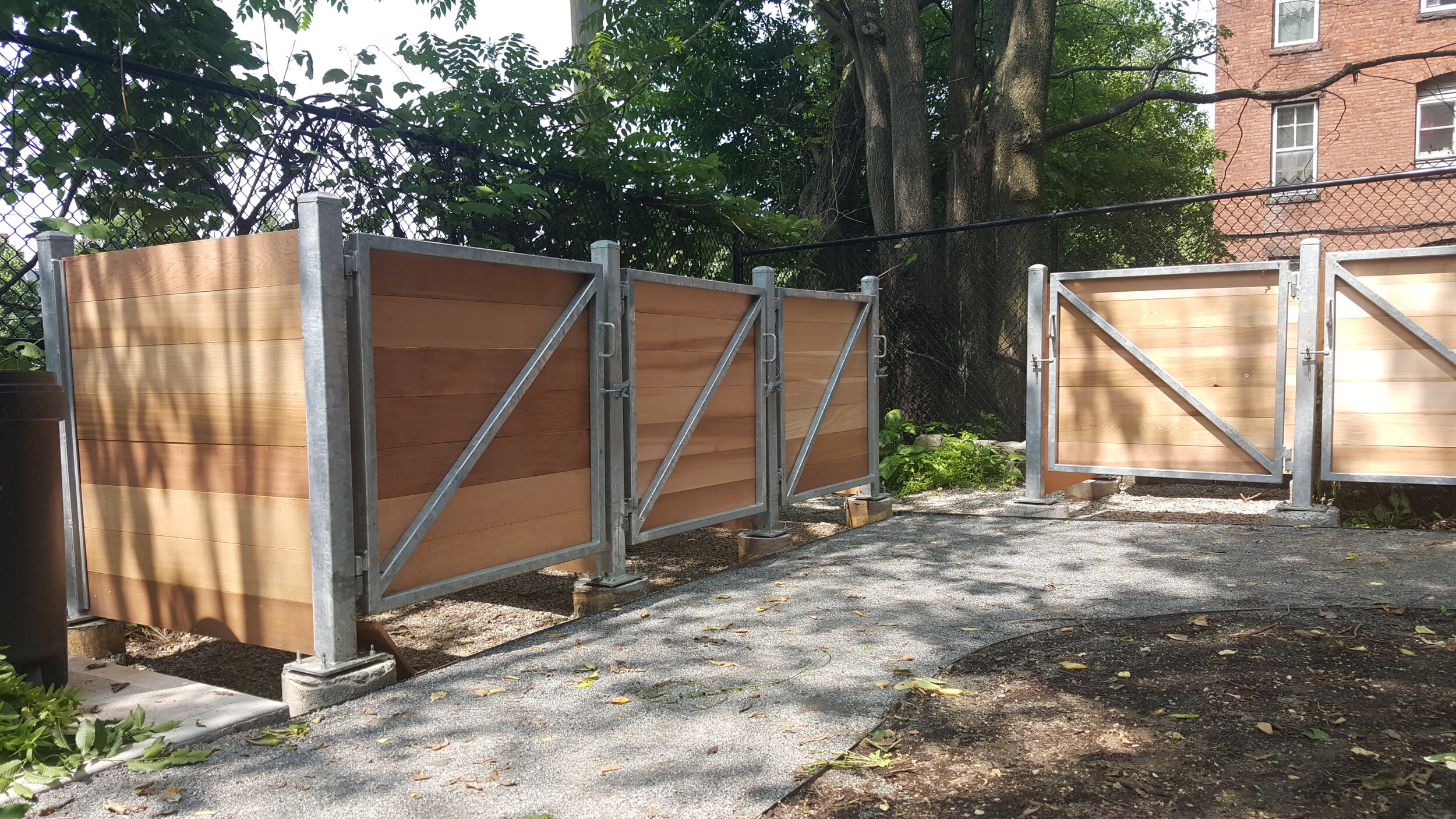
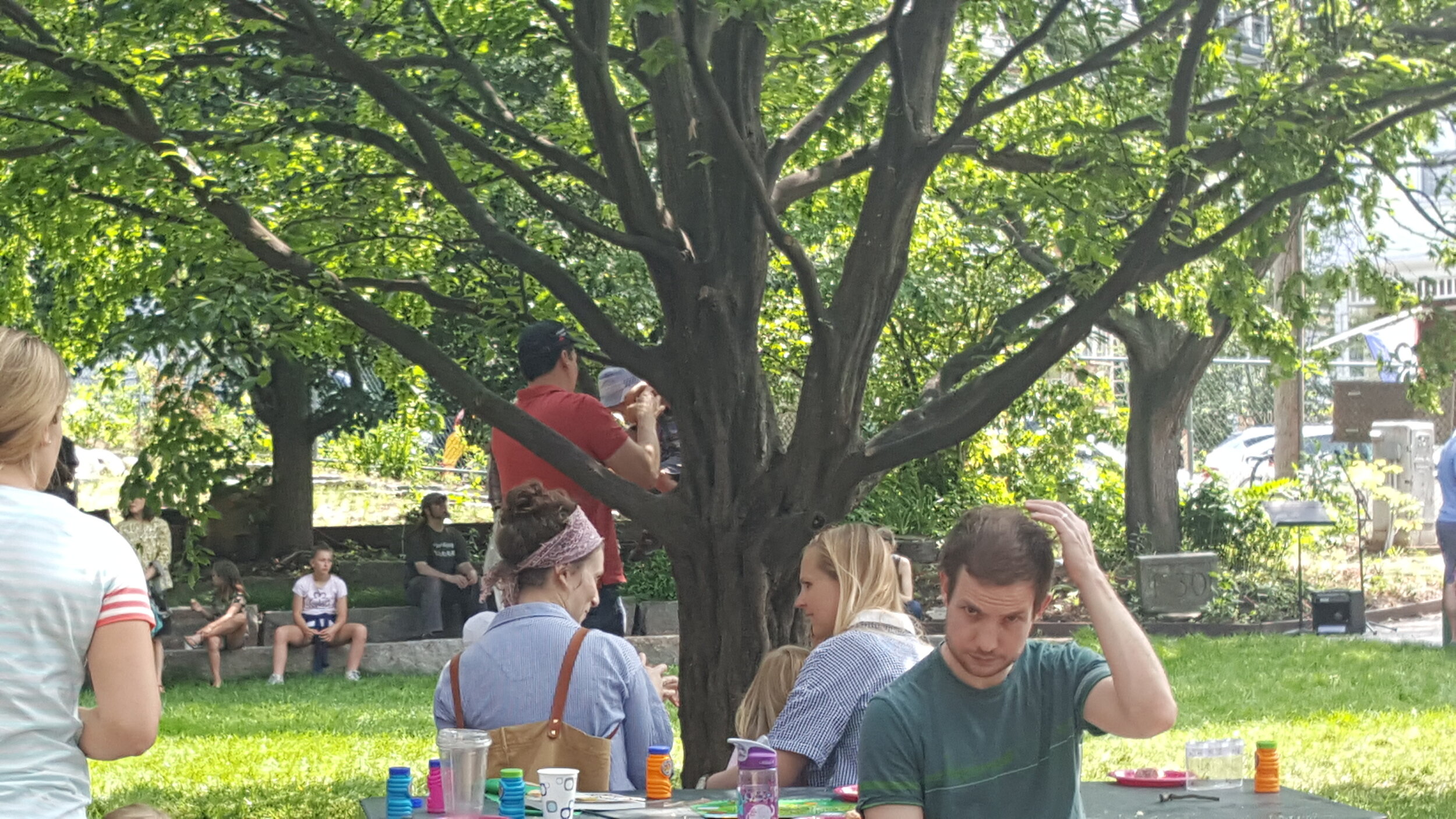
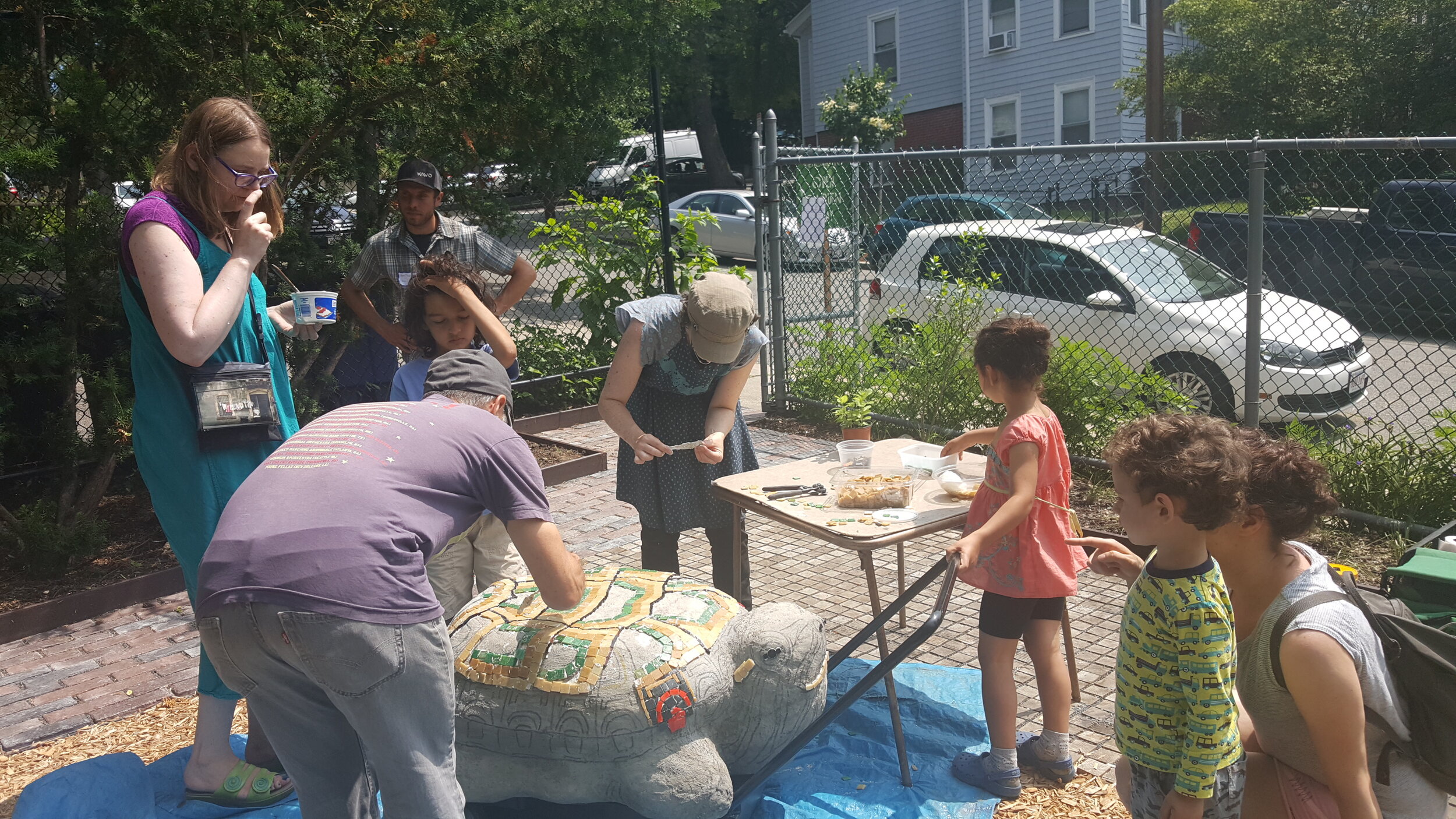
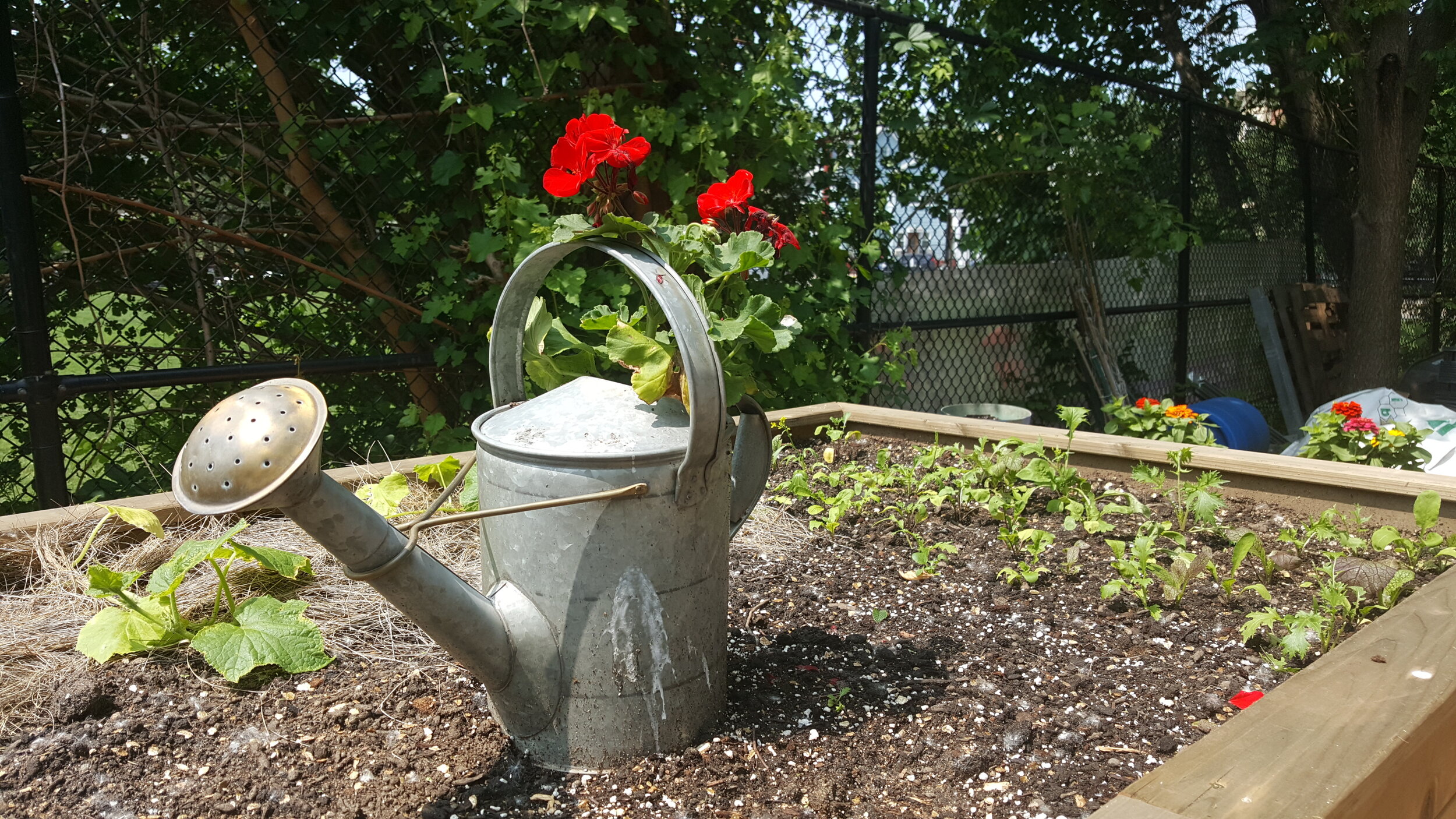
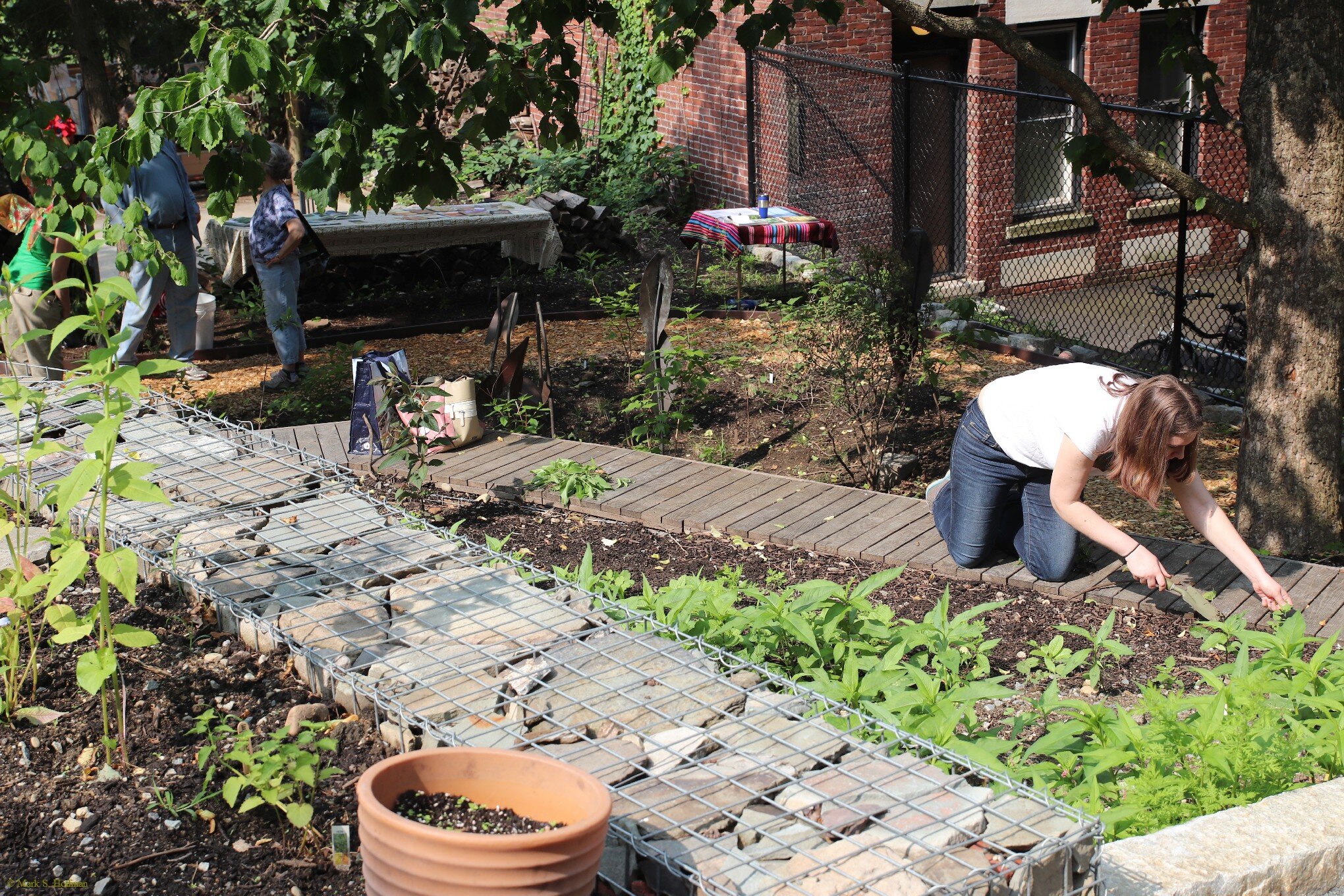
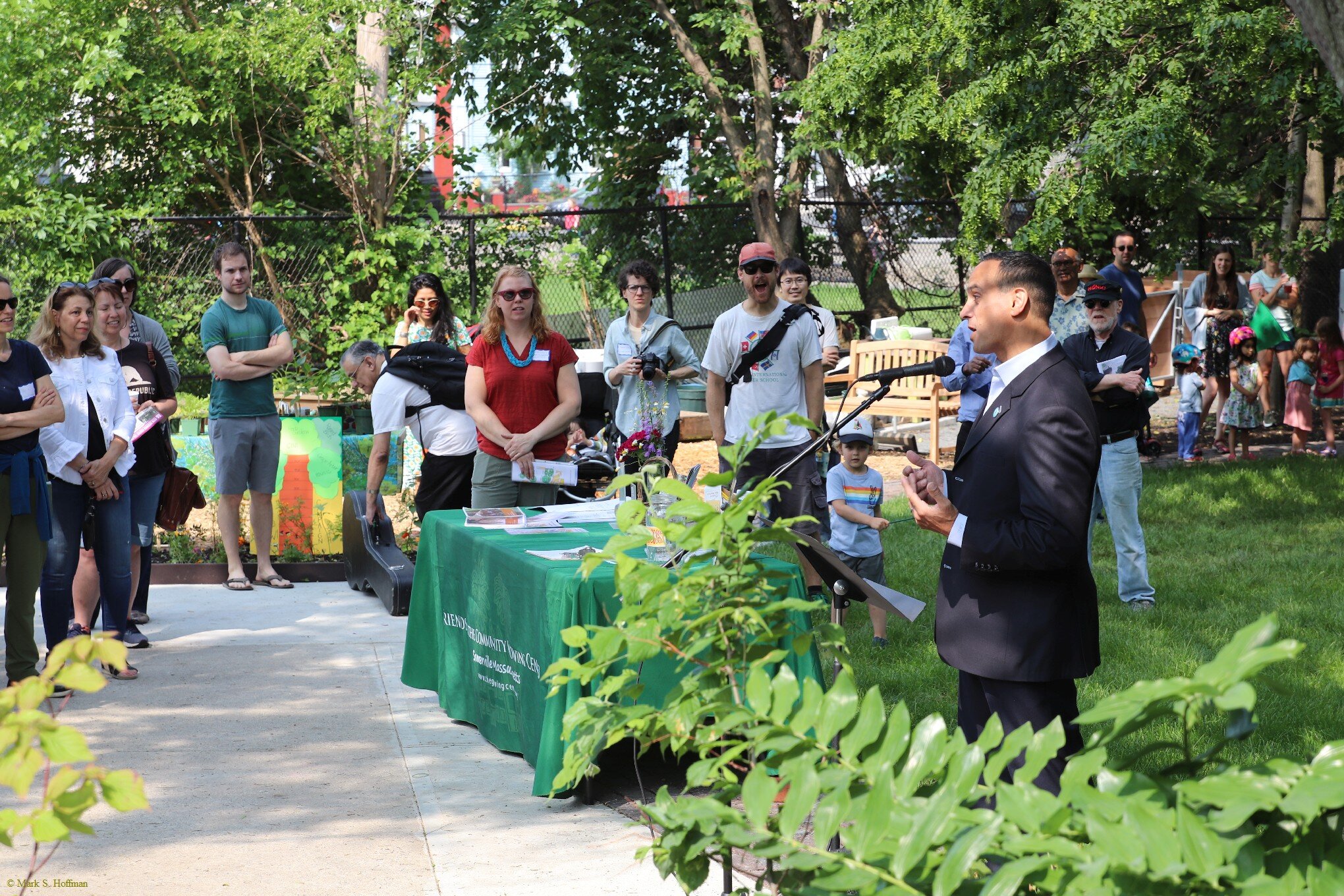


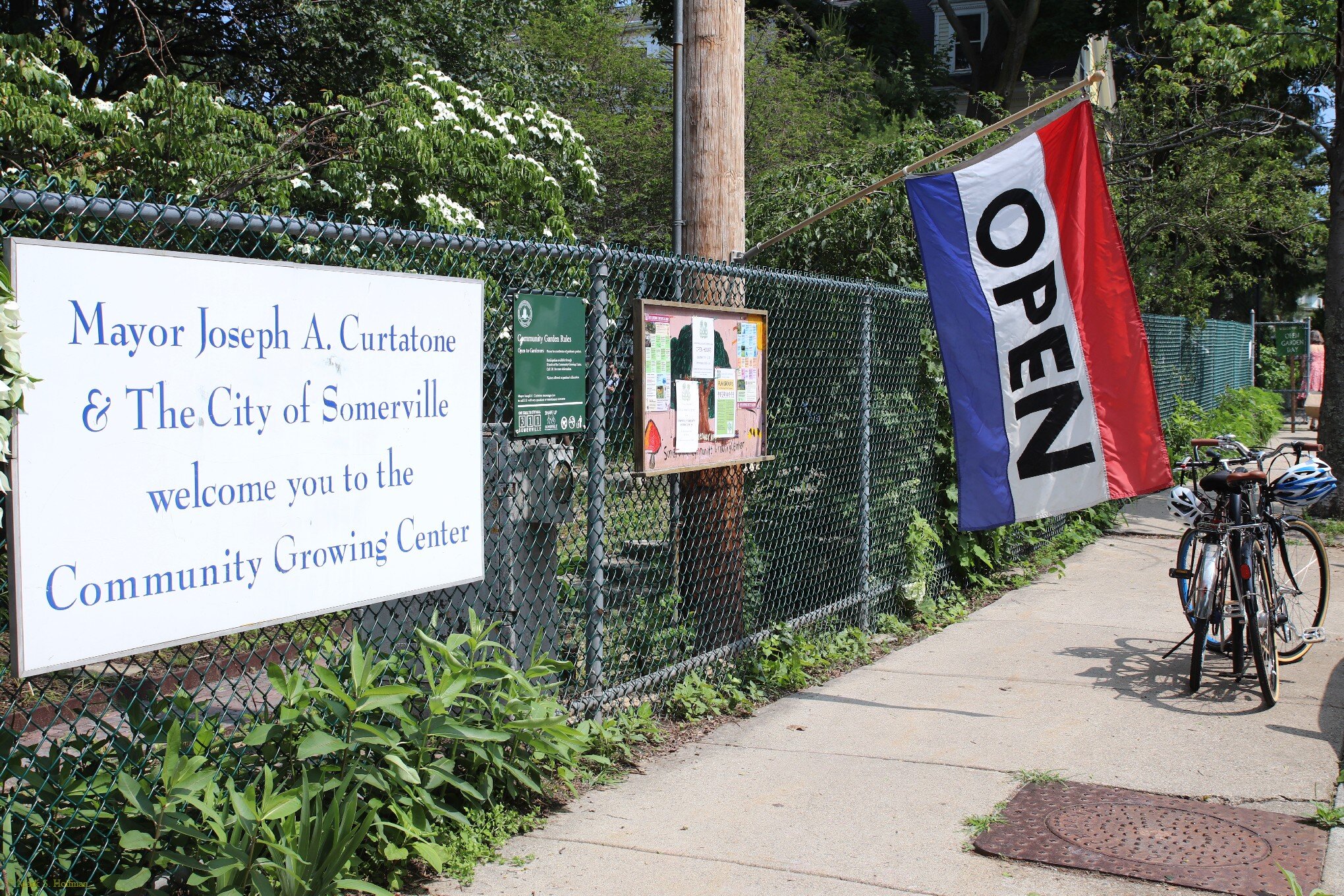
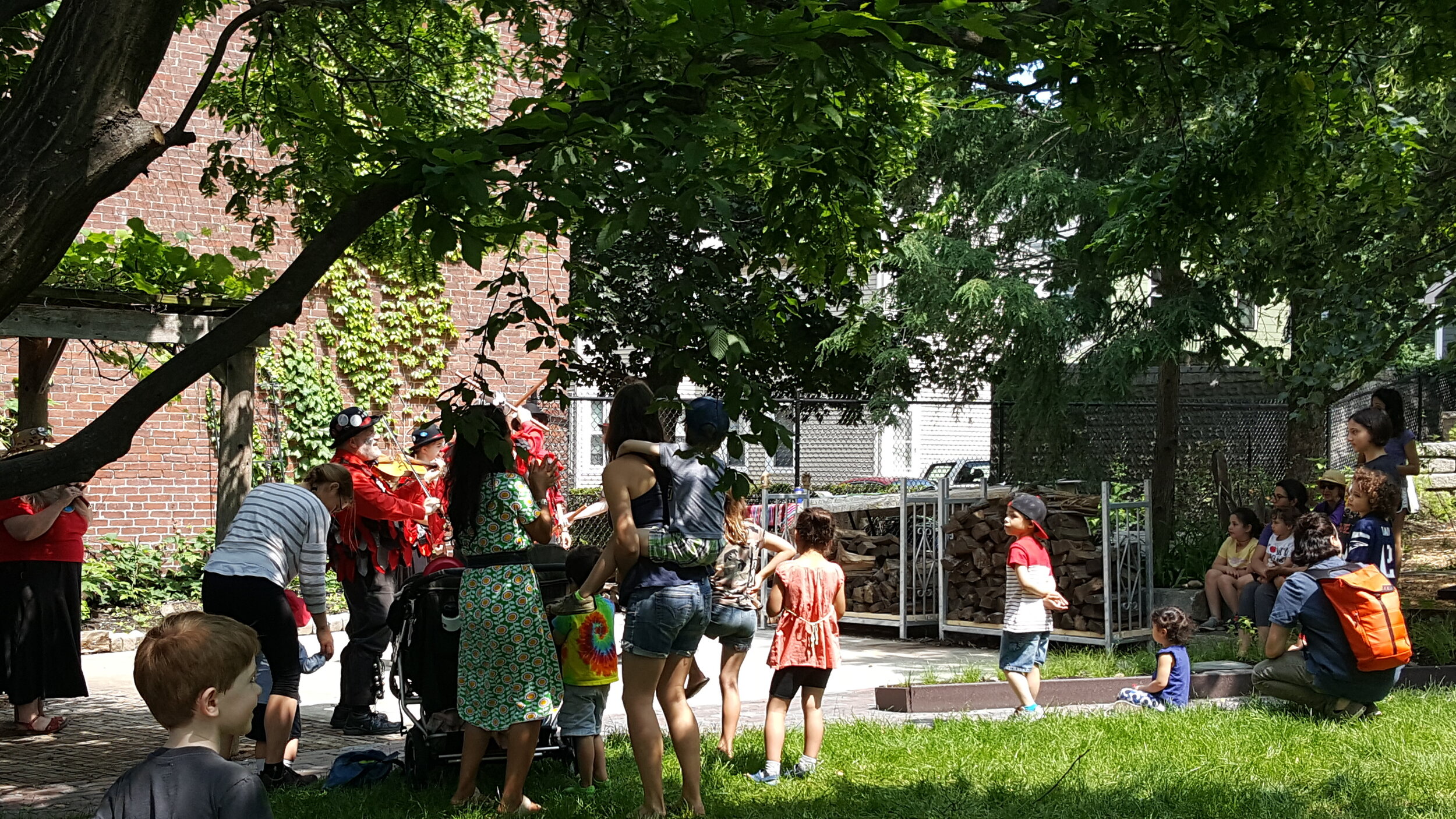
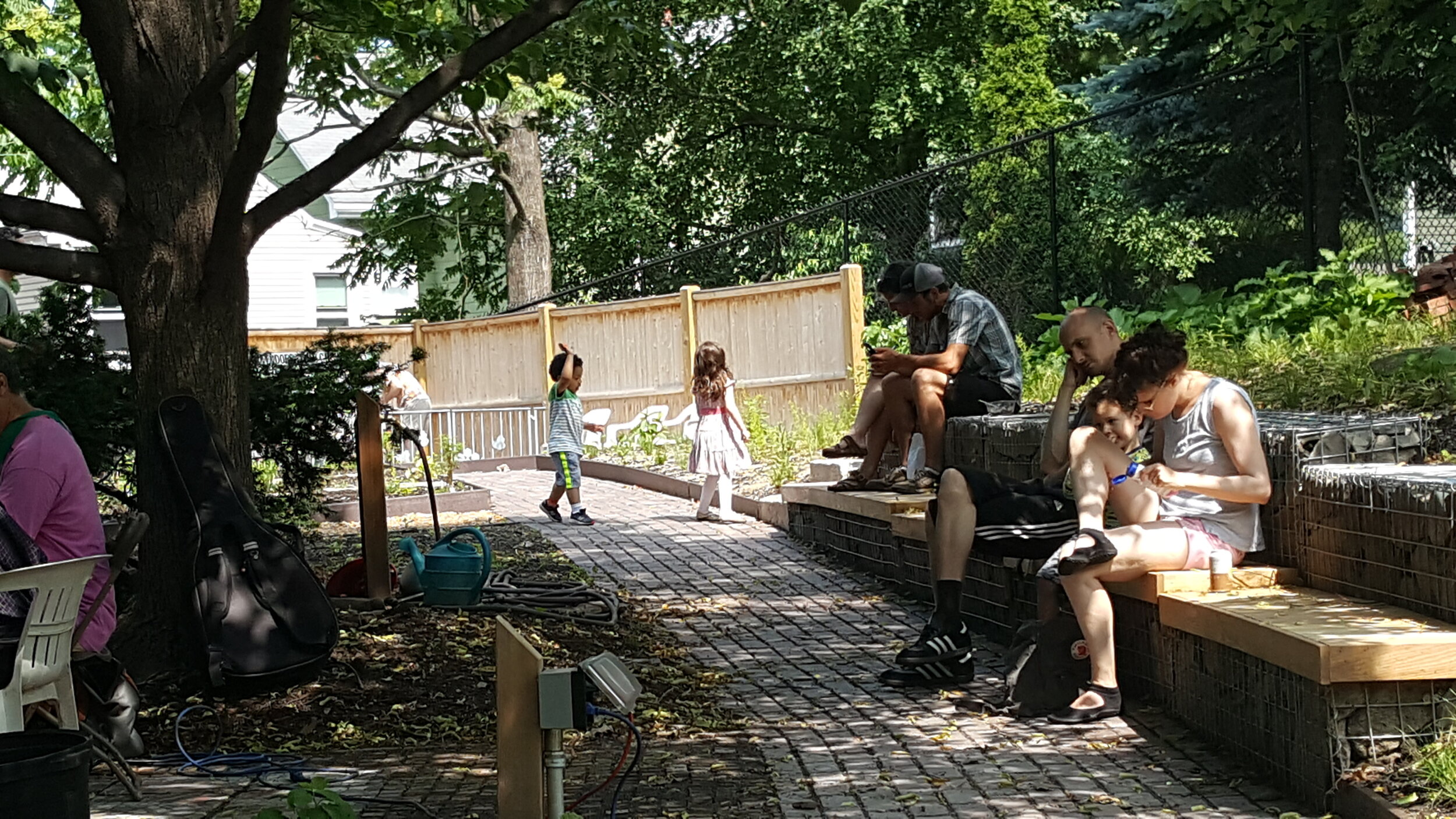
seeing potential beyond function
As our team address functional upgrades, we ask ourselves — how can we learn to design in a way that can truly capture the spirit of the people and place? What potential, waiting to emerge, are we designing towards?
To do so means we cannot simply problem-solve the site like kit-of-parts of a machine. It requires conscious effort to sense the center as a living being, not unlike getting to know a friend. In other words, knowing this place goes beyond recording data, sun and shade patterns, soil testing etc., it requires us to tune into qualitative appreciation. Why is this place loved by many? What is so special about her? After all, one does not get to know a person by studying their DNA and organs. We develop a relationship by how we feel about them, by observing how they interact with the world, over time. Think dating!
design from essence understanding
Somerville Community Growing Center builds healthful community through programming that supports eco-social literacy, art and diversity of culture. It is easy to “categorize” her as a recreational open space. But that would flatten her uniqueness. One could say her essence lies in making peaceful aliveness accessible. Through enjoyment, celebration and learning, it offers many avenues for people to revere life. Most come here intentionally — both out of curiosity and as long-term volunteers, taking re-creation to a much deeper level. This reverence is sustained and transformed by on-going programming, growing a quiet remembrance of kinship to all life.
Who are we serving? What energy are we HARNESSING?
While it is obvious that our stakeholders are residents of Somerville and nearby city dwellers, we can also see how residents are connected to other nested systems that interface regularly and purposefully with the center. This include the educational field — students and teachers from elementary, high school, colleges. Environmental groups and organizations at city, regional, national scales — from Somerville Garden Club, Green City Growers, Somerville Urban Agriculture Ambassadors, Groundwork Somerville, Community Cooks, Terra Cura (woohoo!), Soil4Climate, Cambridge Health Alliance, Native Plant Trust, YouthBuild/ Just-A-Start USA (just to name a few!).
Geographically, she is nestled within a collection of approximately 50 parks, ballparks, playground as well as 11 community gardens (urban agriculture focused) in Somerville alone. And the nested-ness goes on for the arts, social-justice, farm, local businesses, and governing communities.
Learning about these nested connections illuminates the center’s systemic potential. What is she influencing? How can we strengthen her able-ness to escalate positive change? What does she aspire to influence that is at the cusp of emergence? Why - and to what extent can the design of the place support that? How could we tell stories in a way that illuminates the viability and vitality of this gem?
Starting the conversation - building will
At the start of our engagement, the concept of Permaculture was quickly finding its way to mainstream beyond eco-conscious intentional communities. Living at the intersection of landscape design, soil regeneration, the food and agriculture community, Permaculture carries ideals that are highly relatable to the board (known as the Friends of the Community Growing Center) that is managing the site. It became a unifying entry point to start a dialogue, and a guiding concept for acquiring funds for phase 1 — engagement and design. Bear in mind Permaculture is an entry point, not an end product.



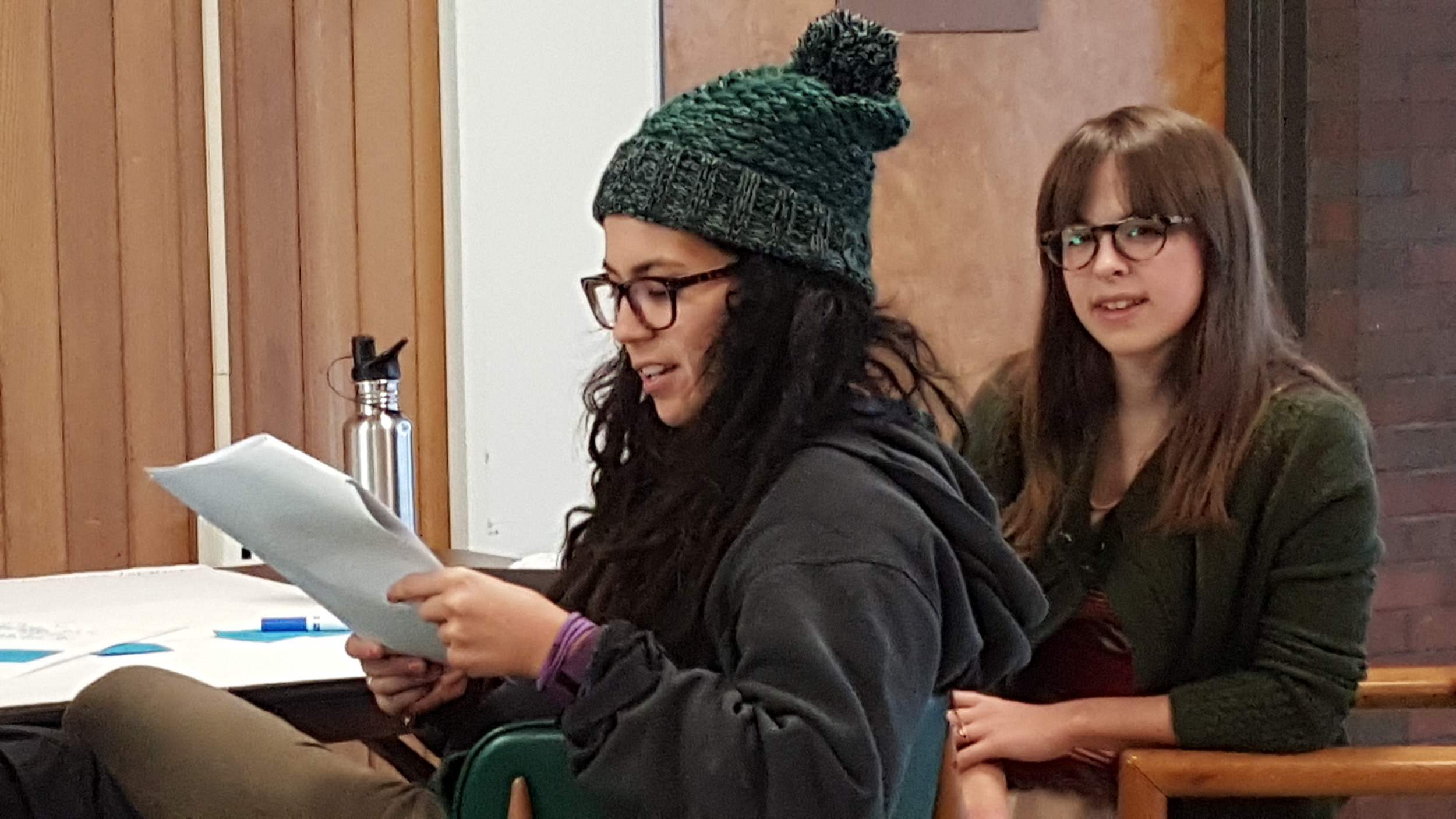
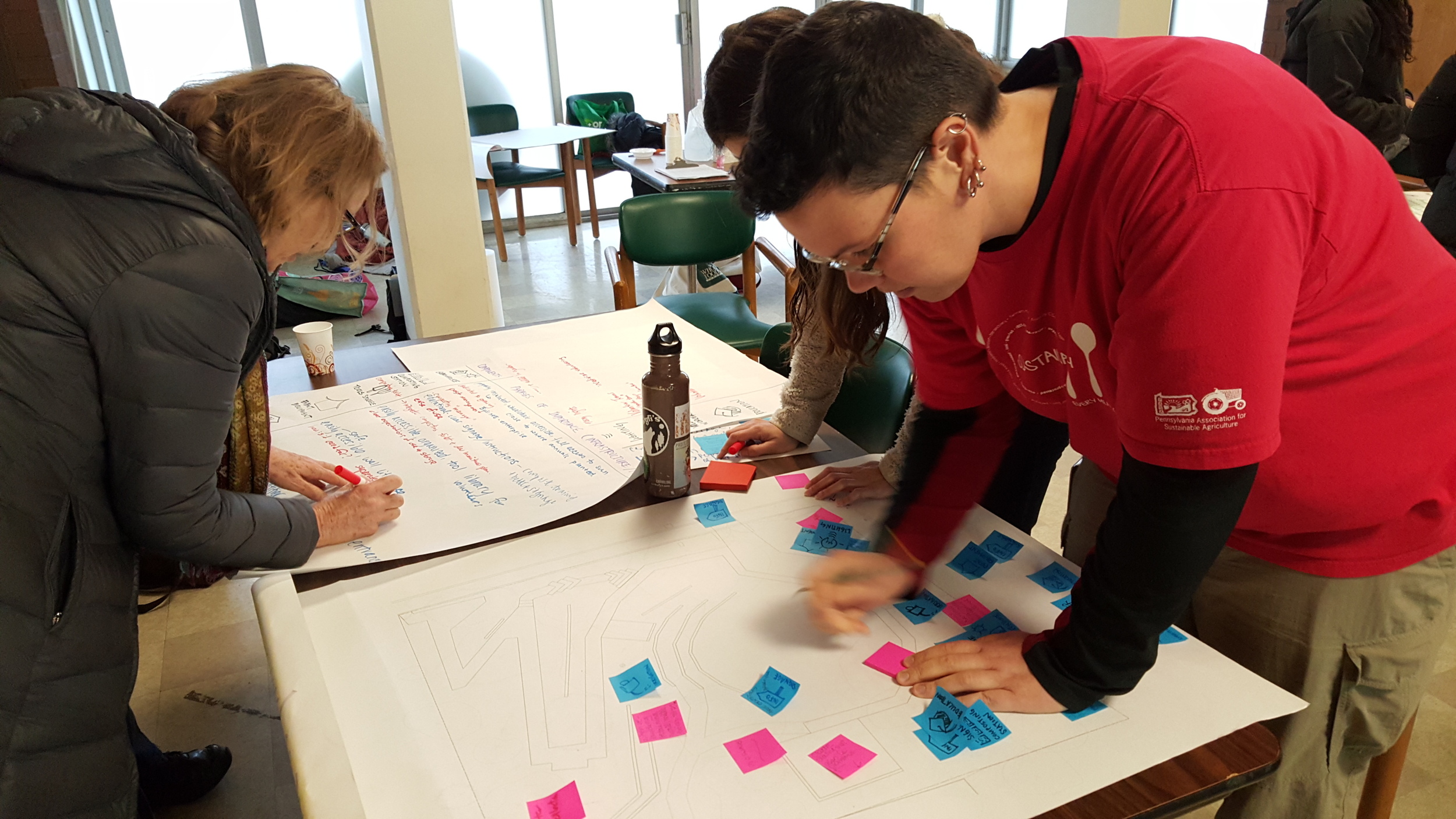
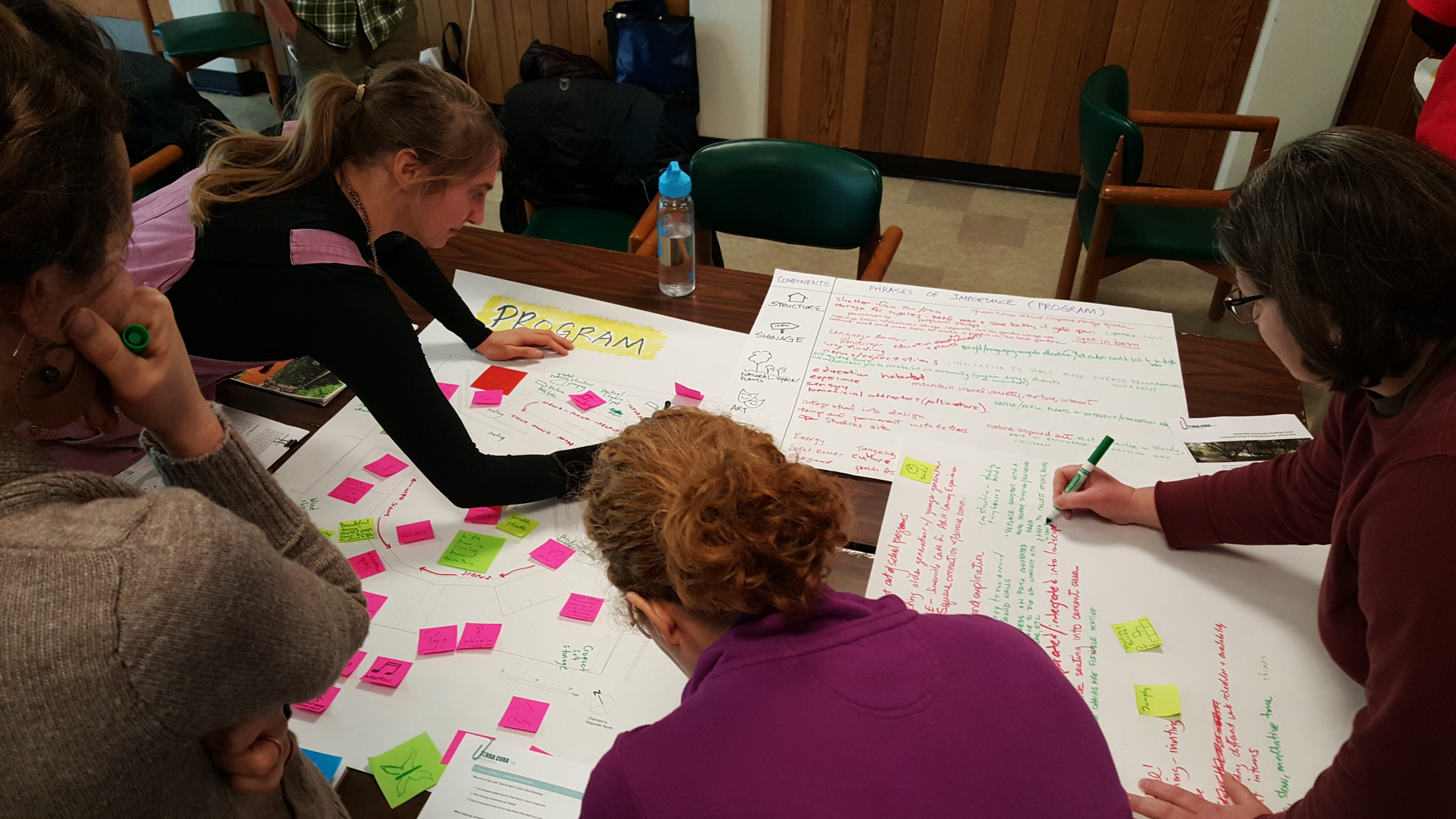
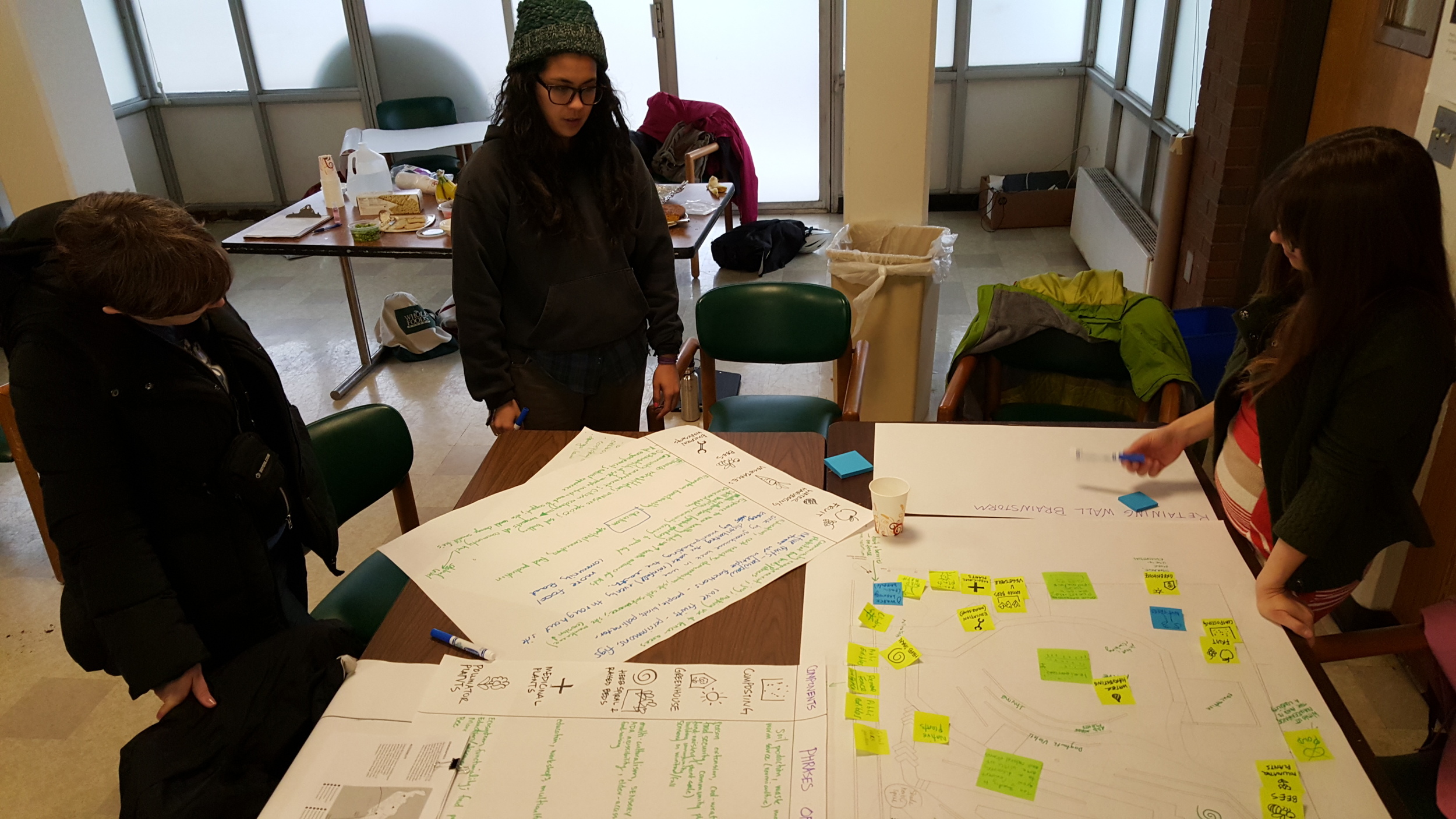
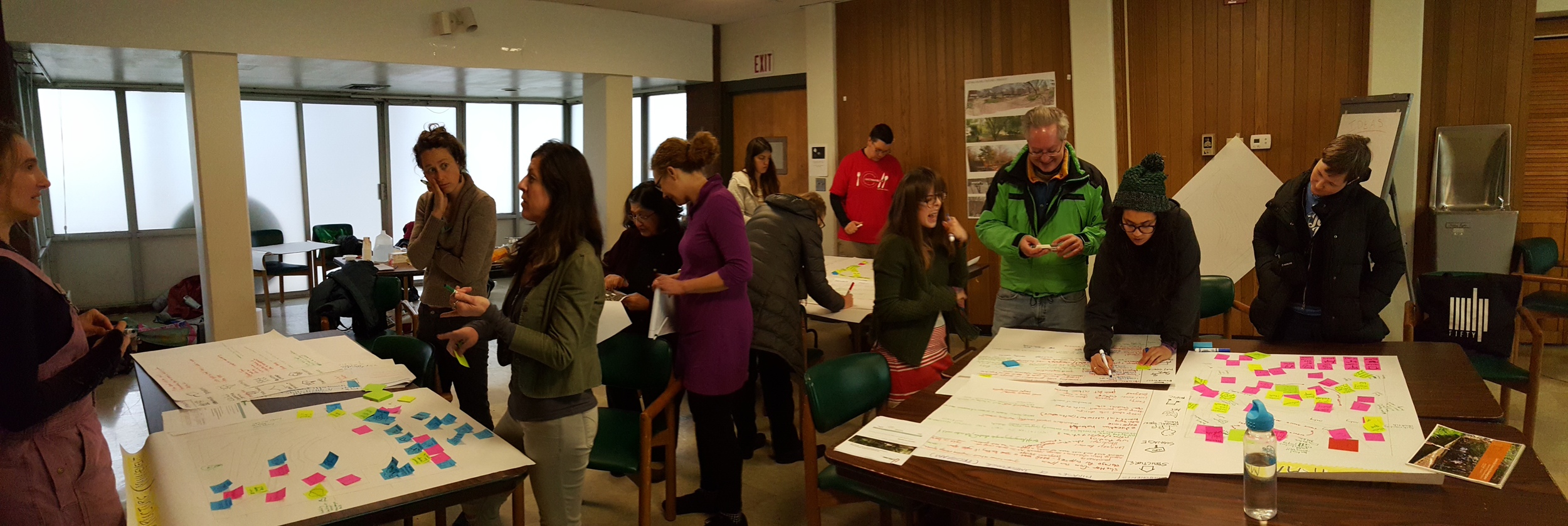
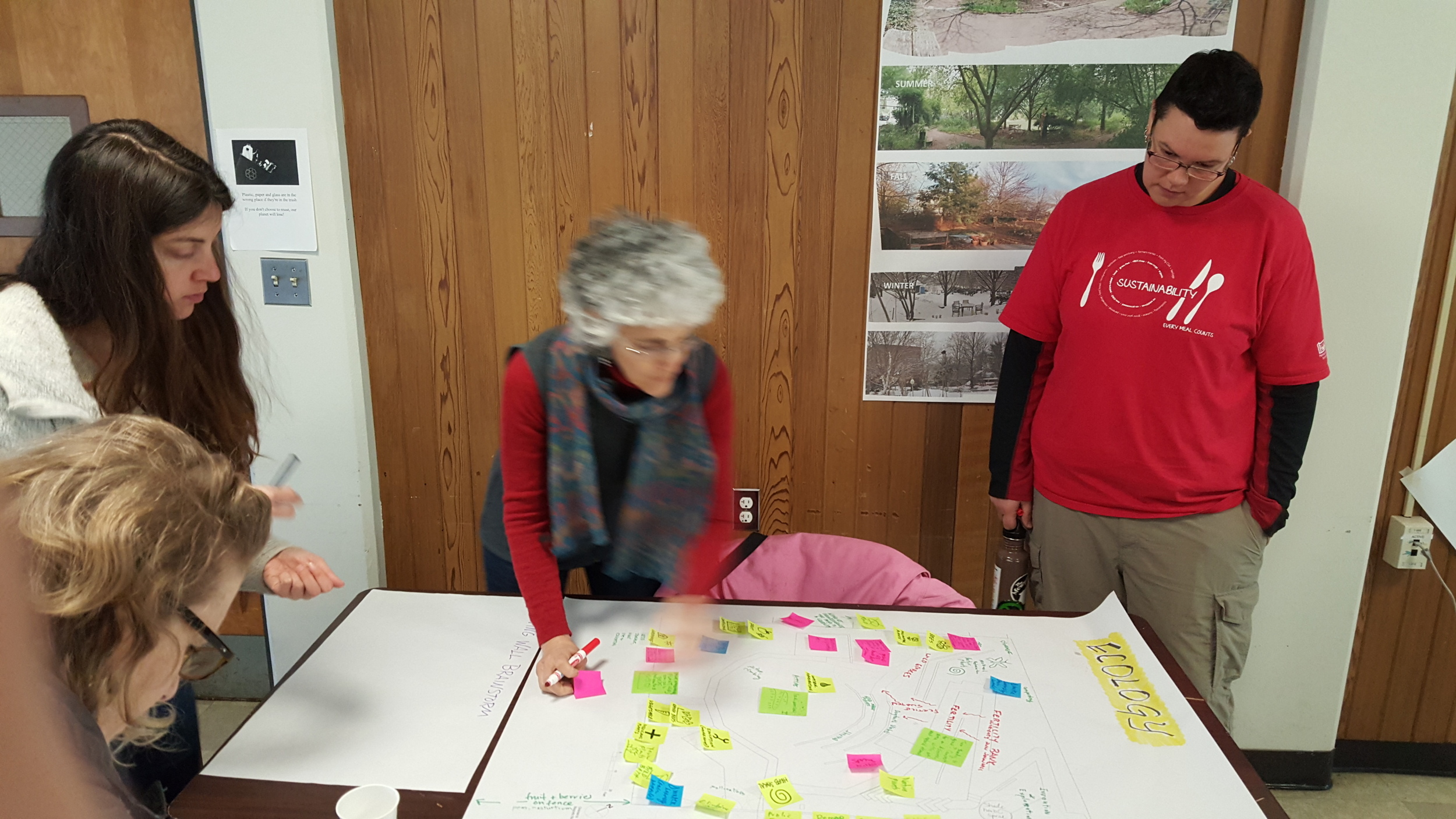
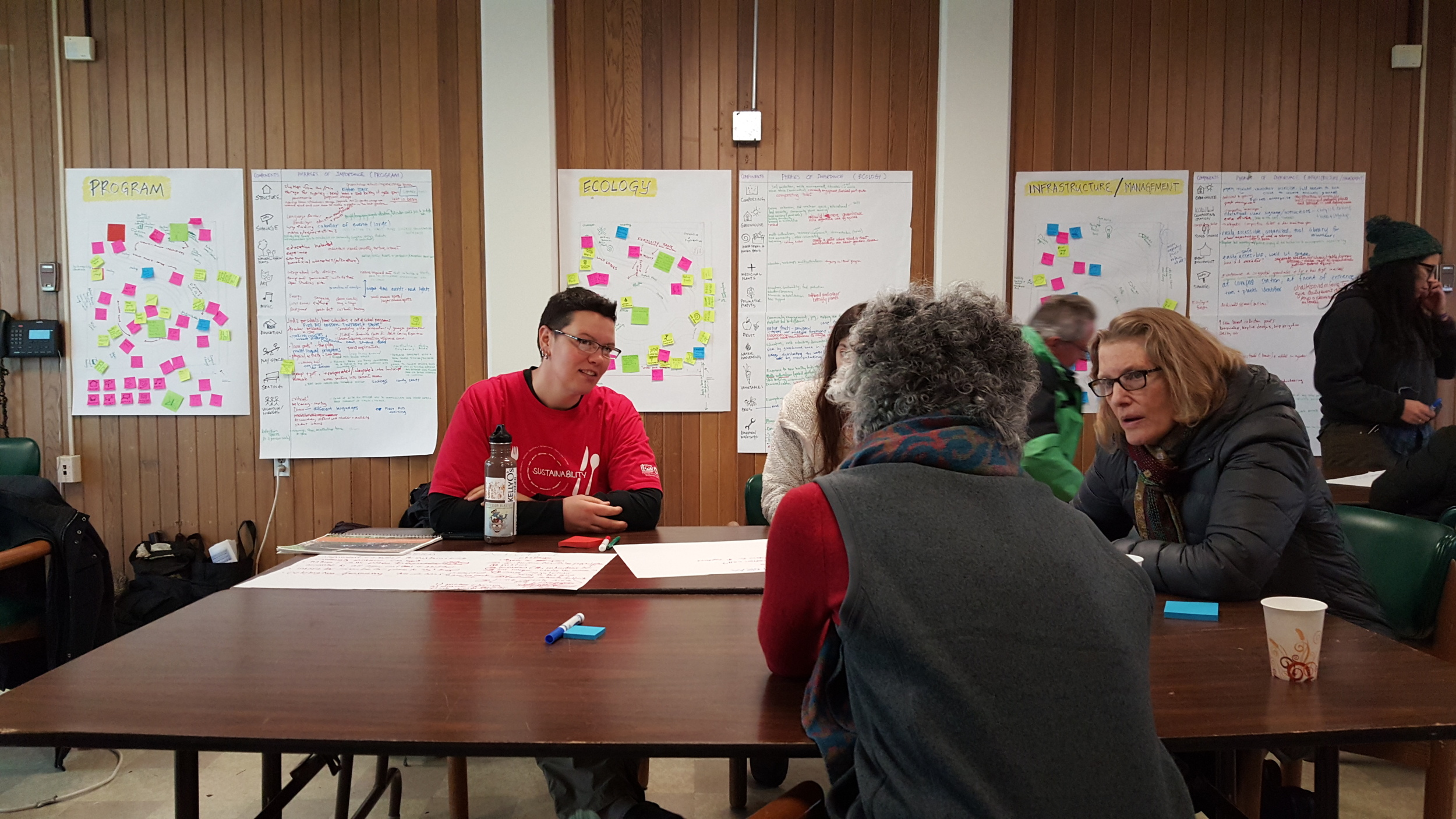
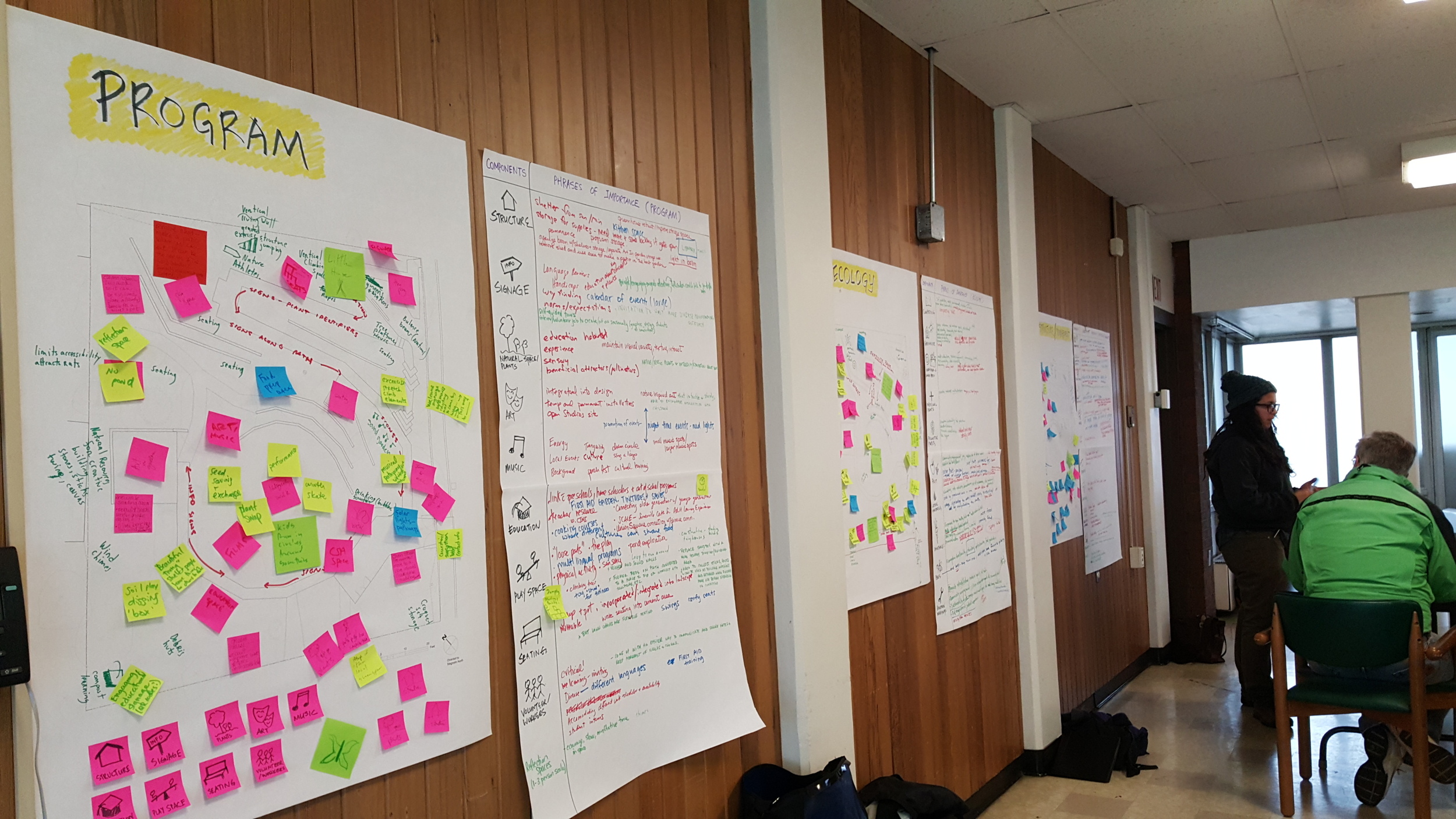
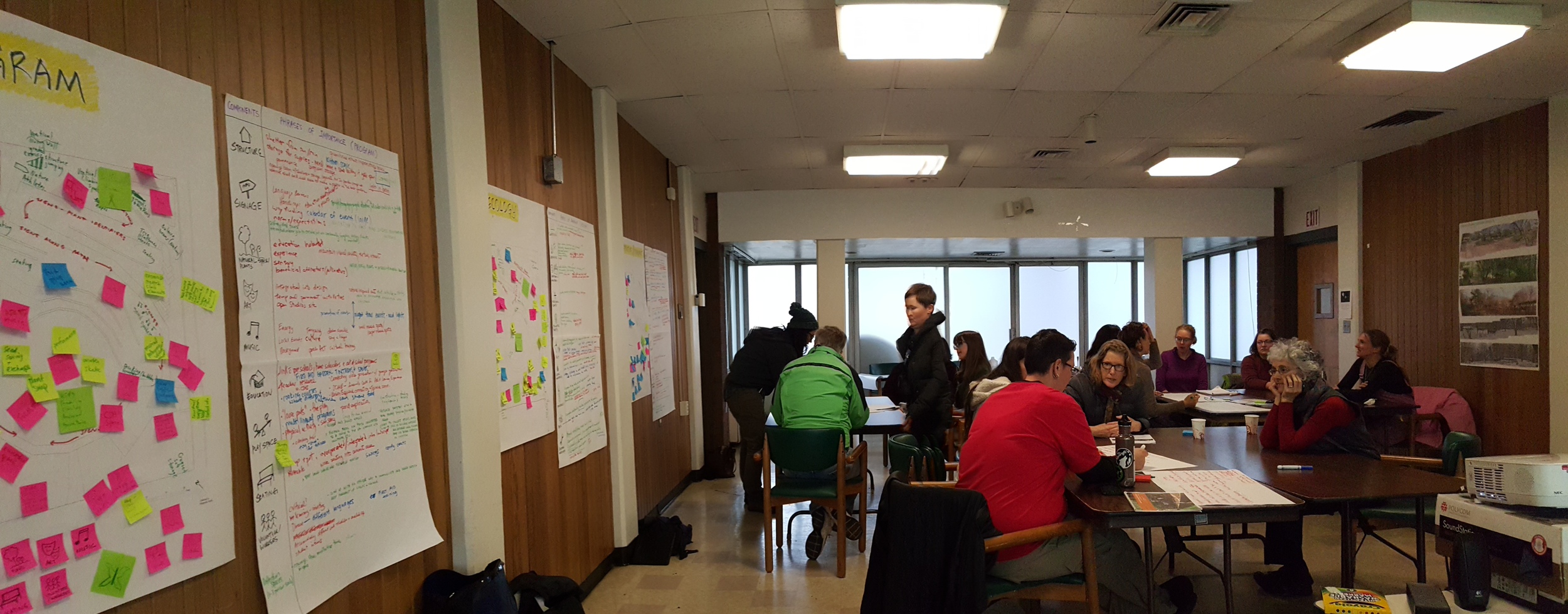
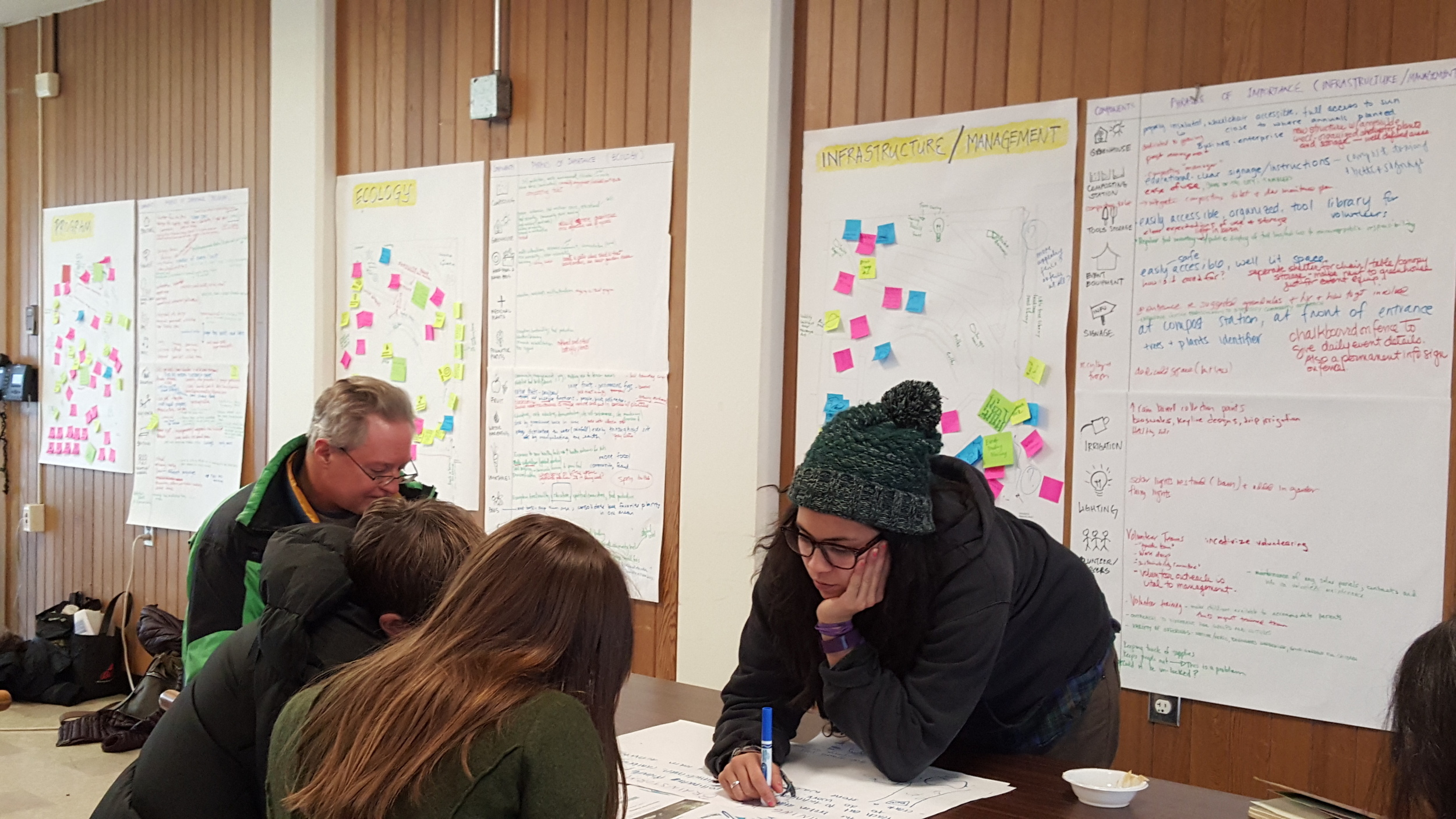
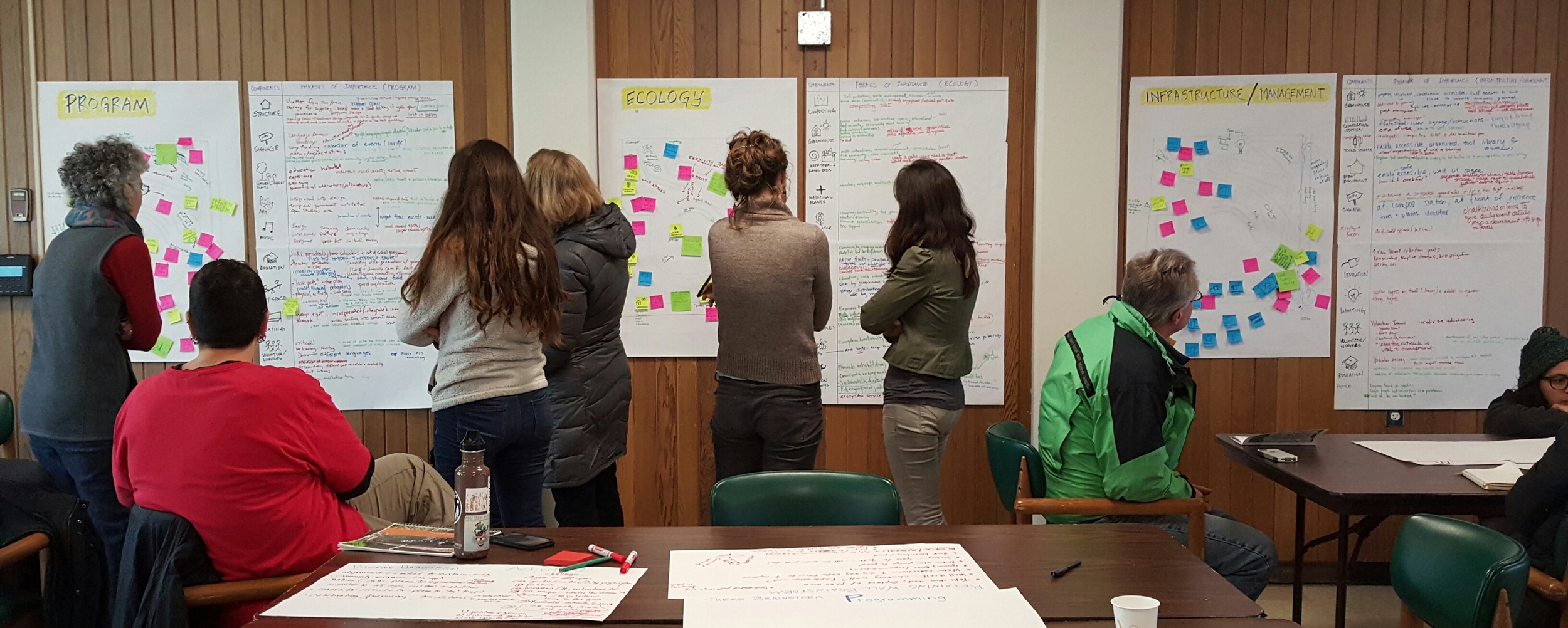
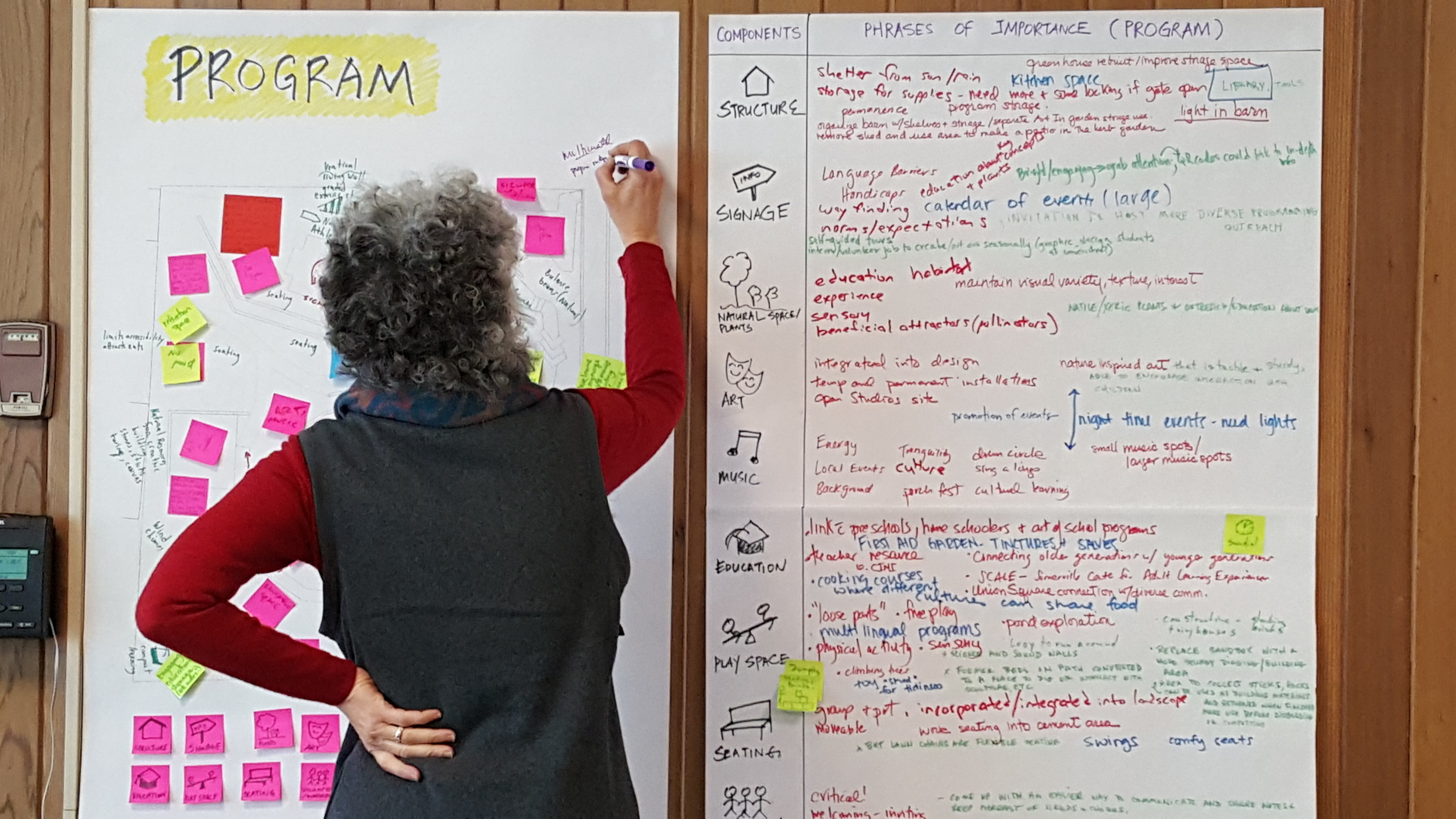
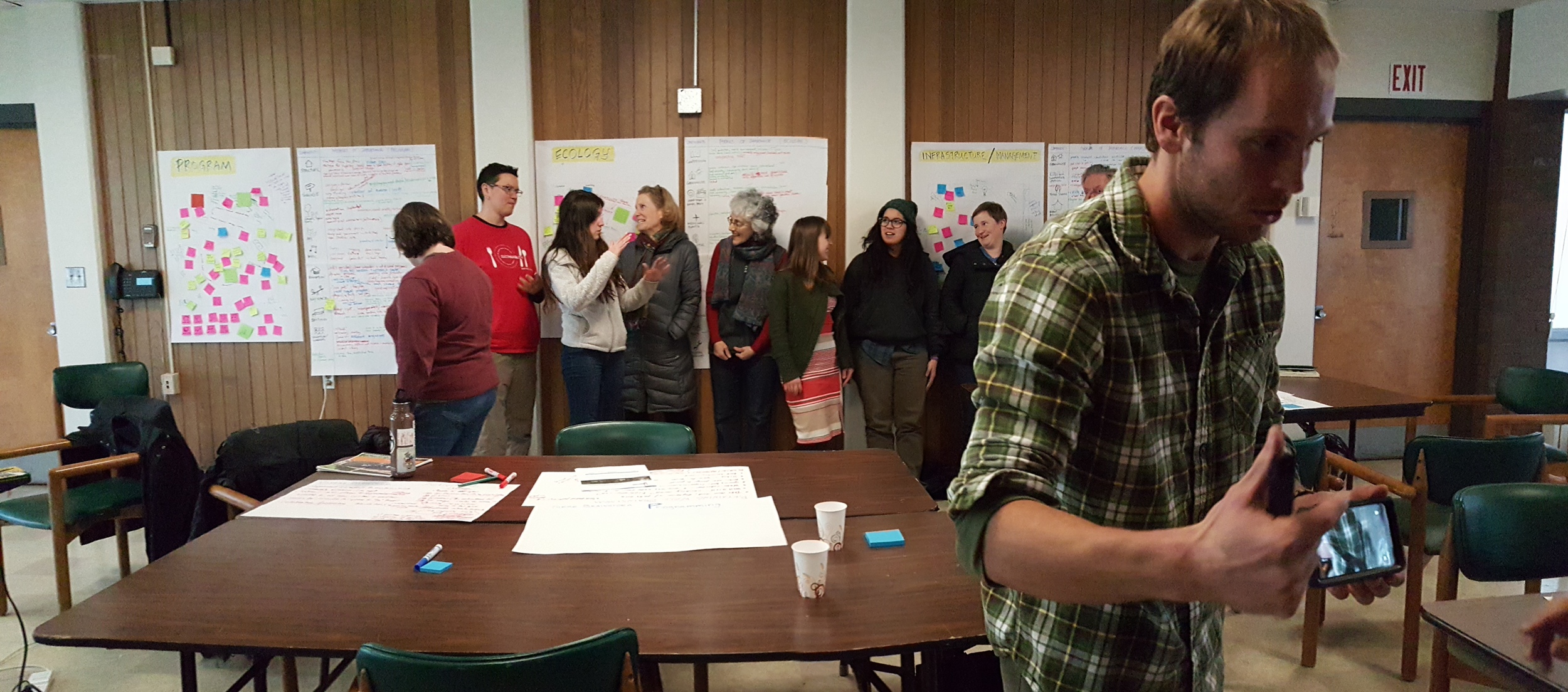
navigating an atypical process requires dynamic leadership
To appreciate the extent of will needed to bring this project to life, it is noteworthy that the center is managed by a volunteer board. While the land is owned by the City of Somerville, Friends of the Community Growing Center — a 501(c)3 group has an agreement with the city to take on a guardian role. This requires our design team to anticipate a high degree of flexibility. From organizing workshops, design sessions, partnership building, navigating multiple rounds of city funding protocols, it requires creative finesse to plan for resource redundancy. Because of the strong commitment to integrate educational partnerships throughout this process, we need to pivot whenever plans fell through due to factors beyond our control. The project delivery process goes beyond what a traditional design-bid-build public park calls for. The openness of the city officials and FCGC board leadership are crucial pieces to this partnership, and we want to acknowledge their support and creativity over these years.
Phase 1 CPA 2015 Design and Community Engagement: In collaboration with Friends of the Community Growing Center [FCGC], Terra Cura led a design process following a concept proposal to secure CPA funding through the city of Somerville. The project began with data surveys, analysis and observations of both the site and programs ran by the Friends of the Growing Center. This supported a community visioning process that articulated goals for the future of the Growing Center, informing design options for the schematic phase. Terra Cura conducted iterative design feedback sessions through educational workshops, digital updates, culminating in a Design Development package.

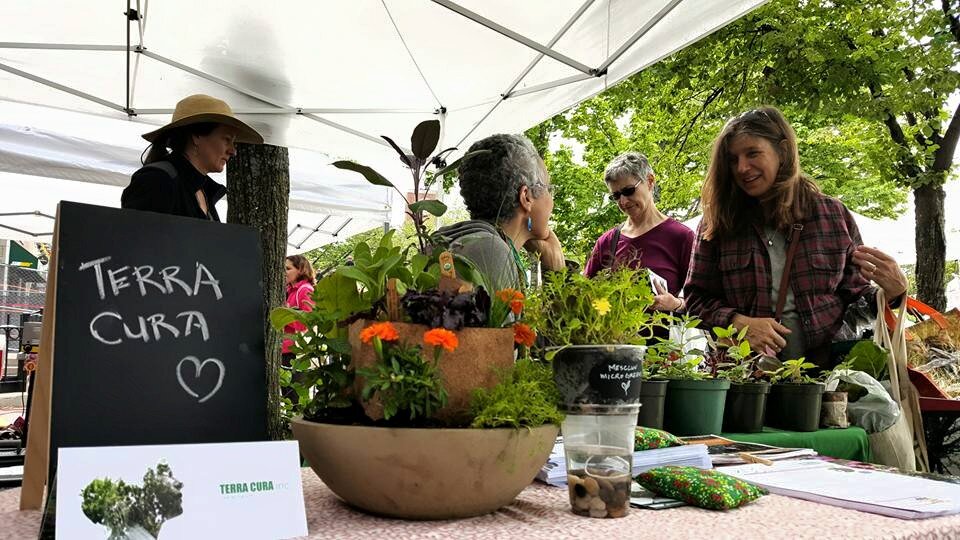
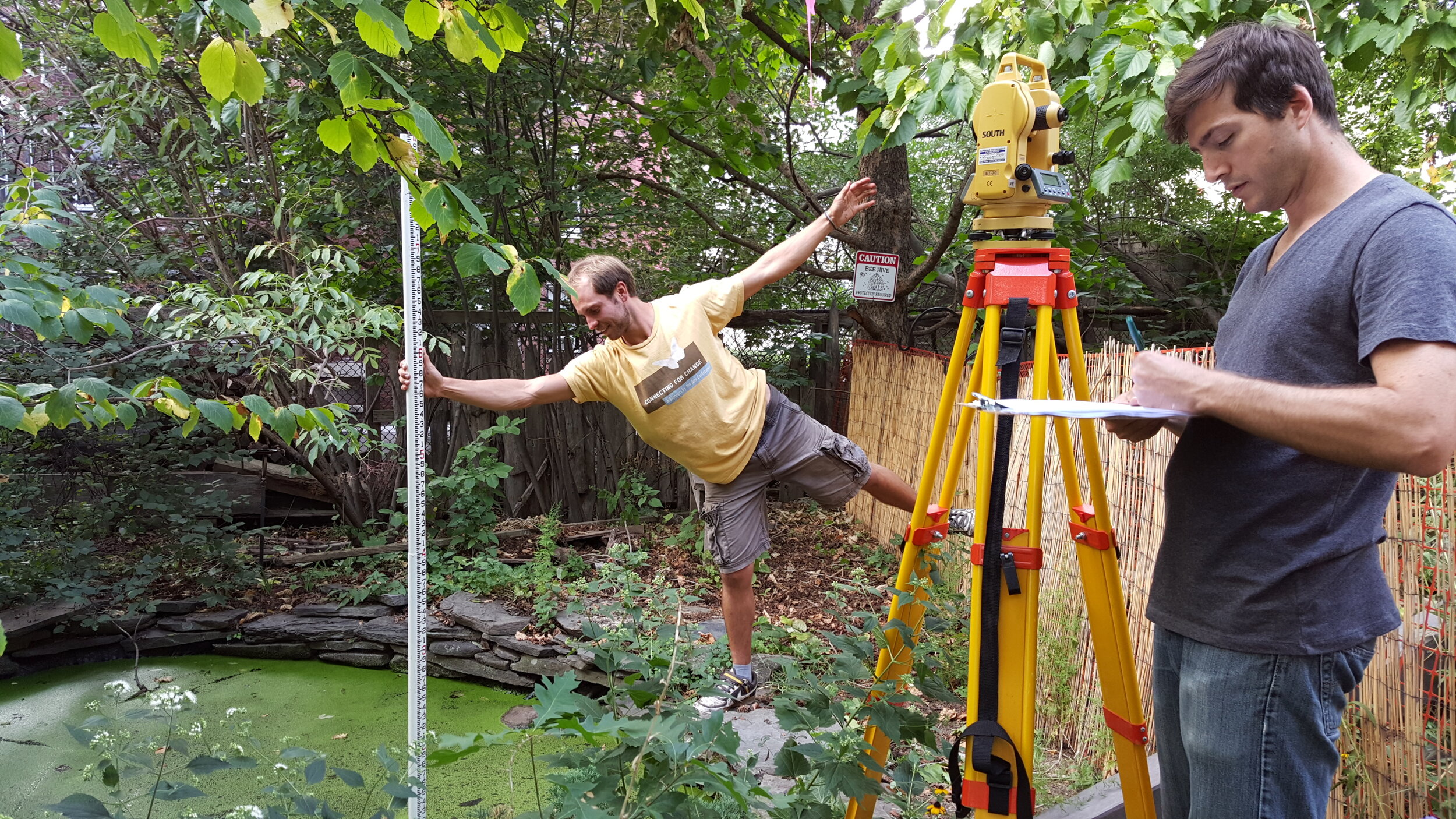


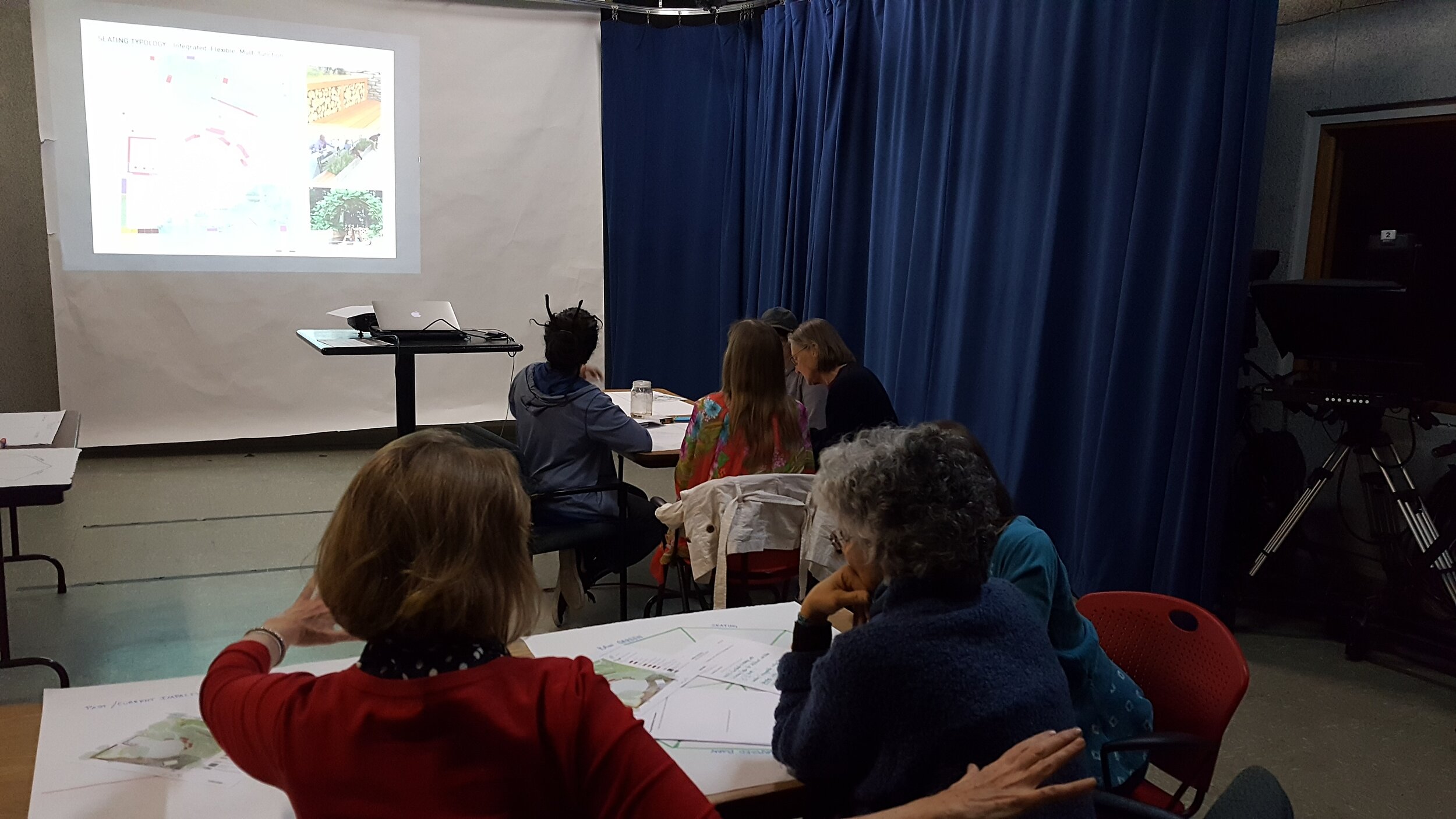
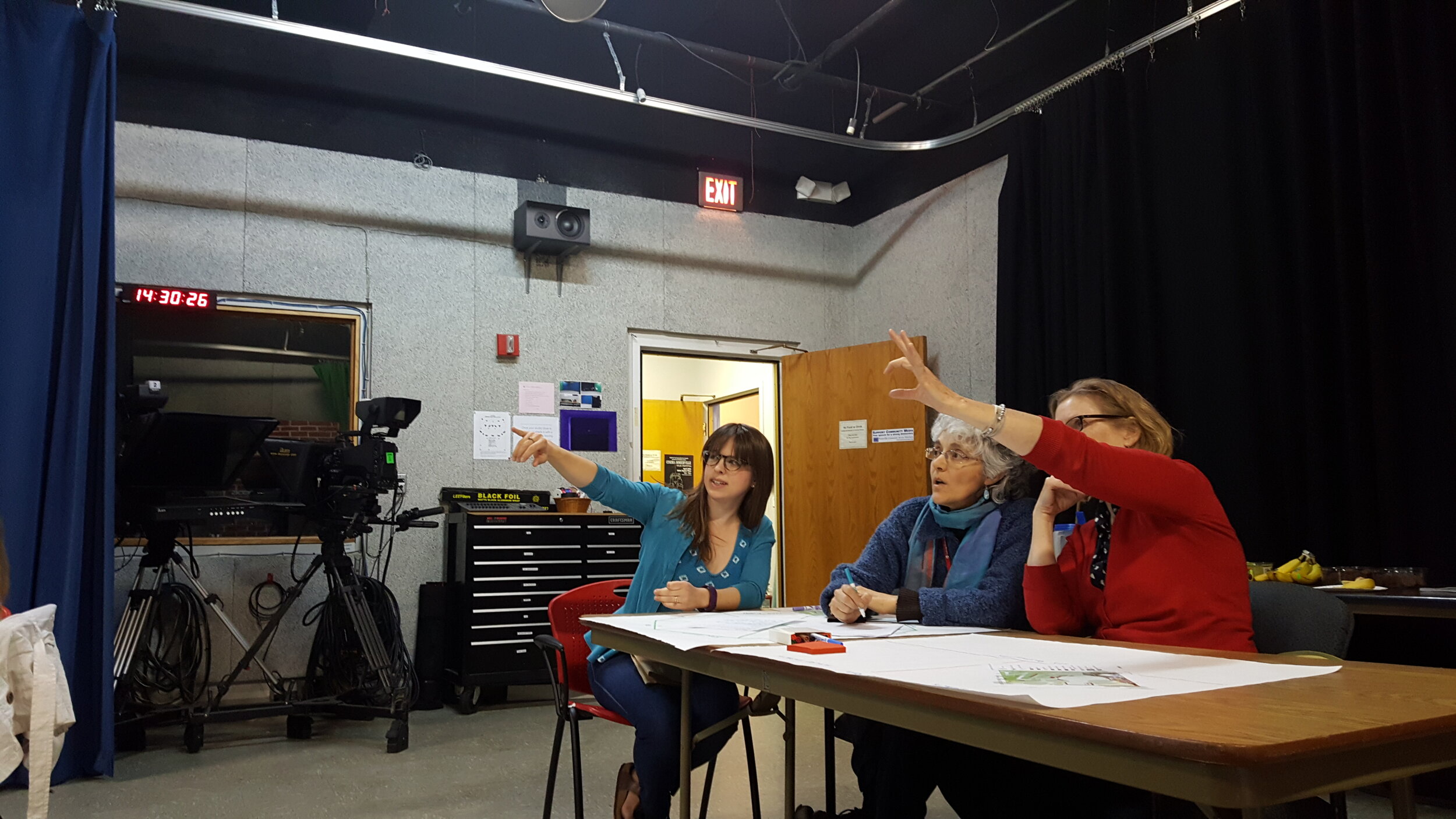
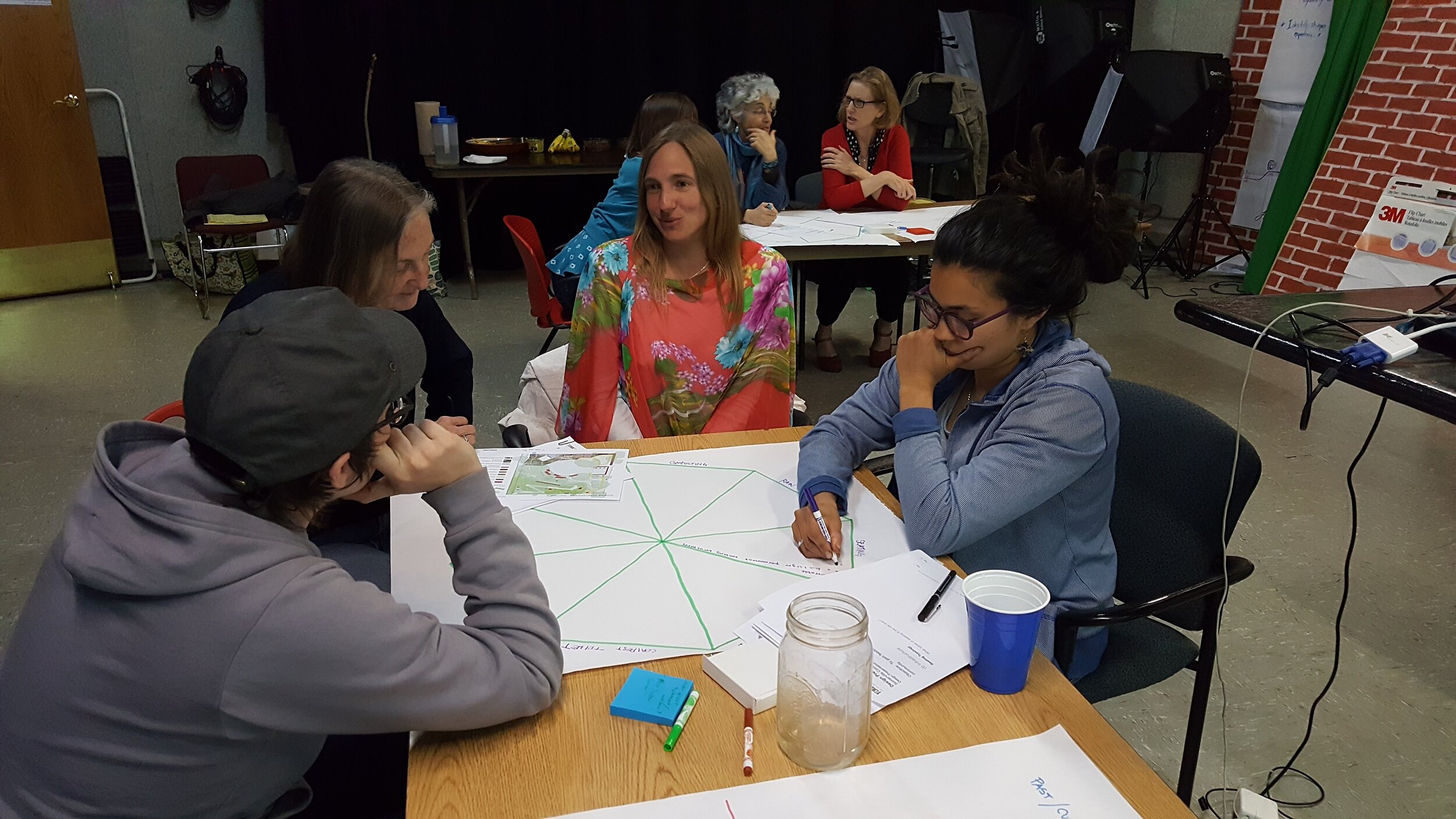
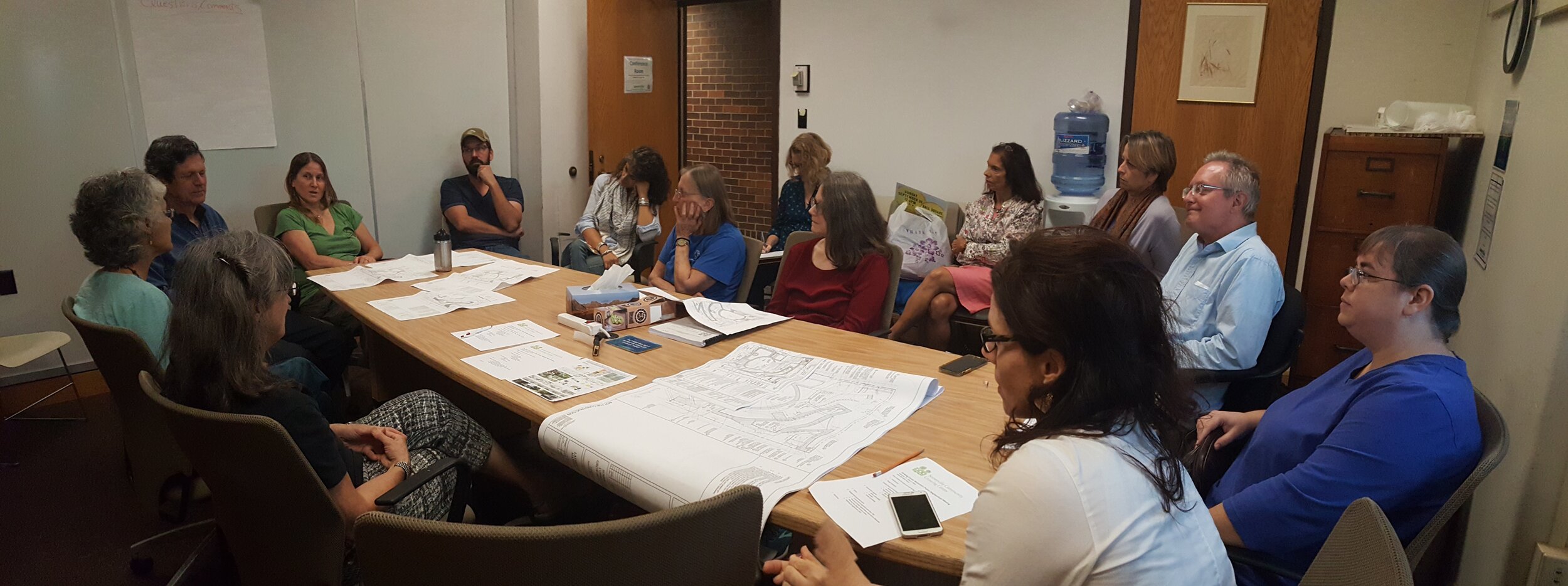
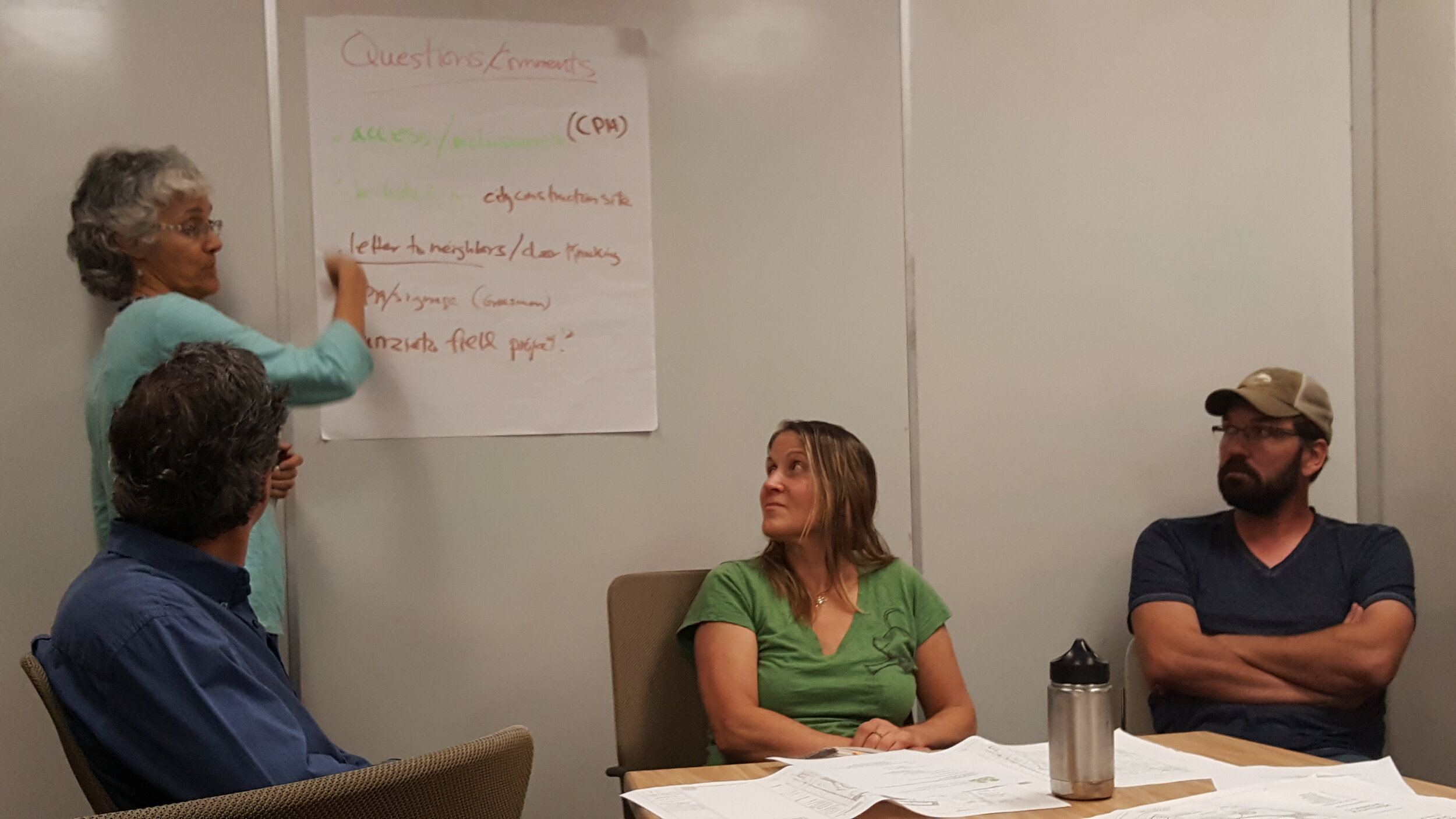
Phase 2 CPA 2017 Construction Documentation & Community Partnership Development: Terra Cura organized and managed multiple review sessions with the city and assisted in the recruitment process of a Landscape Architect, who helped us transition from Design Development to Construction Documentaion phase. Performance Specifications (design details and instructions) also informed a multiple budget scenarios for staged construction and fundraising. Communicating a clear scope between community-design-built work and professional construction crew was a big part of this phase.
Phase 3 CPA 2018 Integrating Community-Build Partnerships & Construction Administration: Concurrent to facilitating the construction process, we actively seek partnerships that could participate in learning through design. Not only do such partnerships alleviate reliance on future municipal funding, it also frees up funding for other public projects. For example, $70,000 of capital cost was offset through design-build partnership with the Somerville High School Vocational Department, which was a plus for the CPA committee. Such self-organized partnerships also cultivate care in the form of land stewardship. This moves architectural design beyond a transactional process to one that grows ecosocial capital. It is a win-win.
sustaining will & excitement
One of the biggest challenge for facilitating a long community process remains — how can we sustain and grow interest among the stakeholders? In addition to public design sessions, we collaborated with the center to integrate educational events that raise awareness about the design and construction process. Some of which include prototyping site elements that eventually became permanent ecological and educational site features, at the same time laying the path for inter-generation stewardship of this place. Follow the links RakeHarvard Campaign [2015], Composting Workshop [2015] and slideshows below for highlights down memory lane.
Gabion Retaining Wall with Black Locust Bench Prototype, 2016
A shout out to YouthBuild USA, Groundwork Somerville, Black Locust Lumber, Home Harvest, and all the SCGC volunteers. Special thanks to Mr. David Aposhian, a local developer who offered the opportunity to salvage blue stones from the foundation of a house that was demolished in Cambridge. David has passed since, his memory shall live on through the lovely gabion sitspot next to our new rain garden.

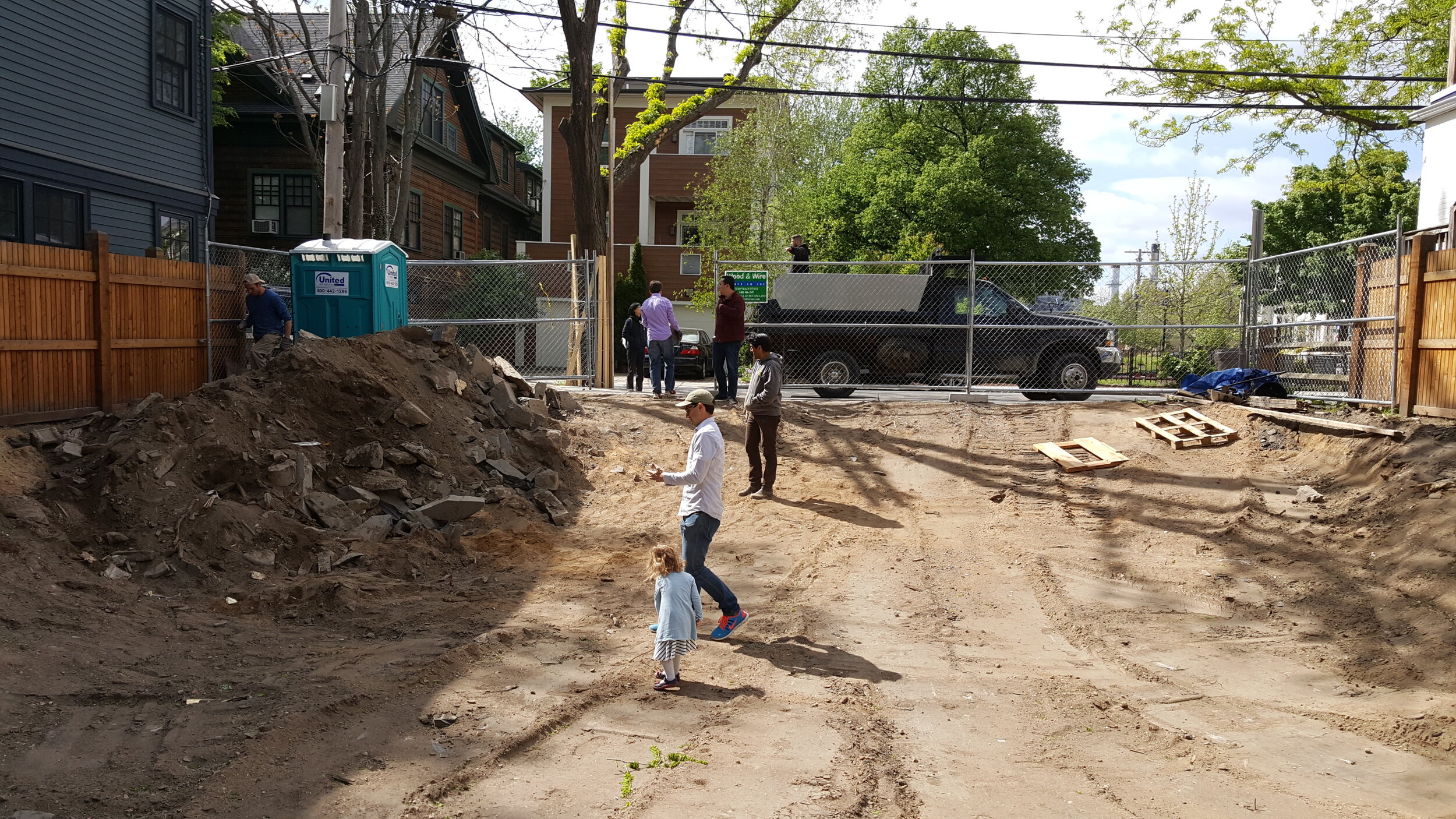
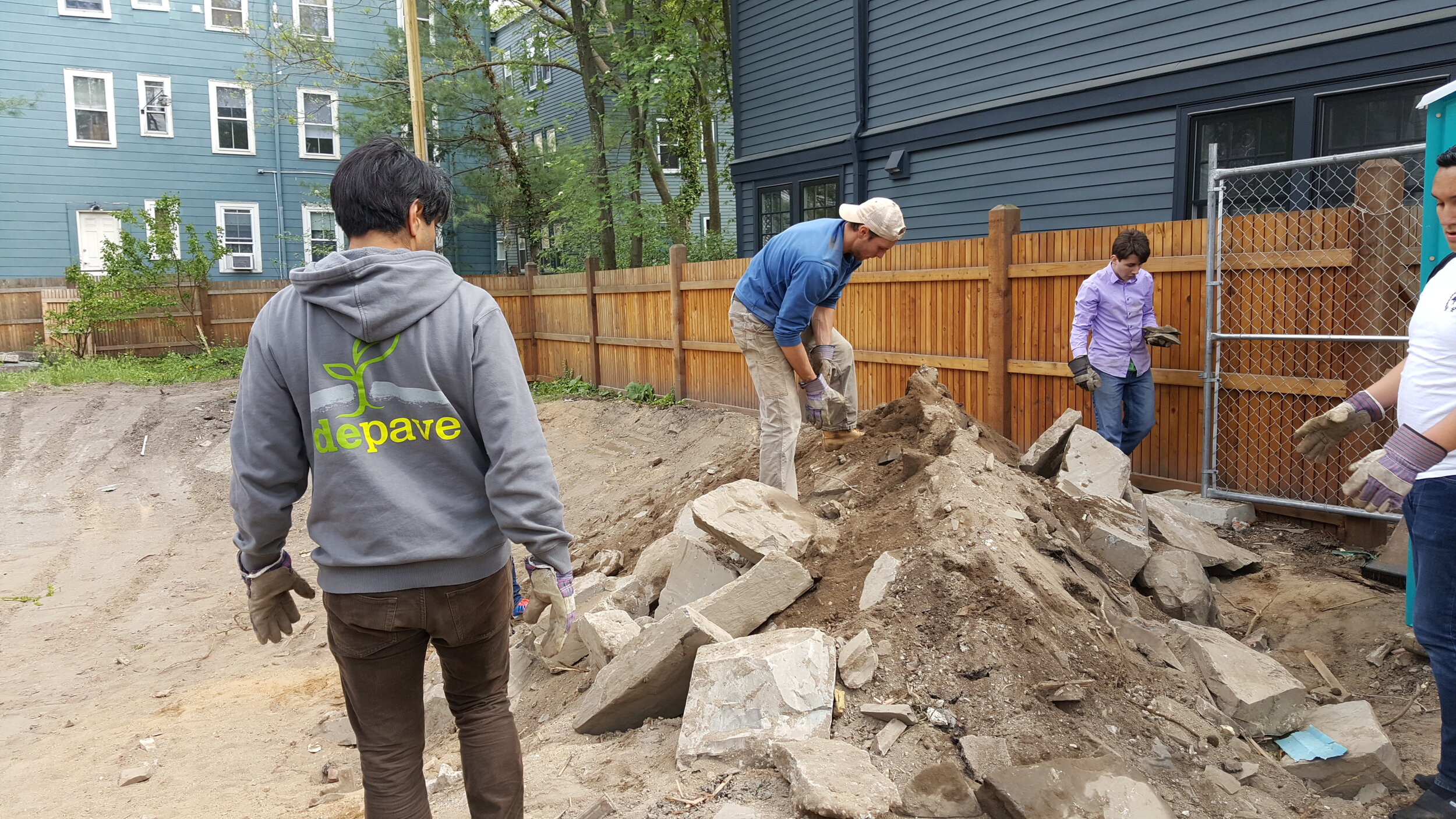
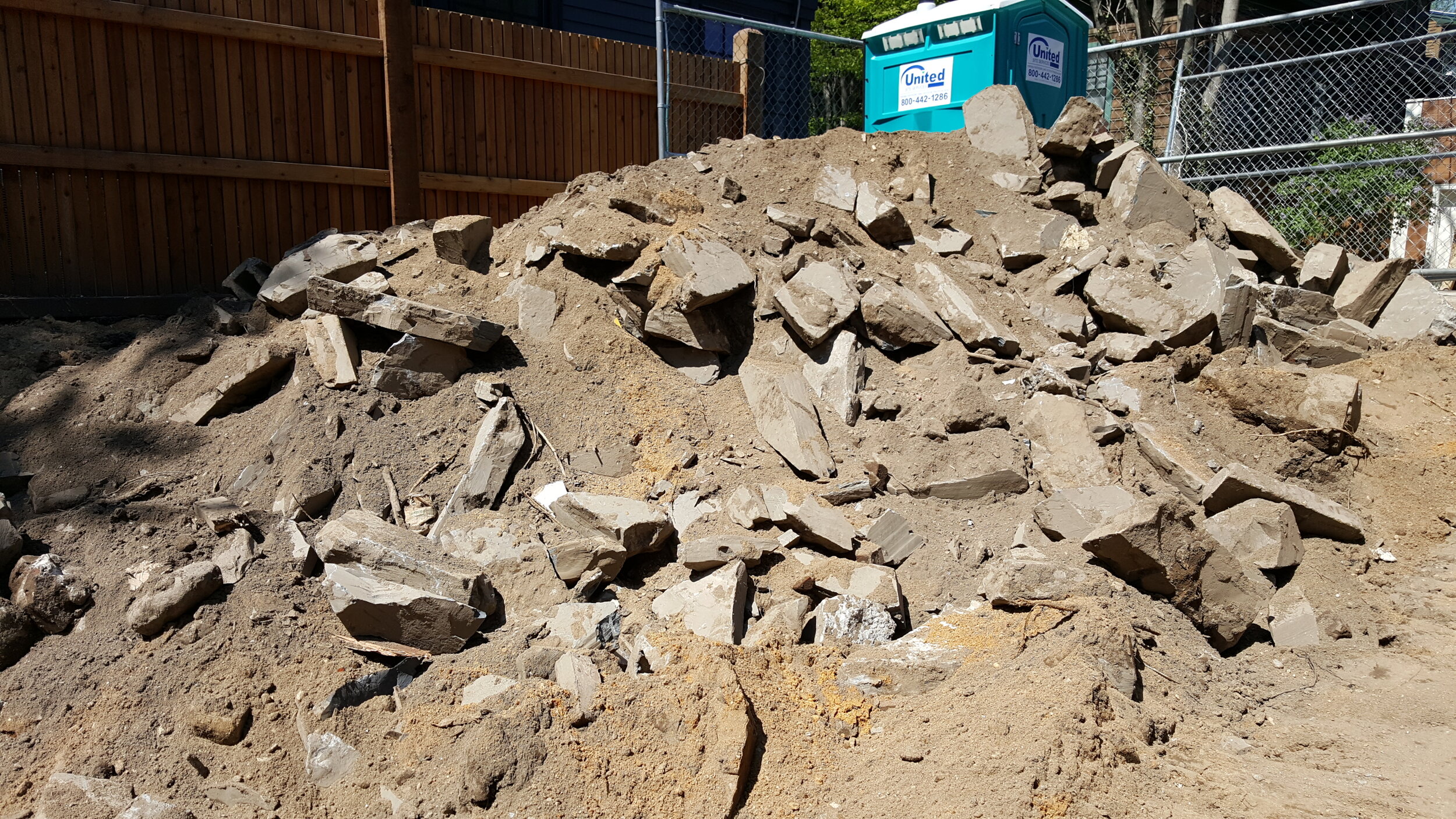

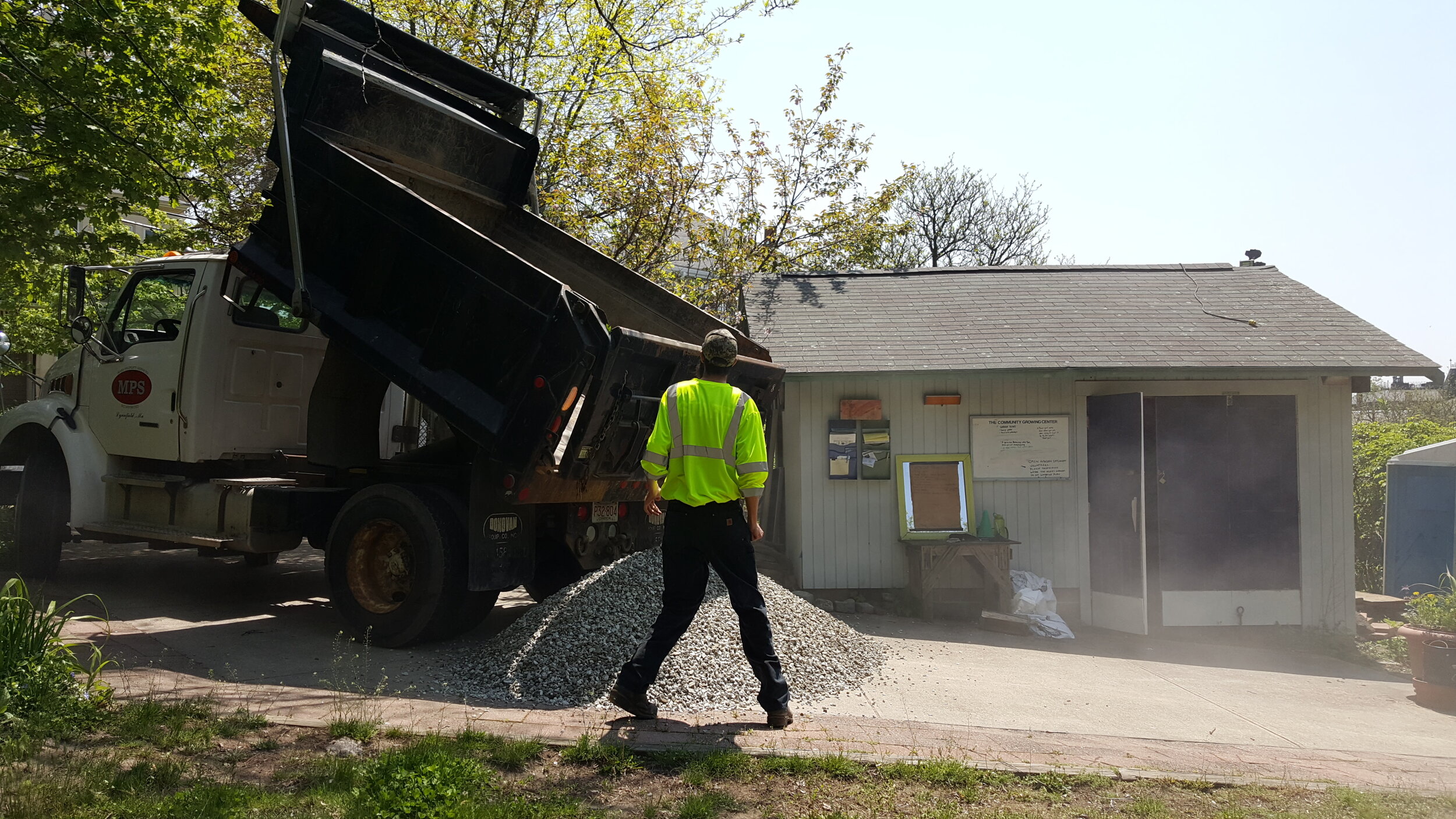
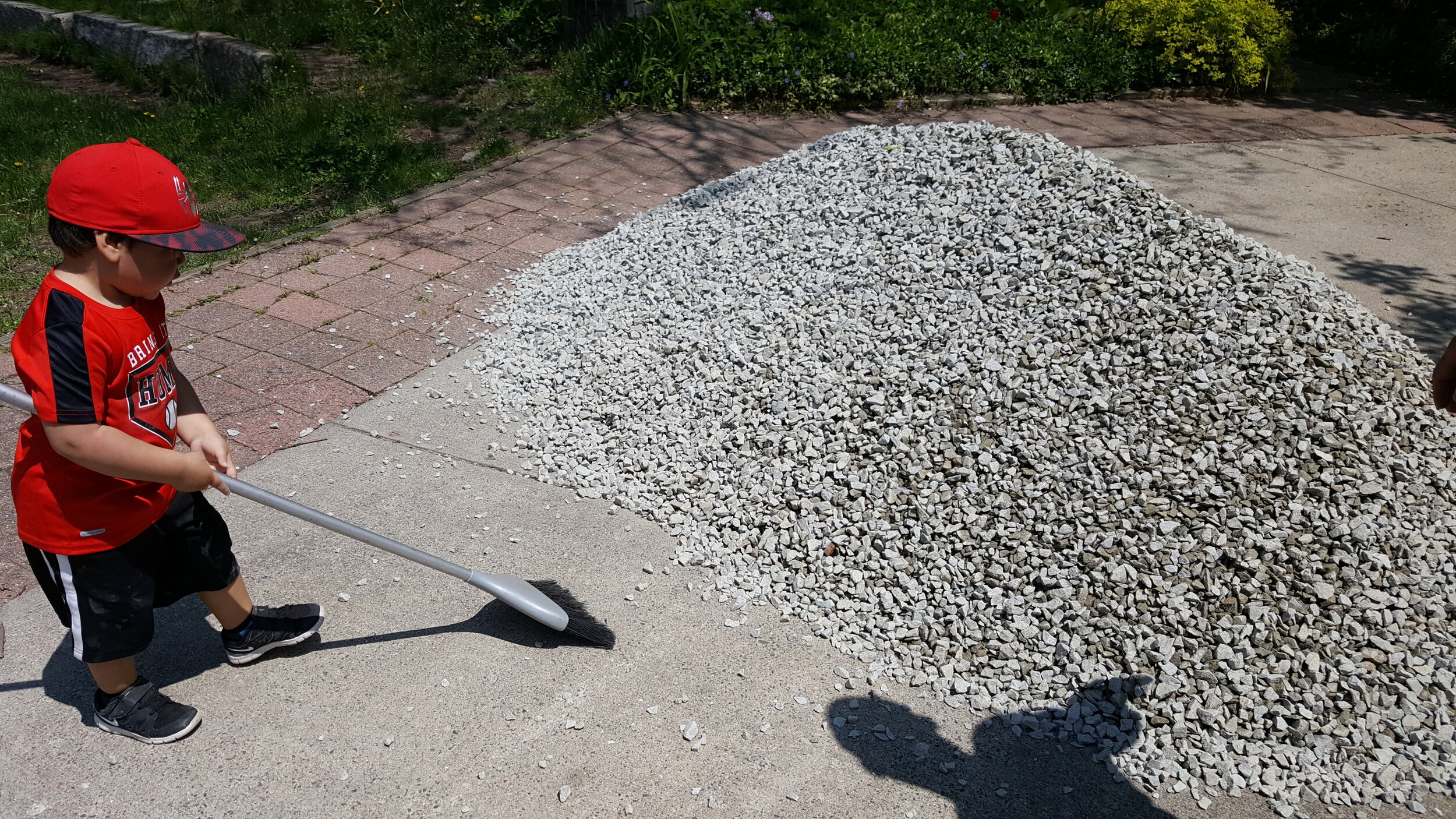
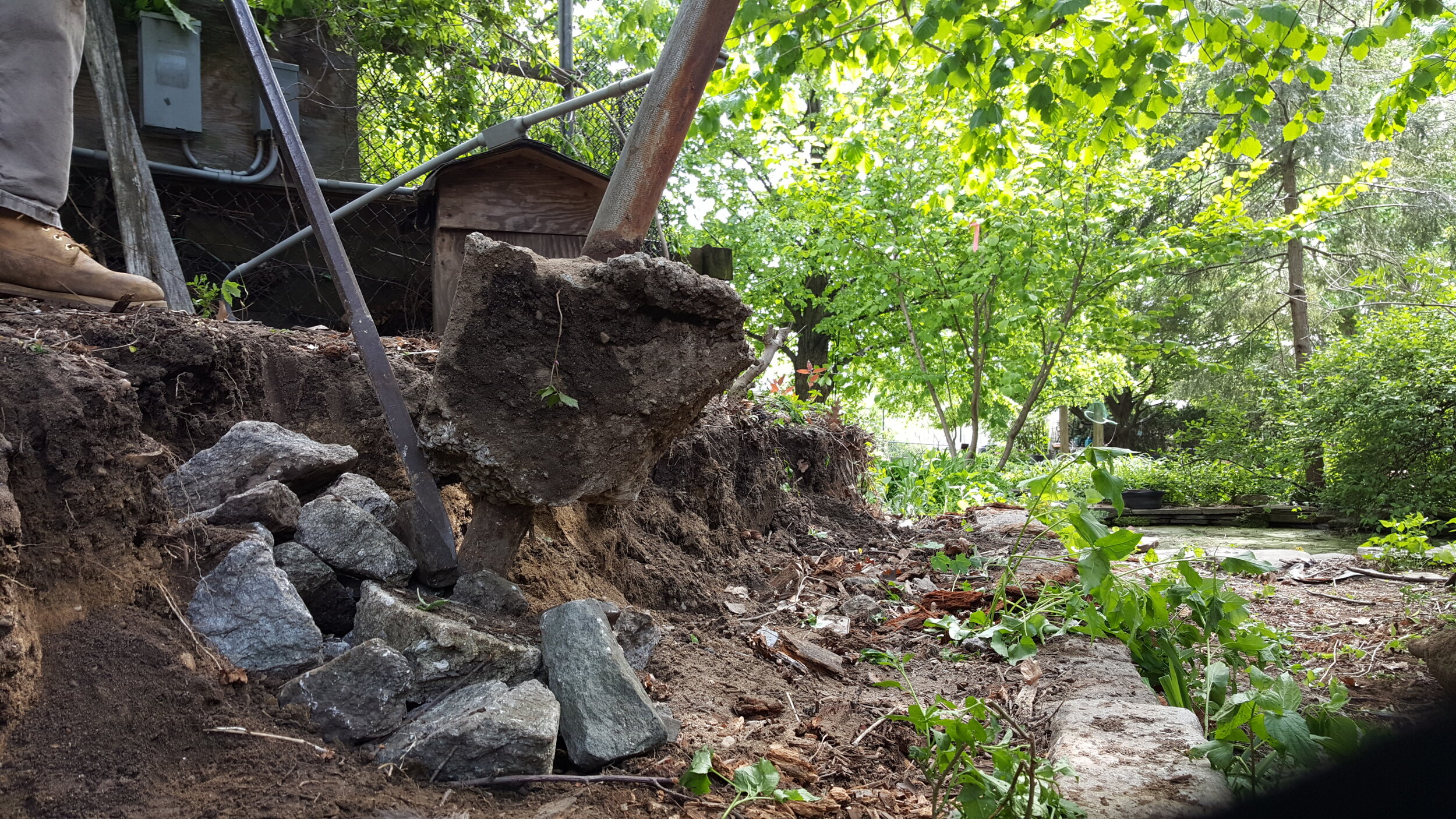
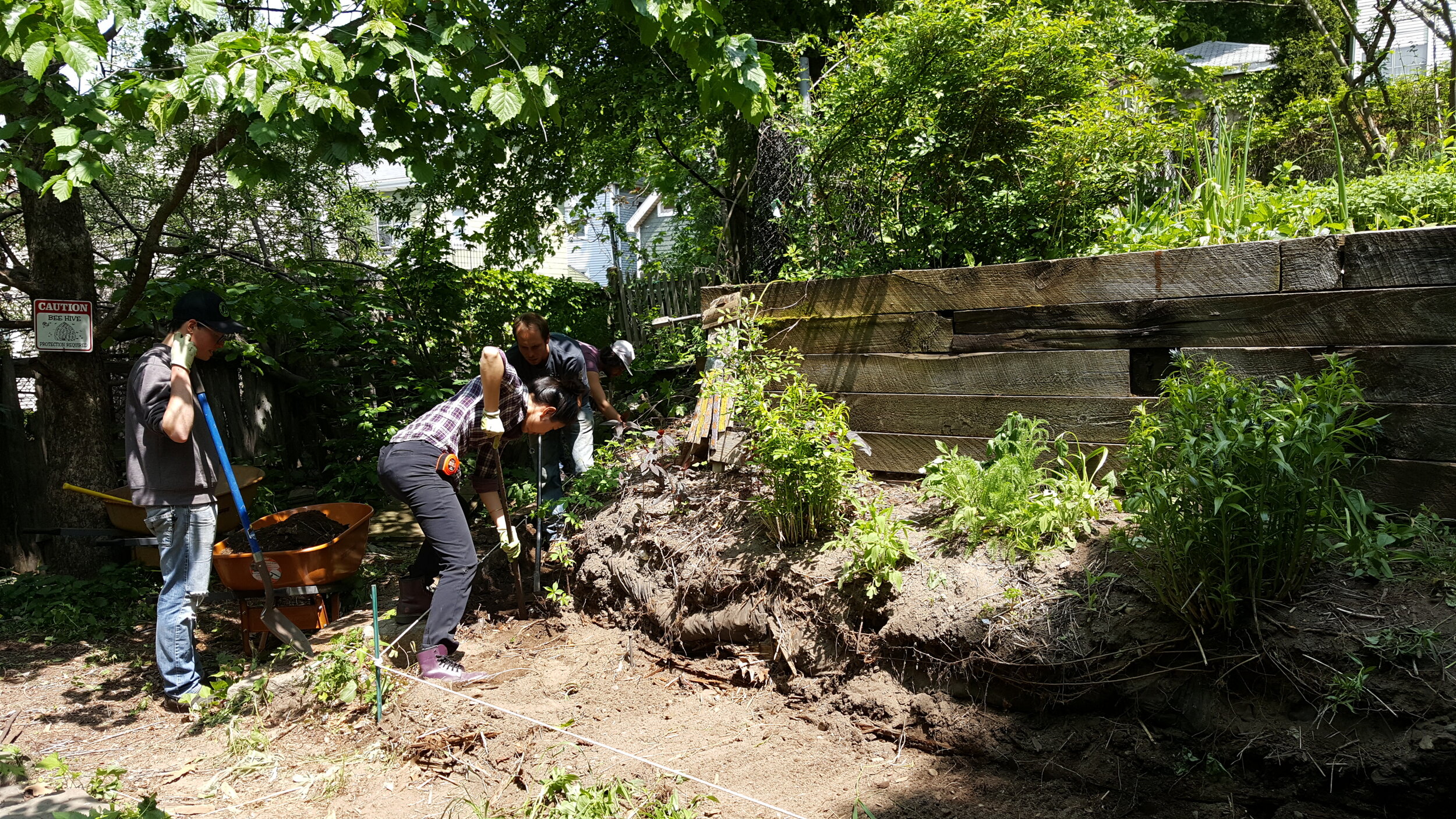
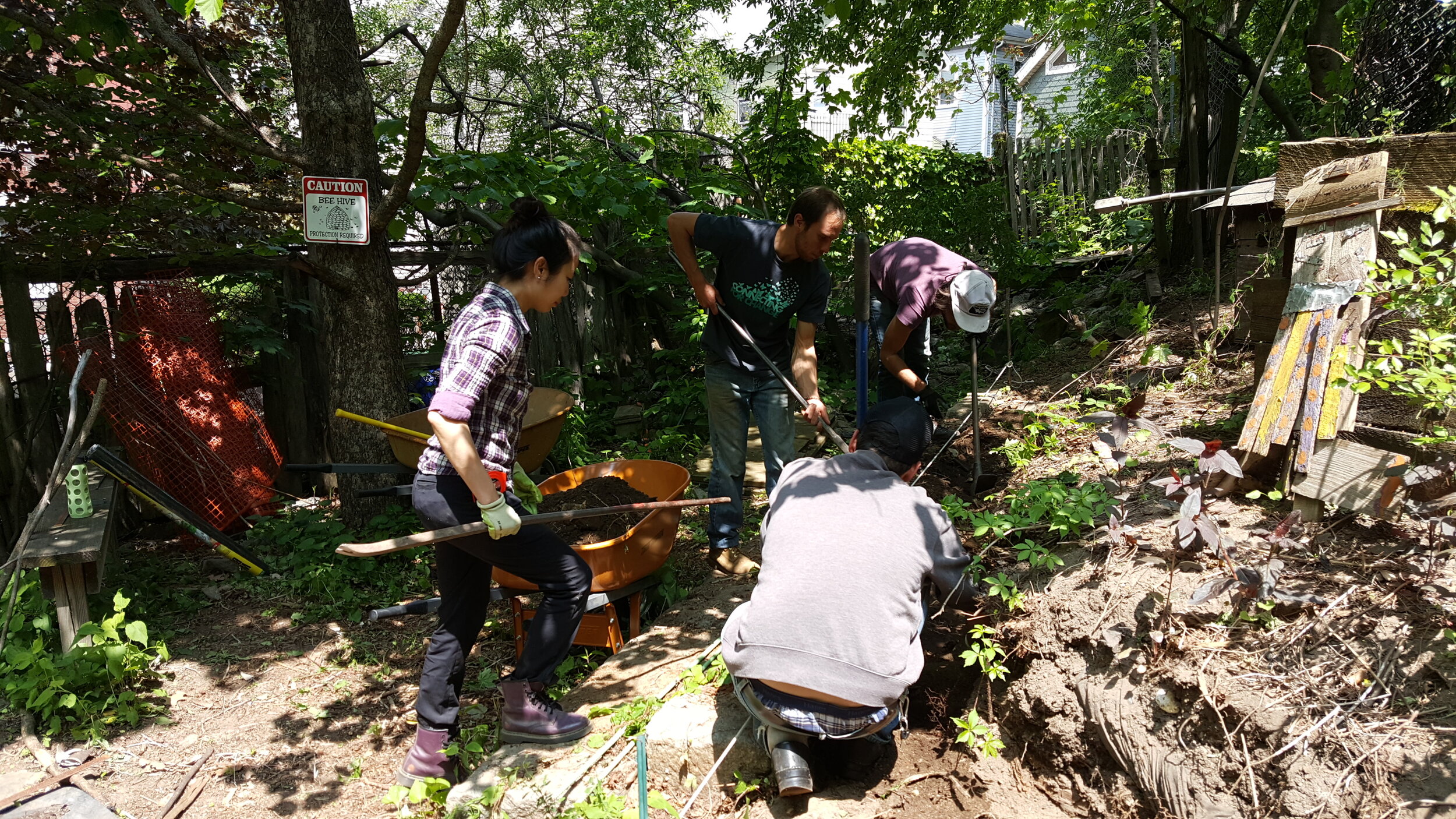
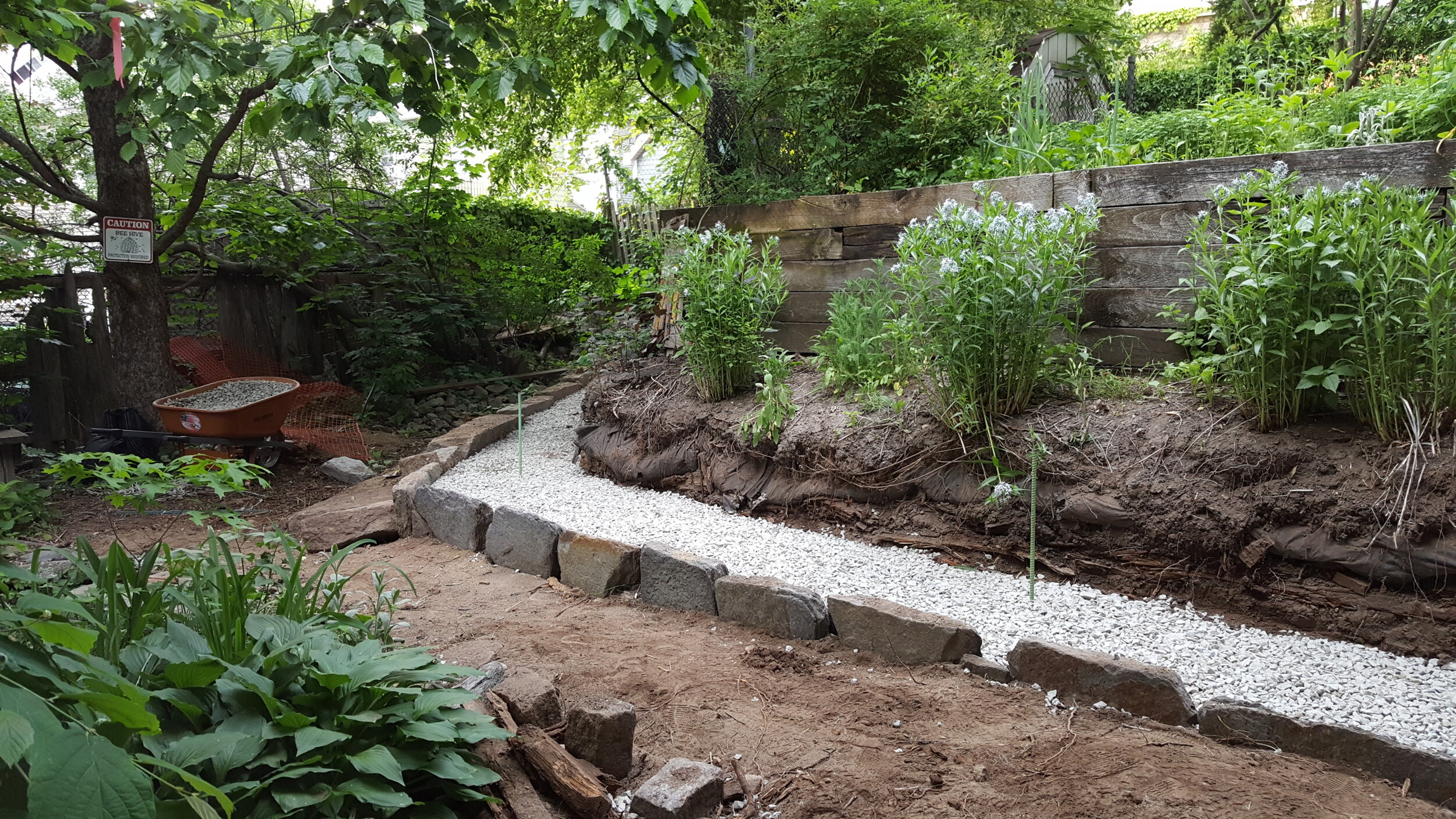


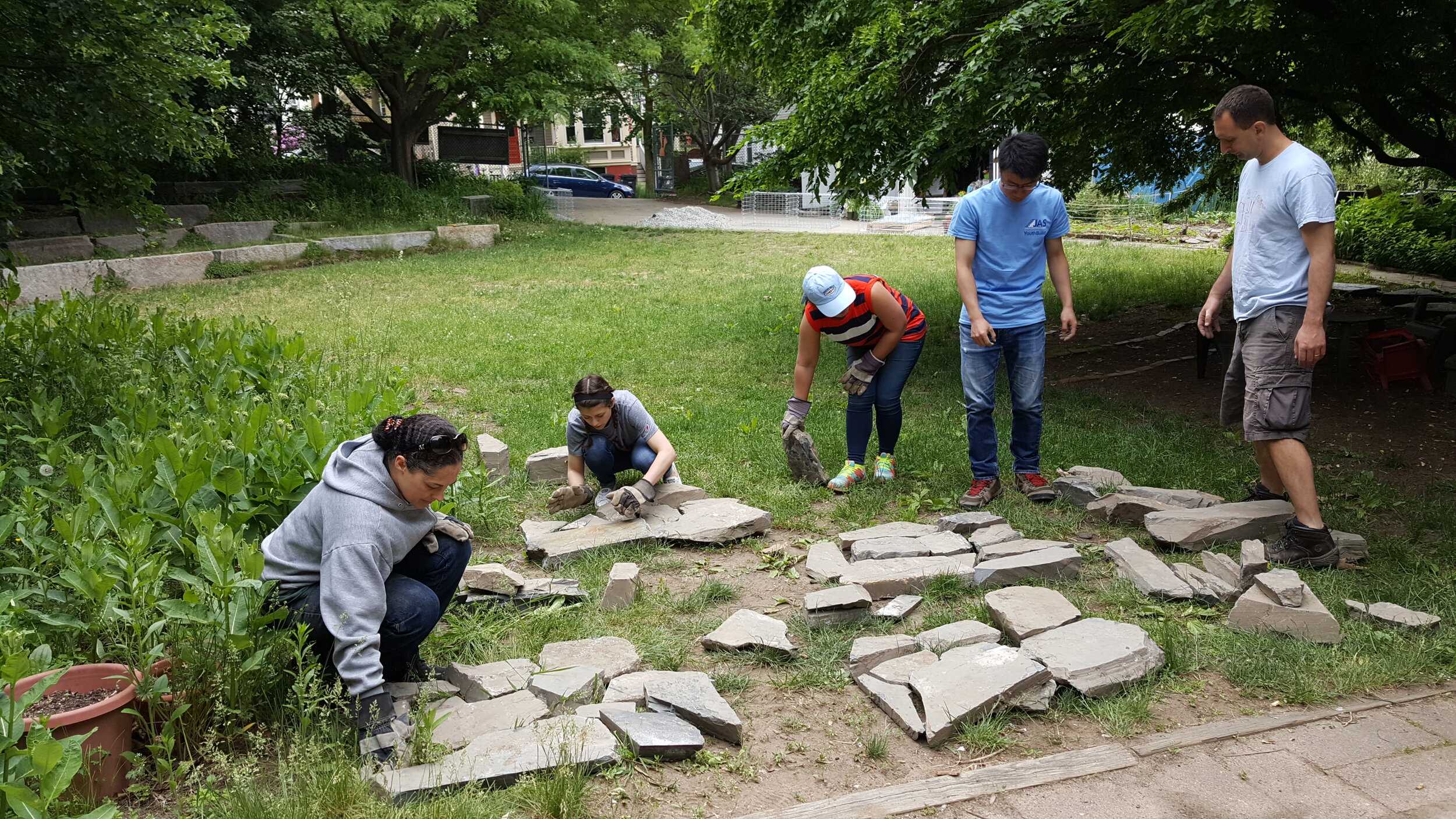
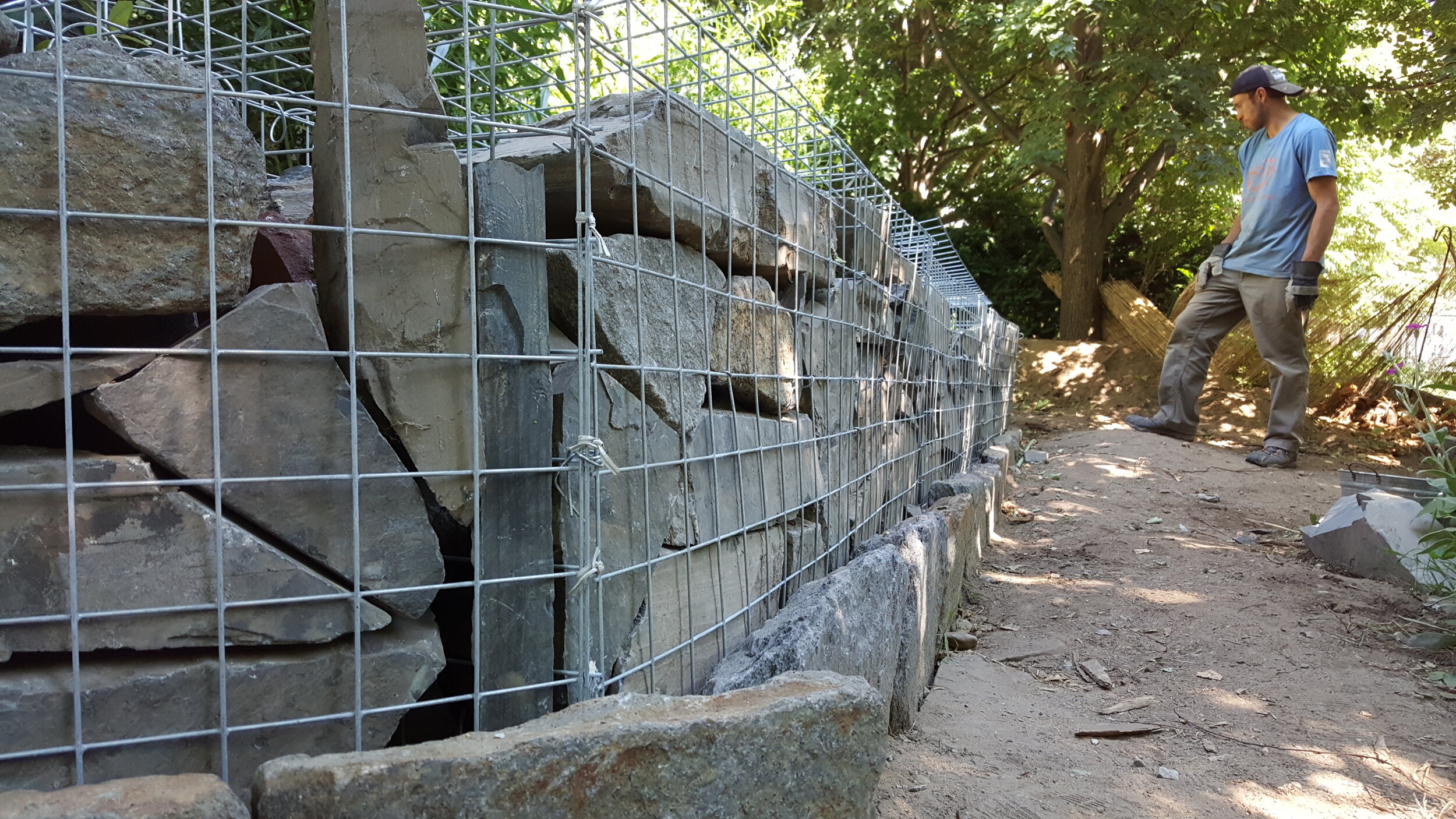
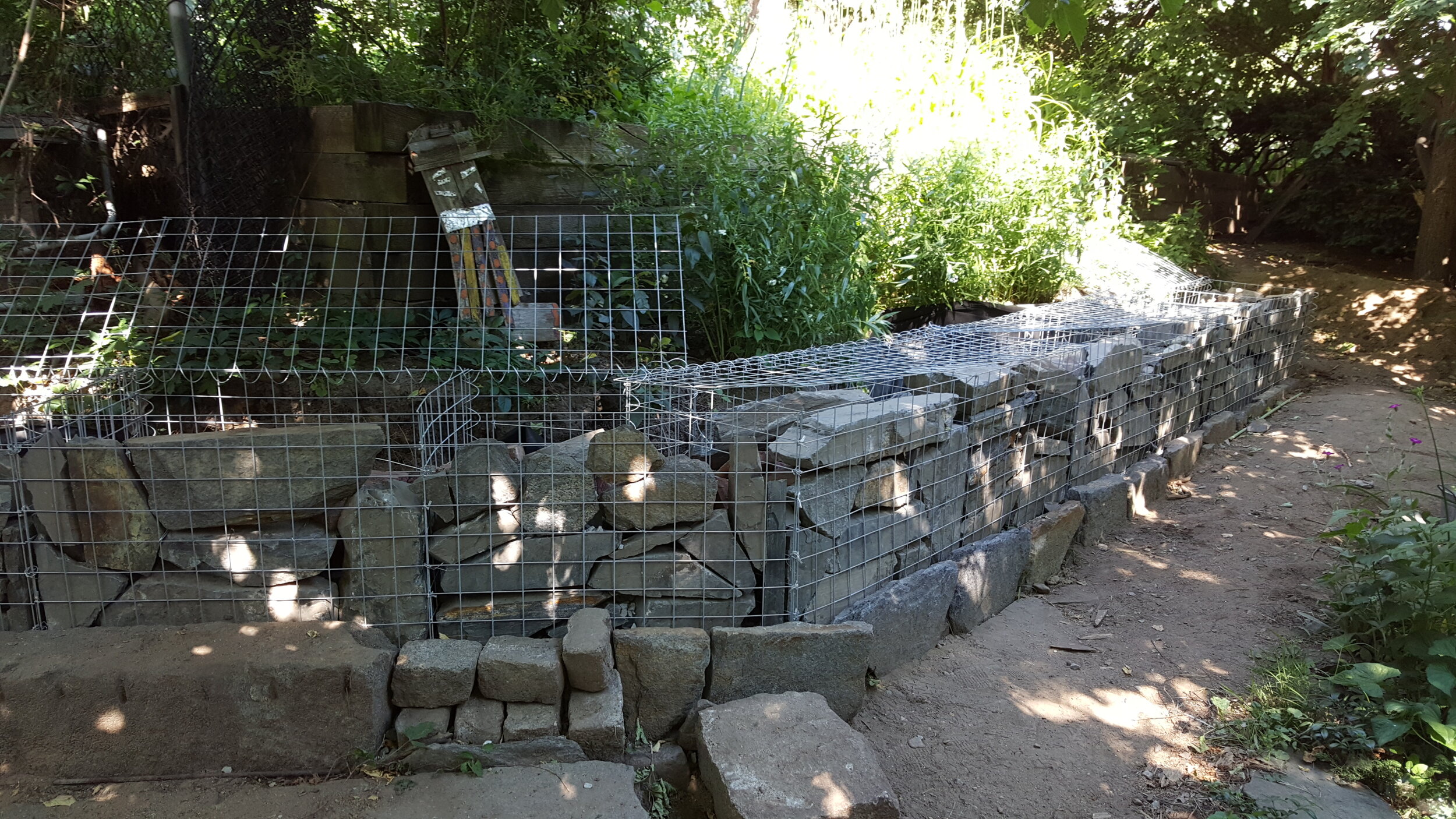
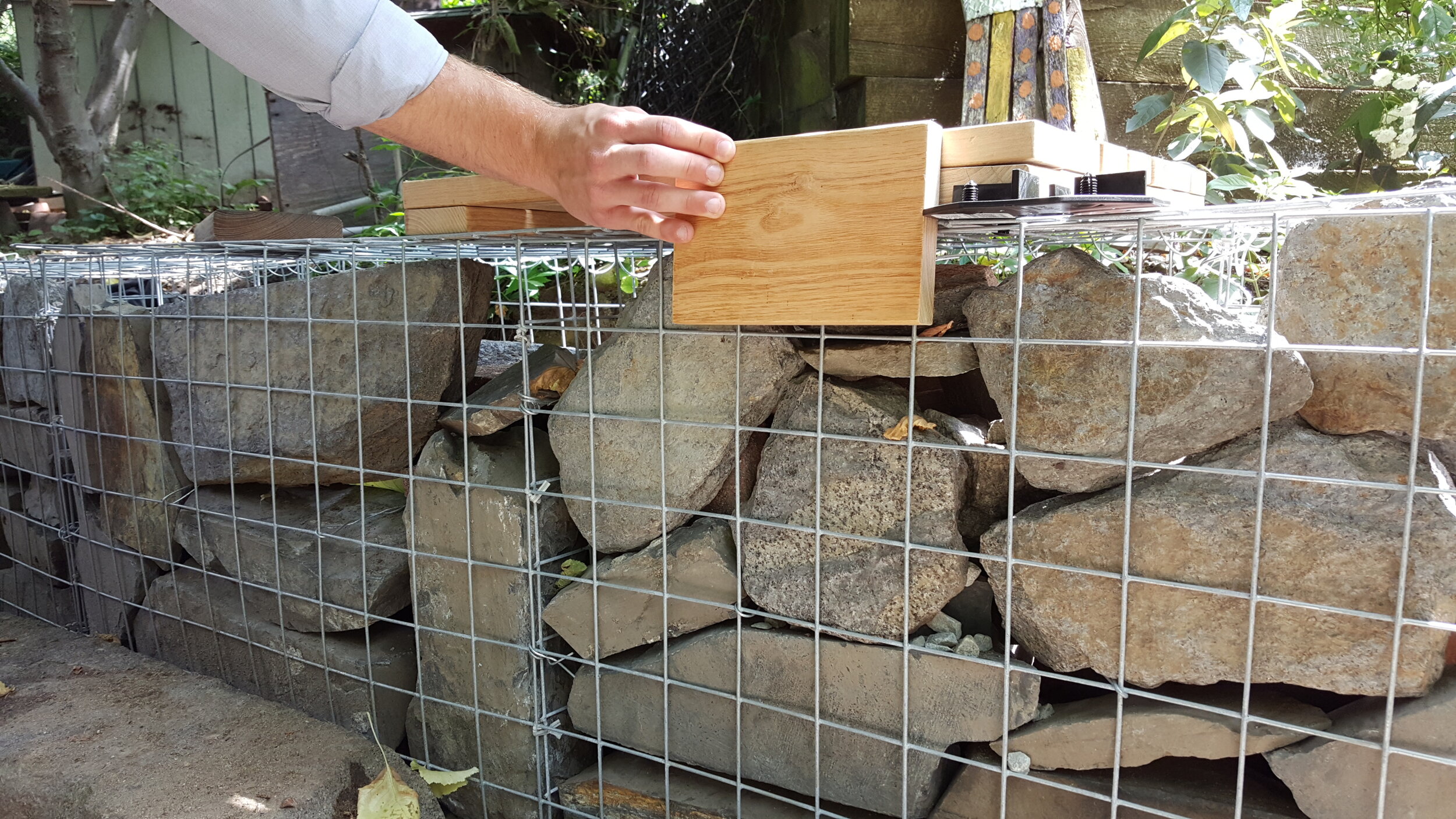
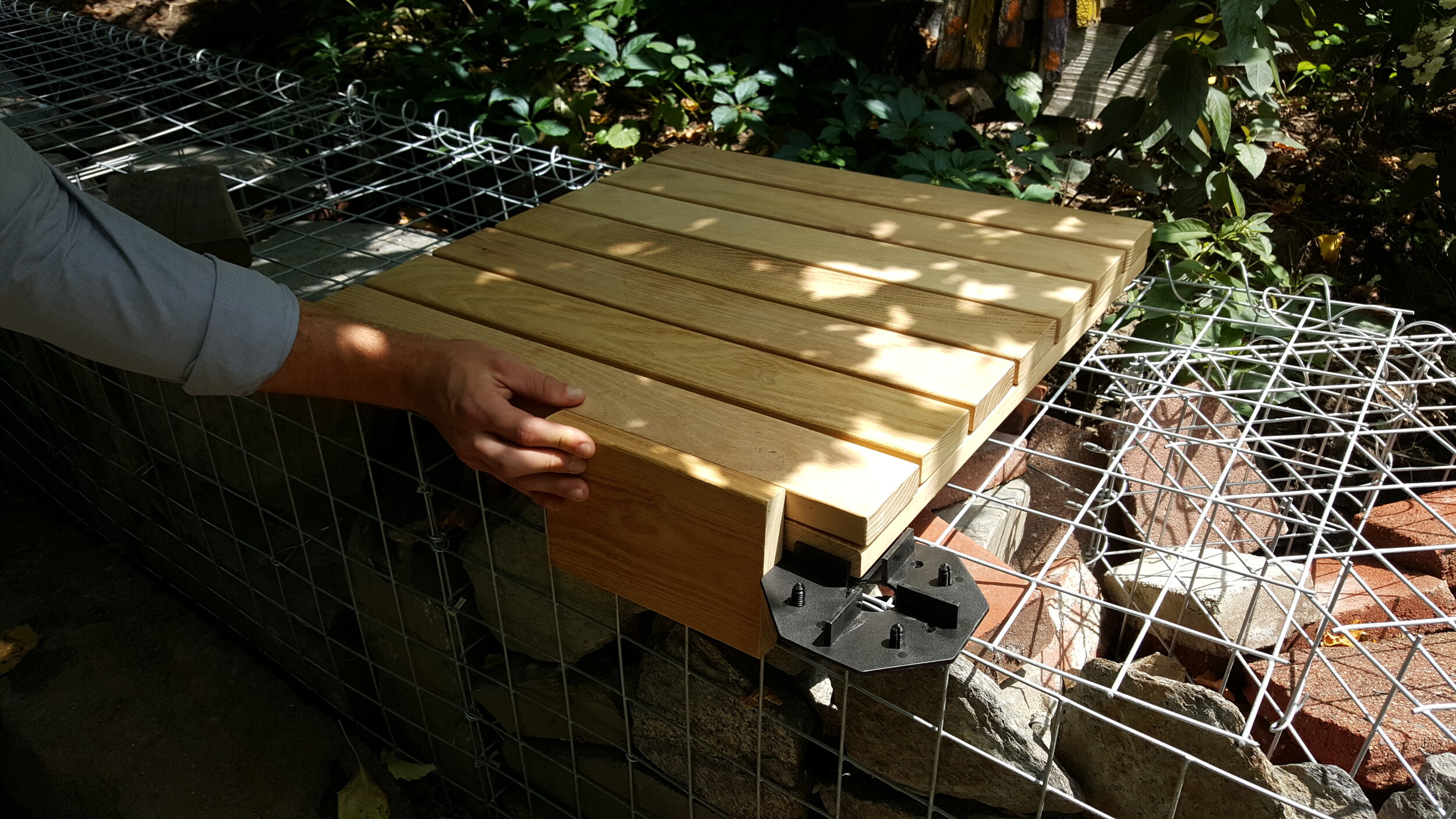
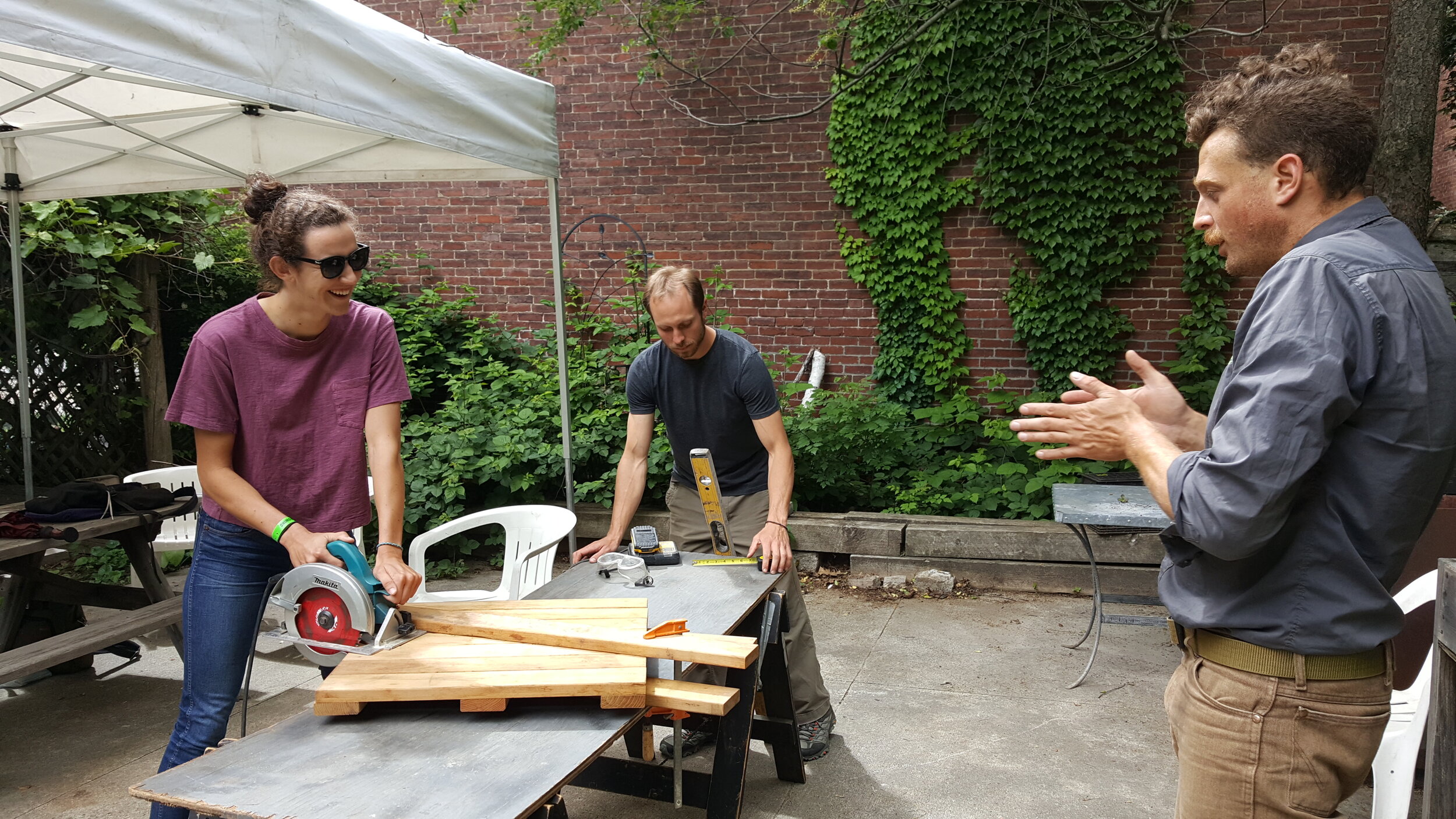
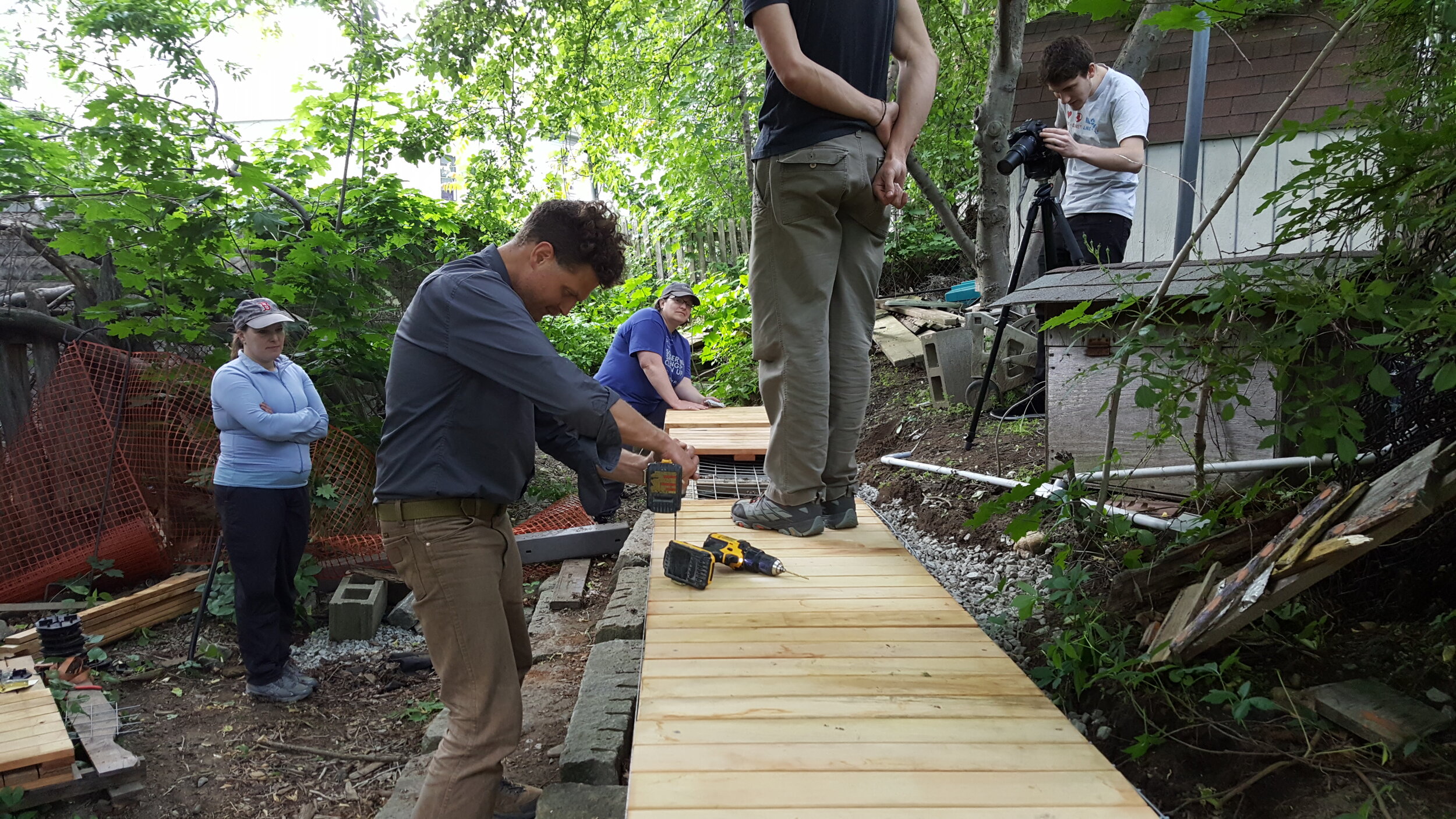
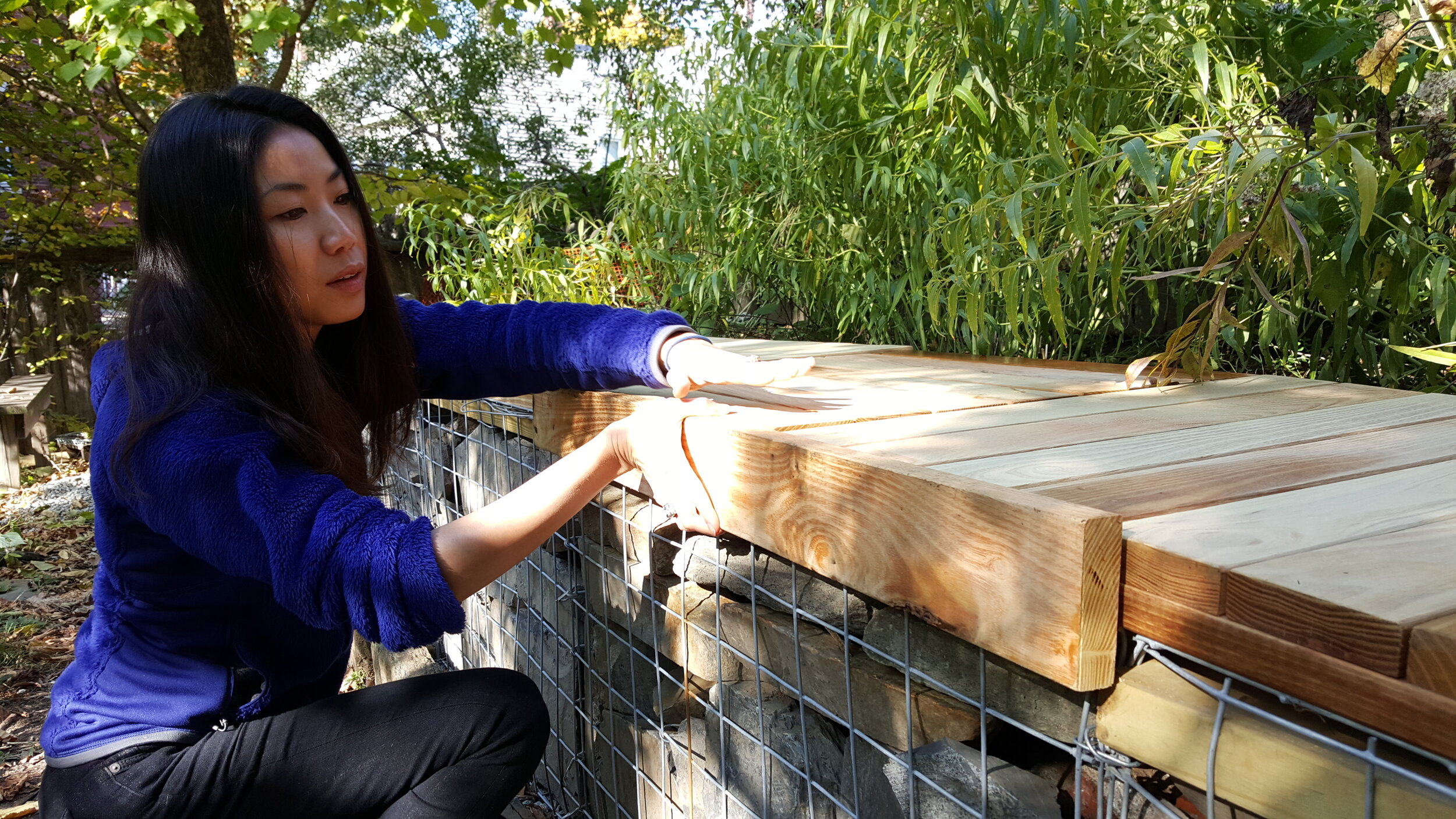
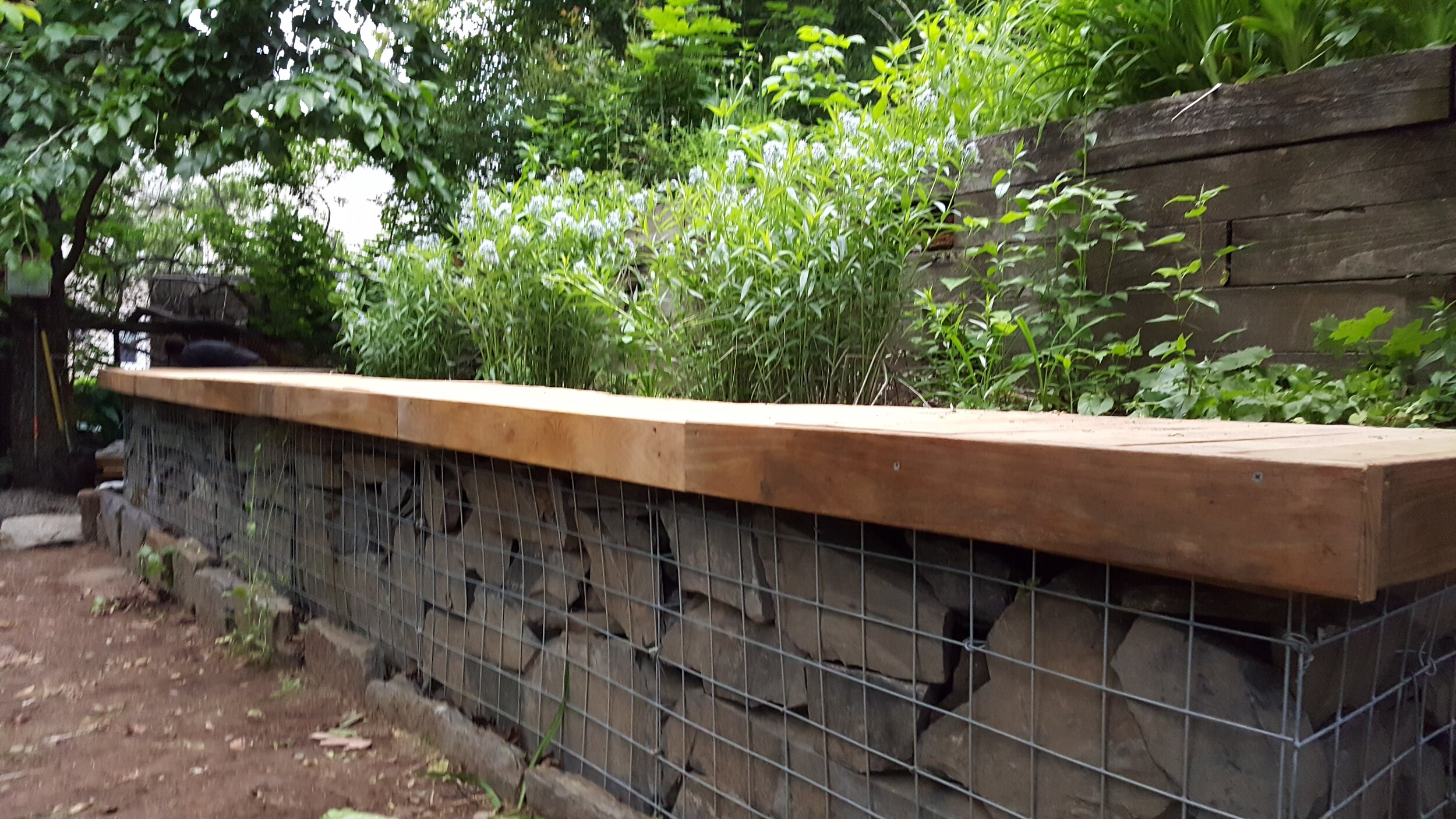

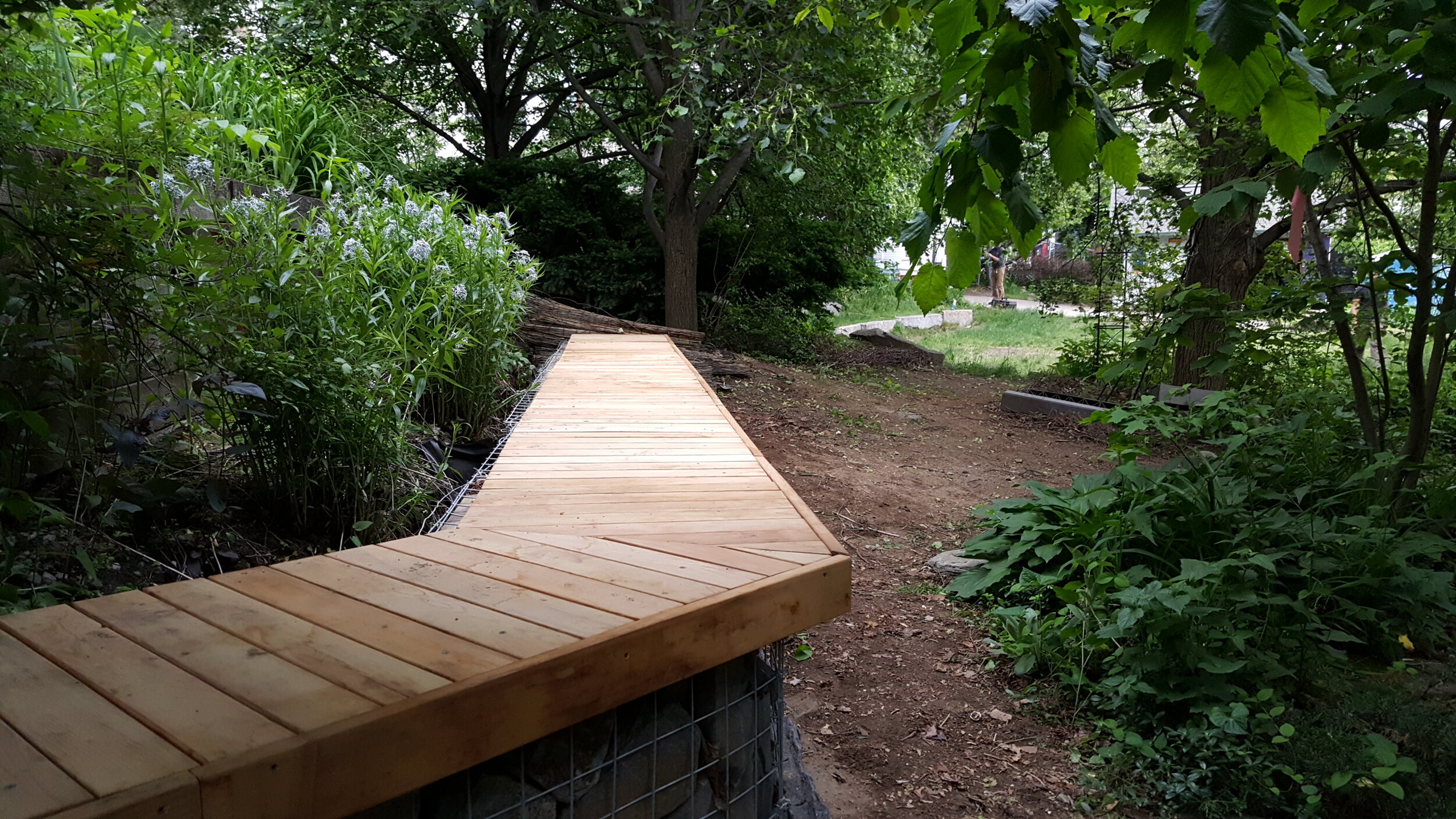
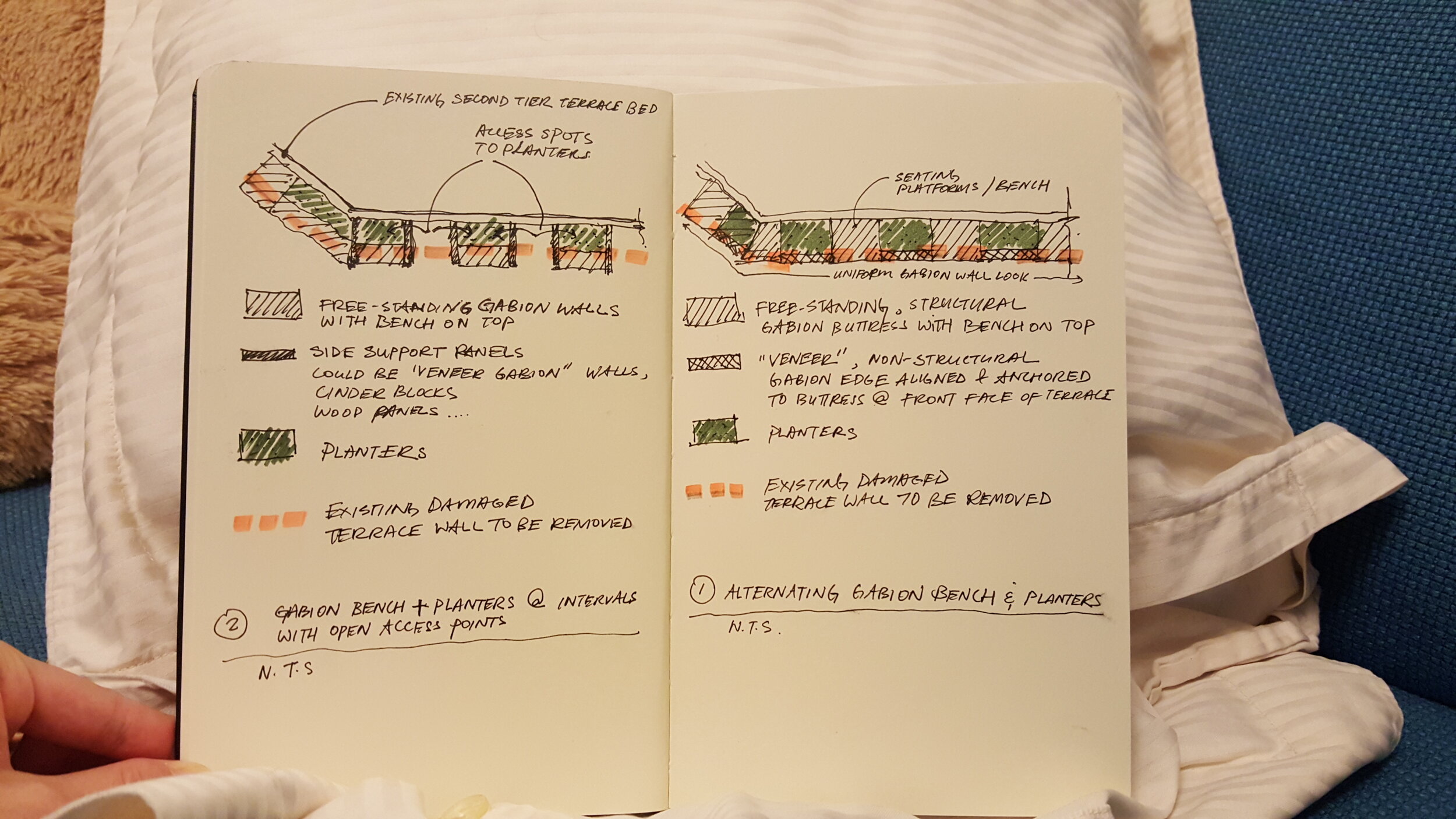
Structural Upcycling and Tree Joints Study Using Harvested Trees from the Growing Center, 2018
The community is highly thoughtful about tree harvesting. Public meetings were held to discuss and reflect on what to harvest. Trees removed were either due to sickness, or if their removal allowed other diversity of plants to flourish. It also offered a design and research opportunity for the MIT Architecture department.
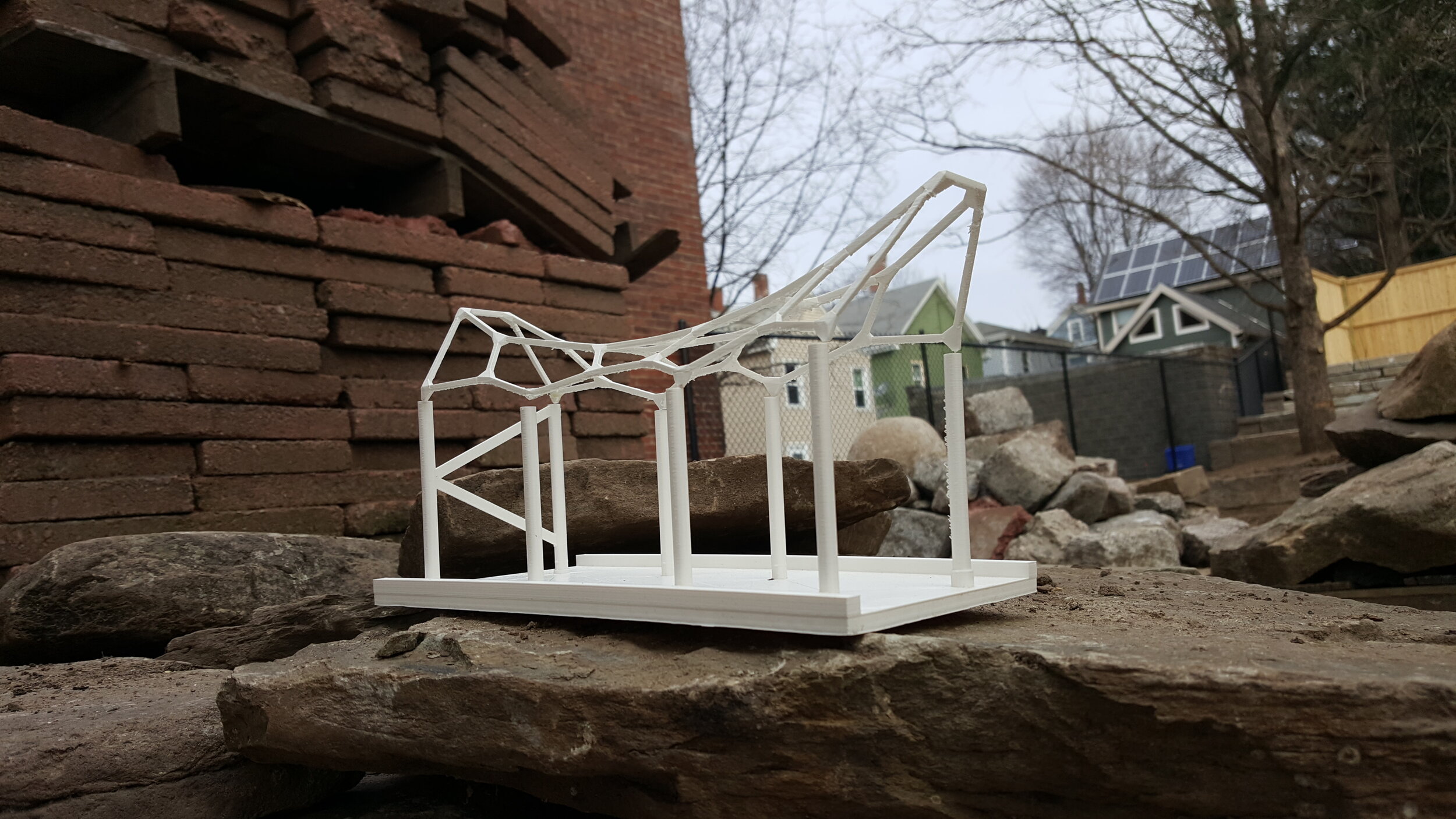
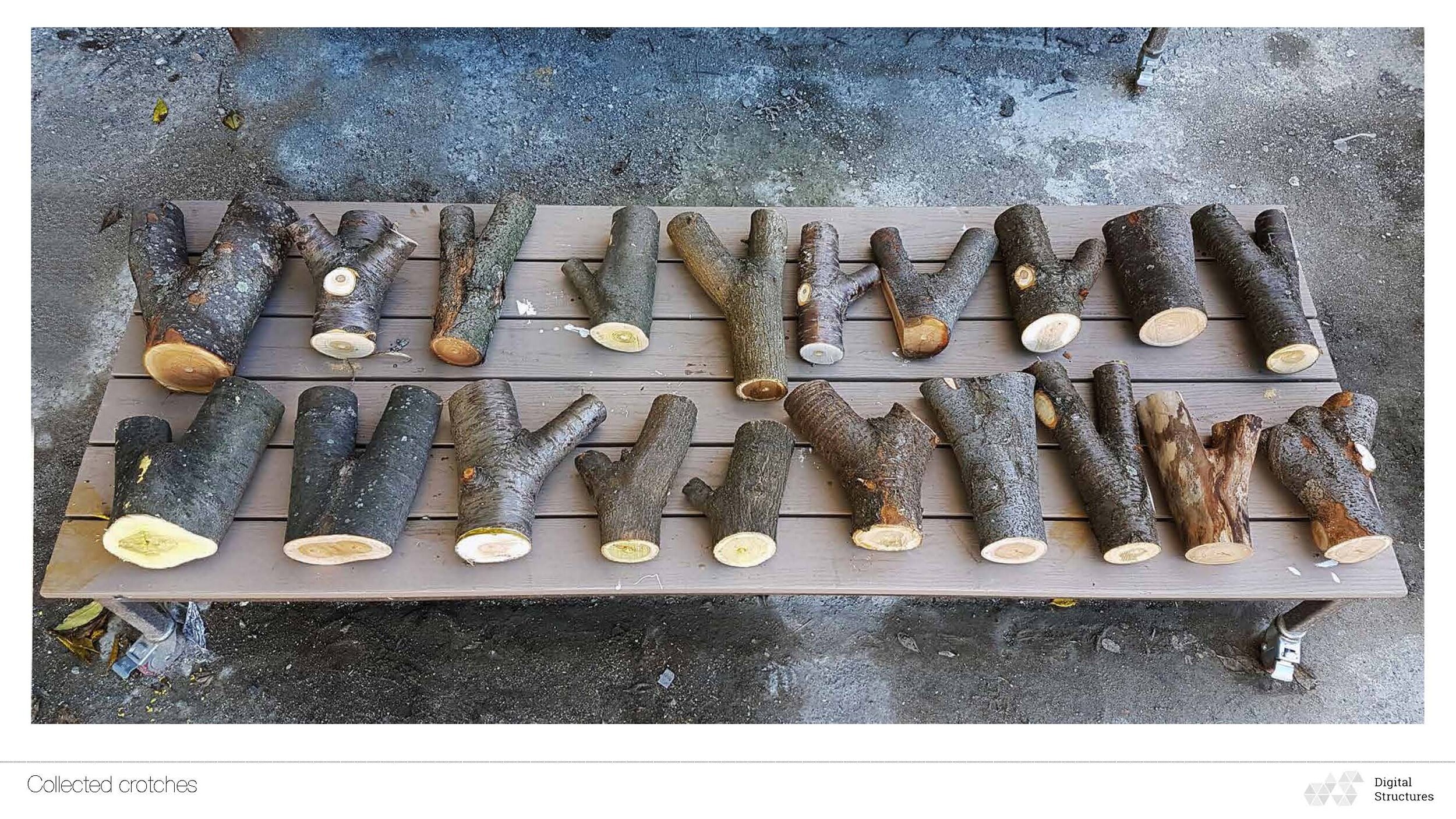
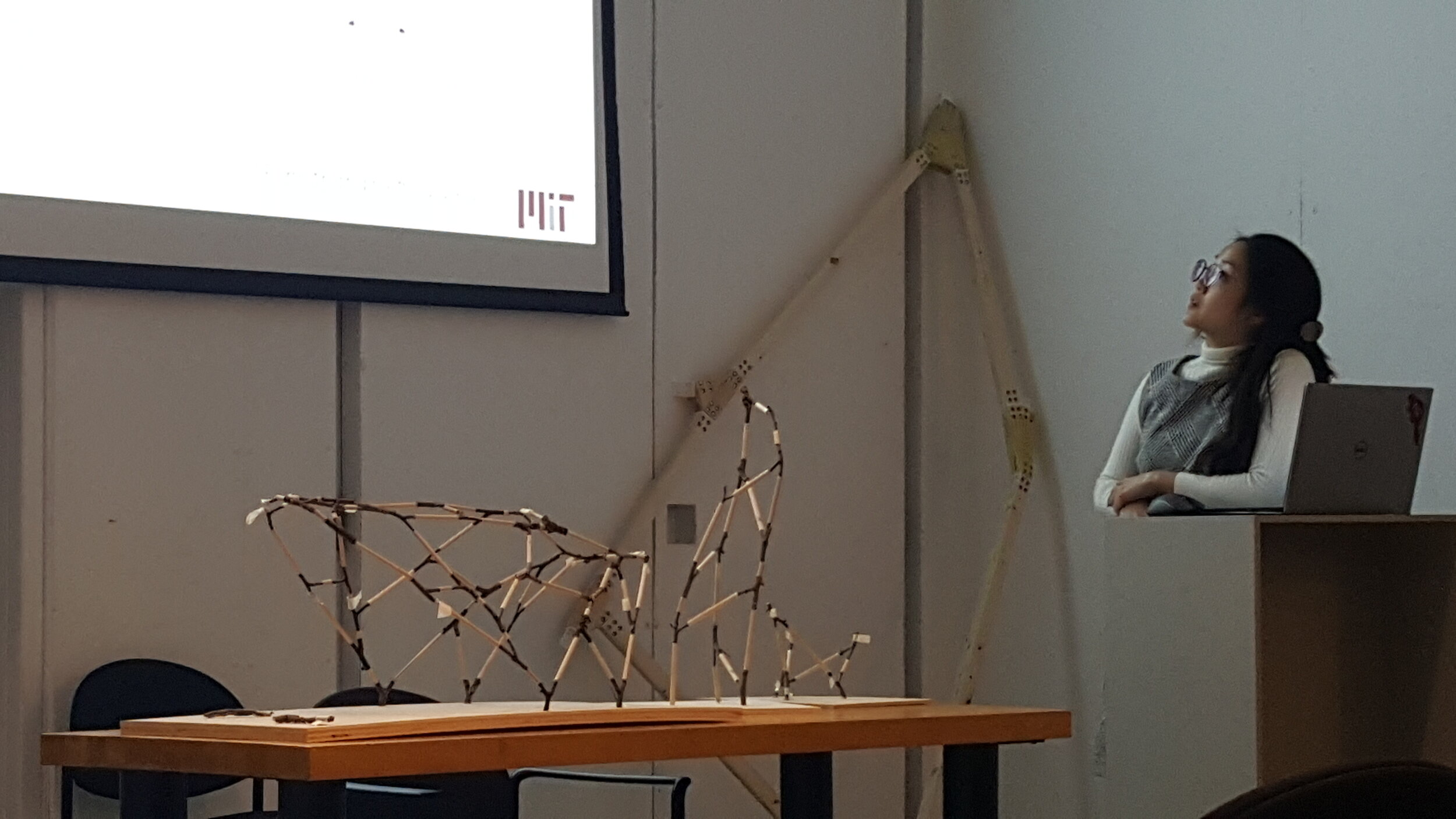


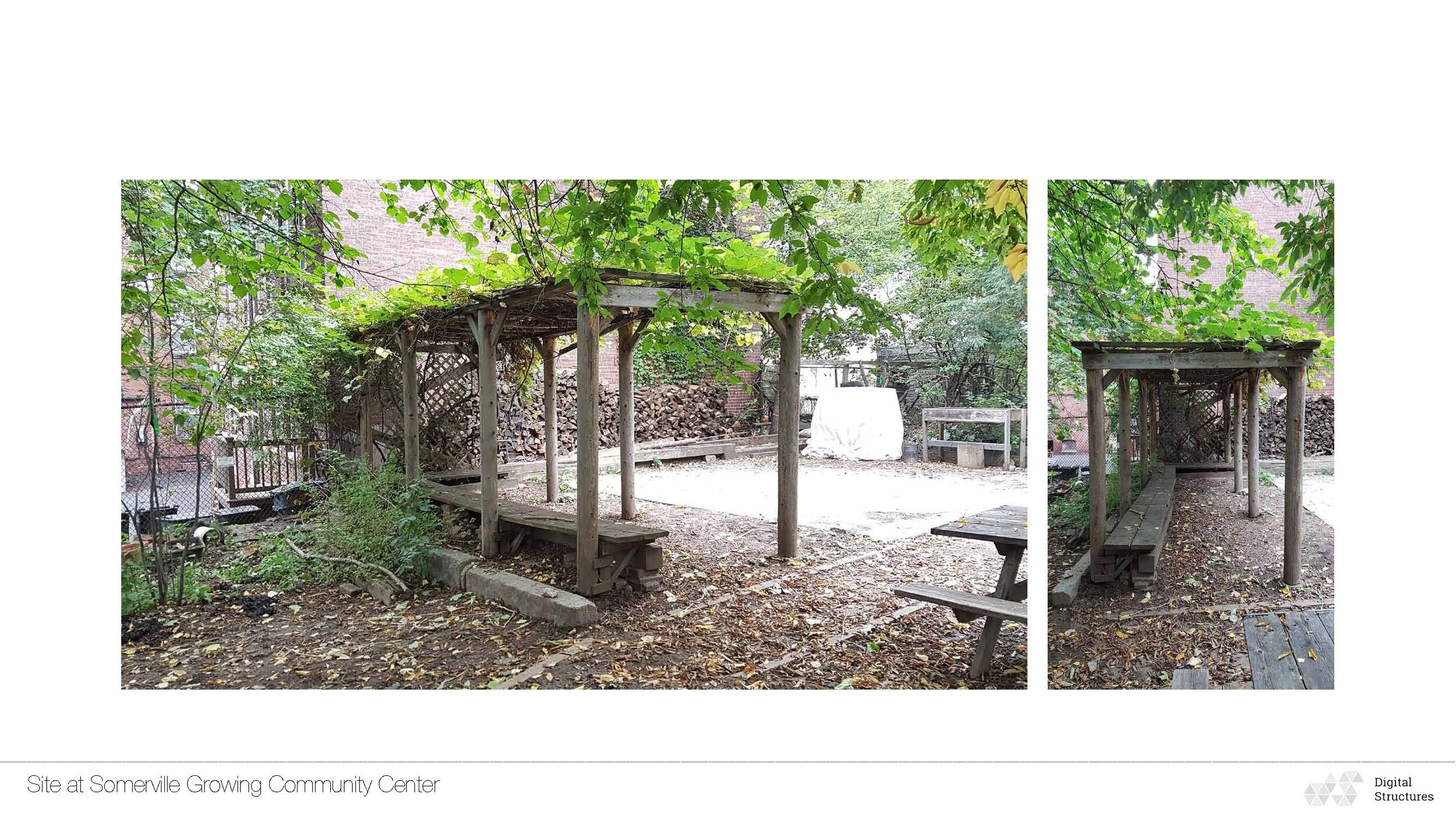
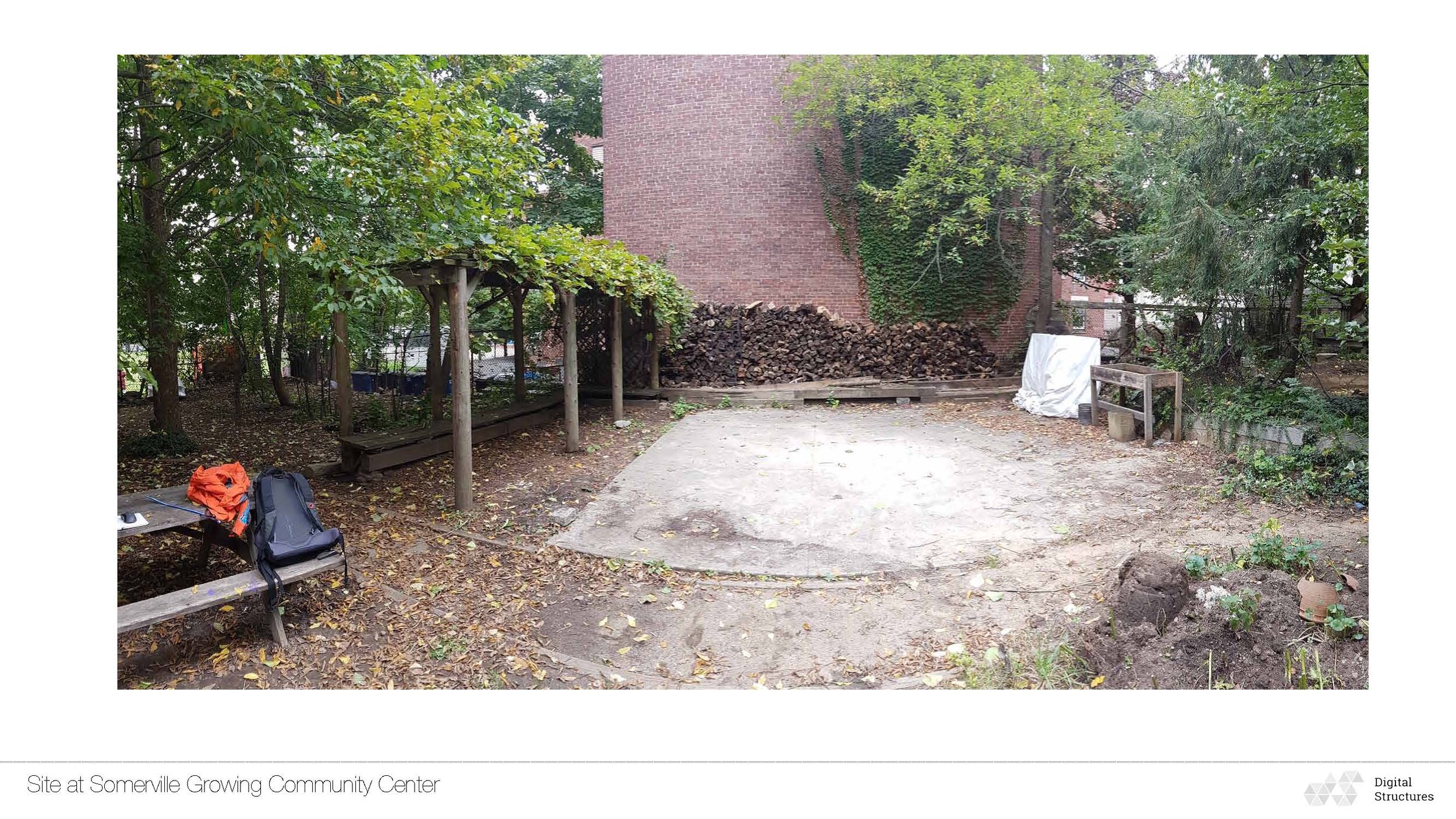
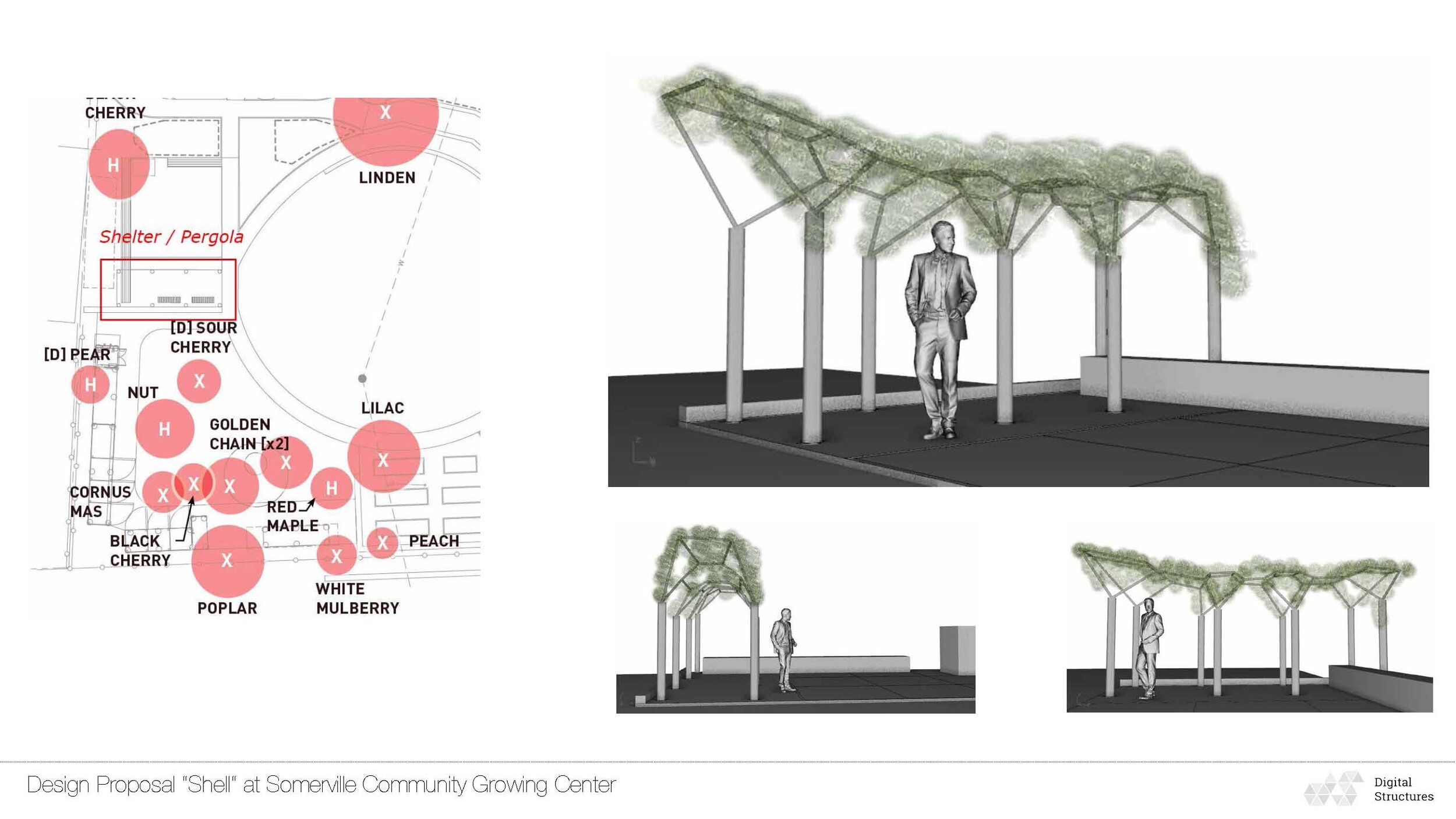
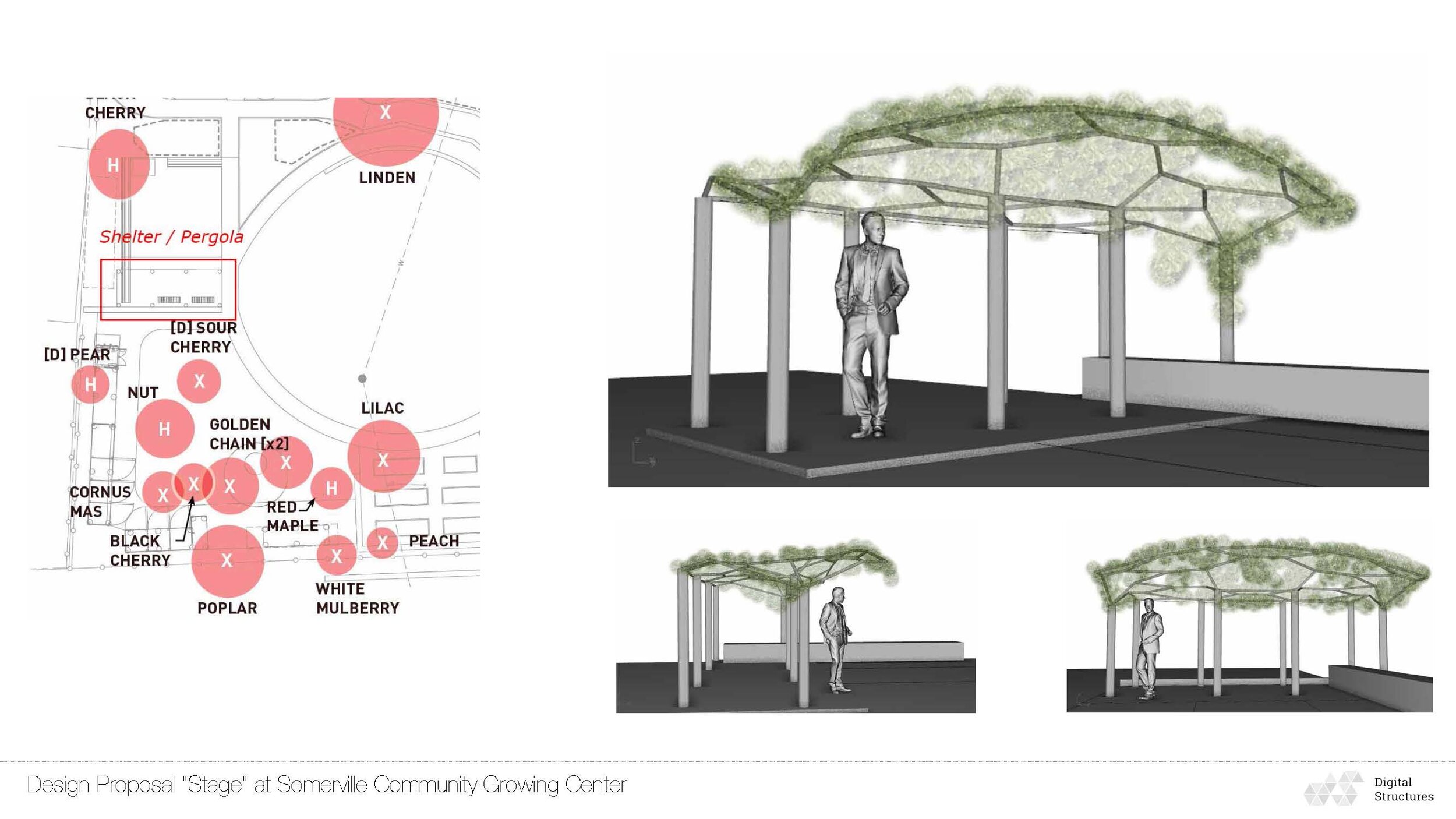
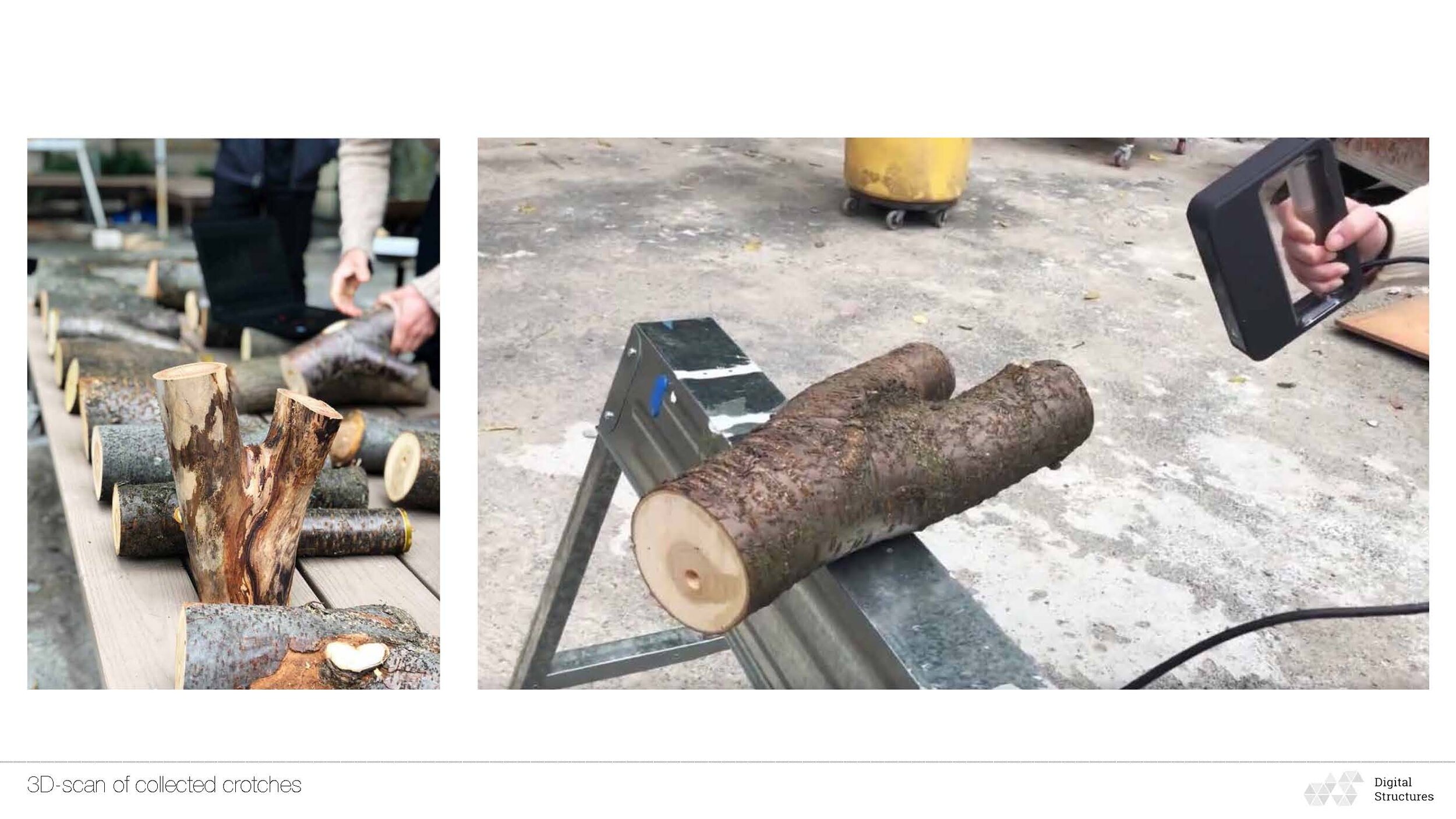
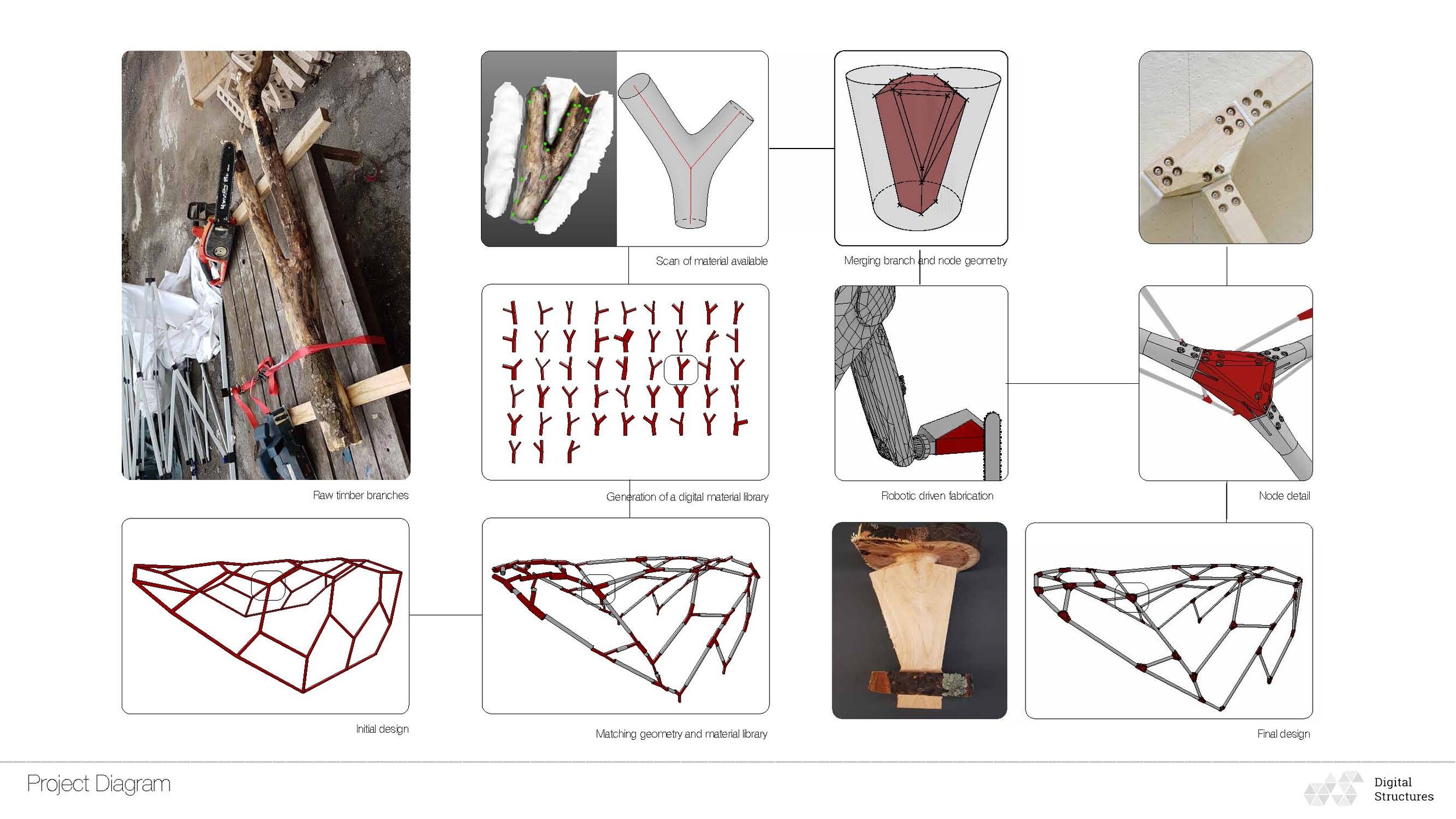
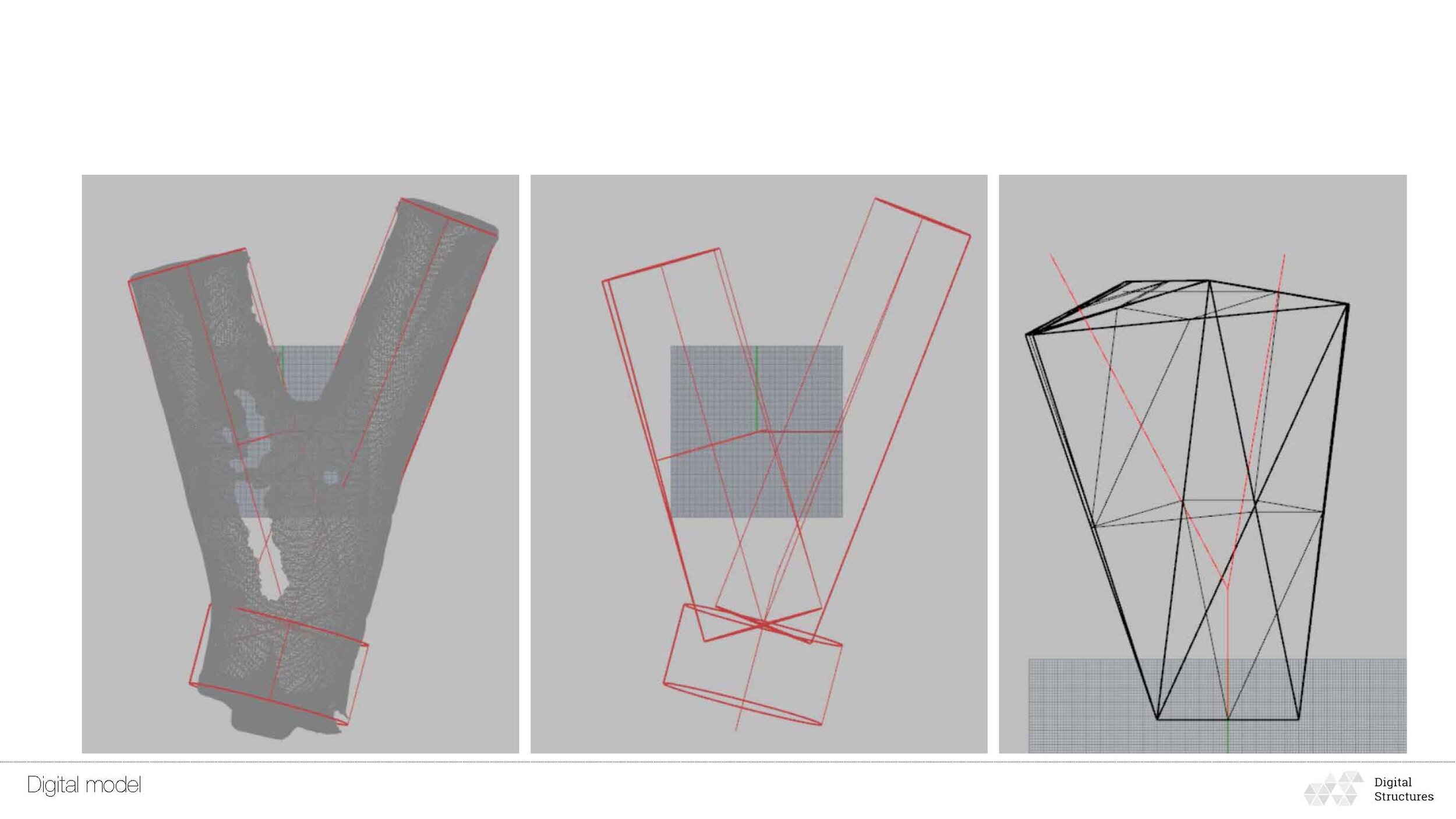

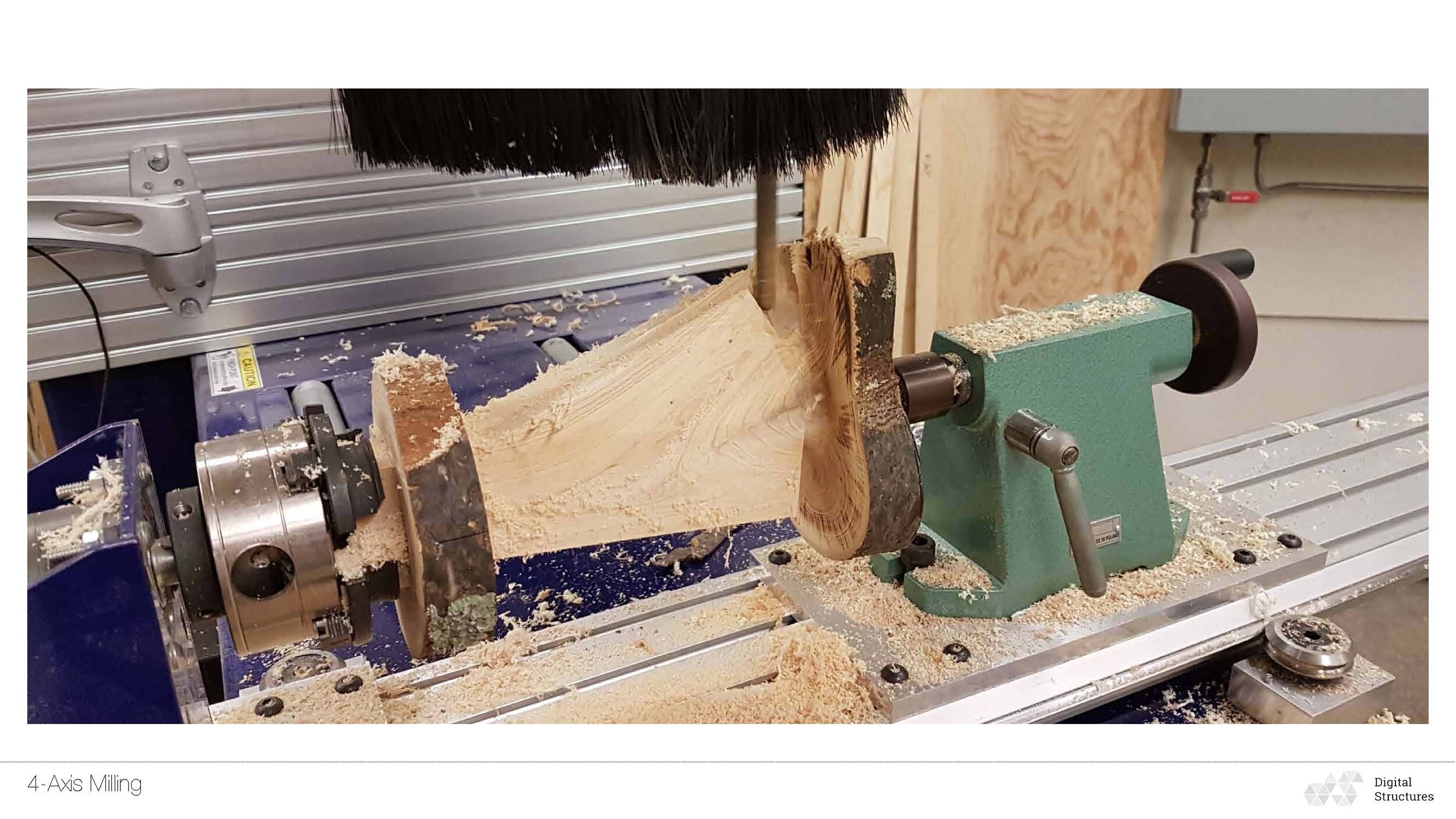
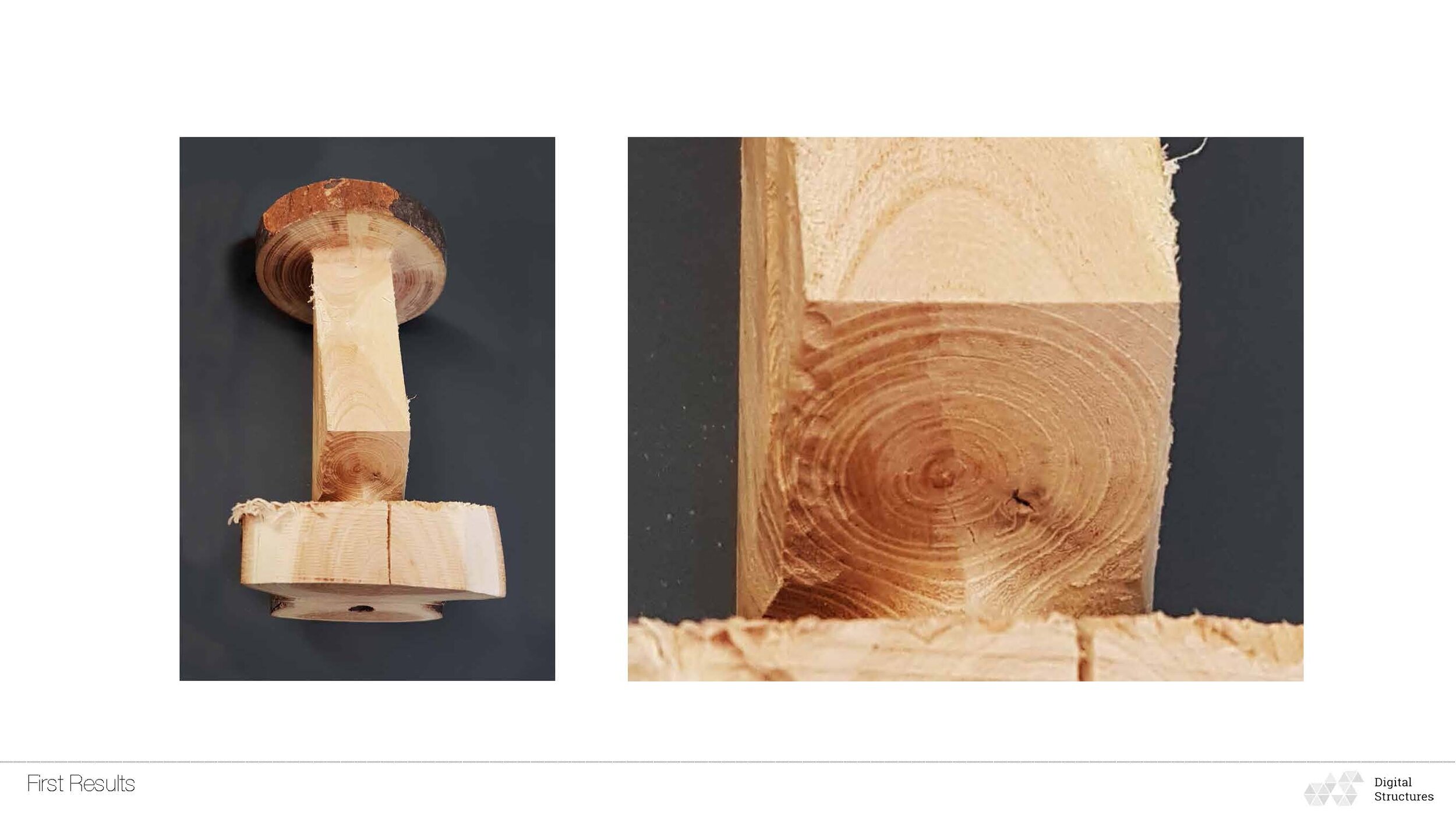
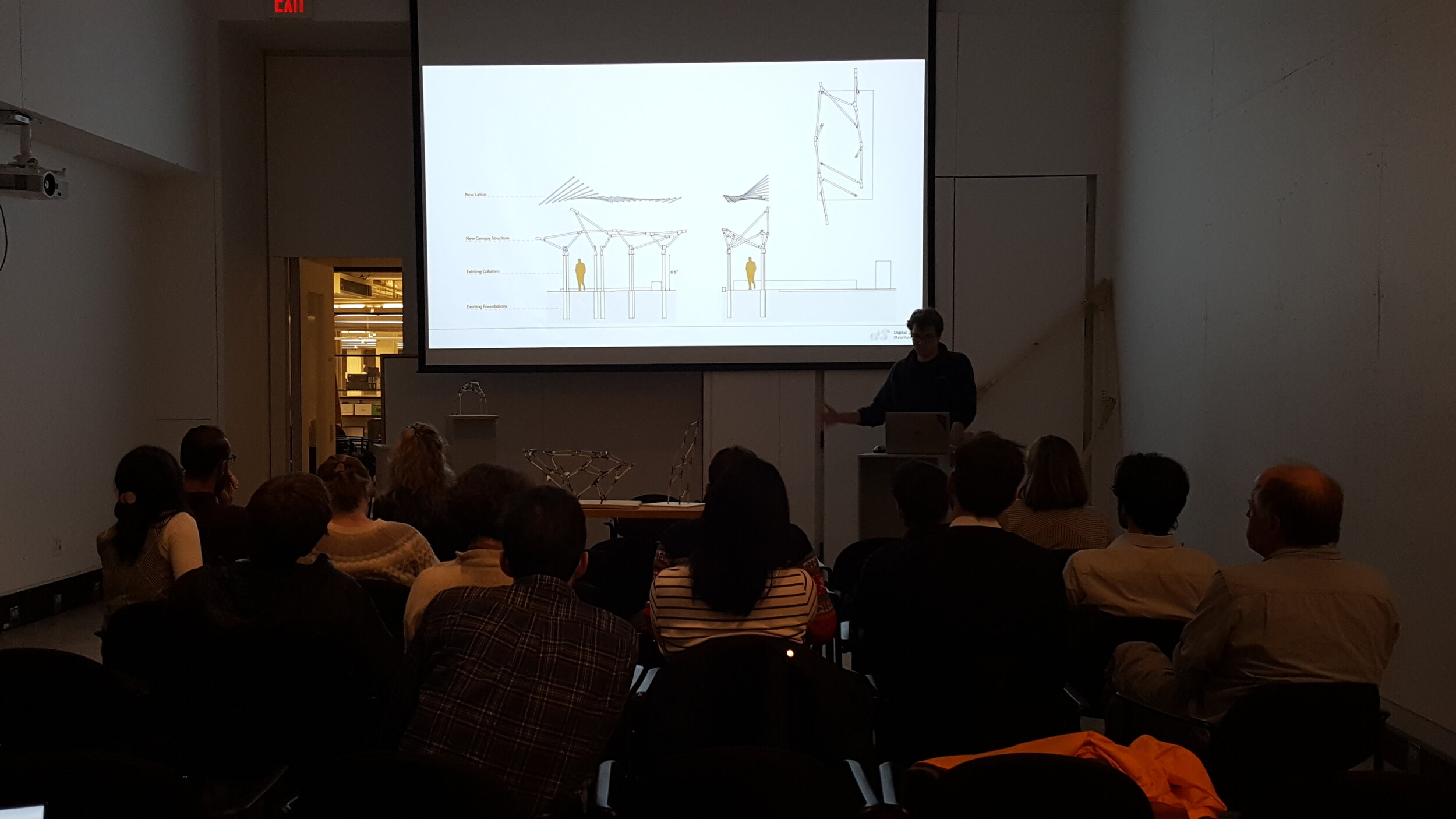
Somerville High School Vocational Department, 2018-19
Special thanks to Anthony Vecchiarello, Mario Sousa, Belko Landscape Contracting and students for working with us to complete the metal work for the composting station, fire wood rack, garden hose holder and apiary safety fence. They pulled off an amazing feat during a time when their shop was in the middle of relocation, as the high school is also under renovation.
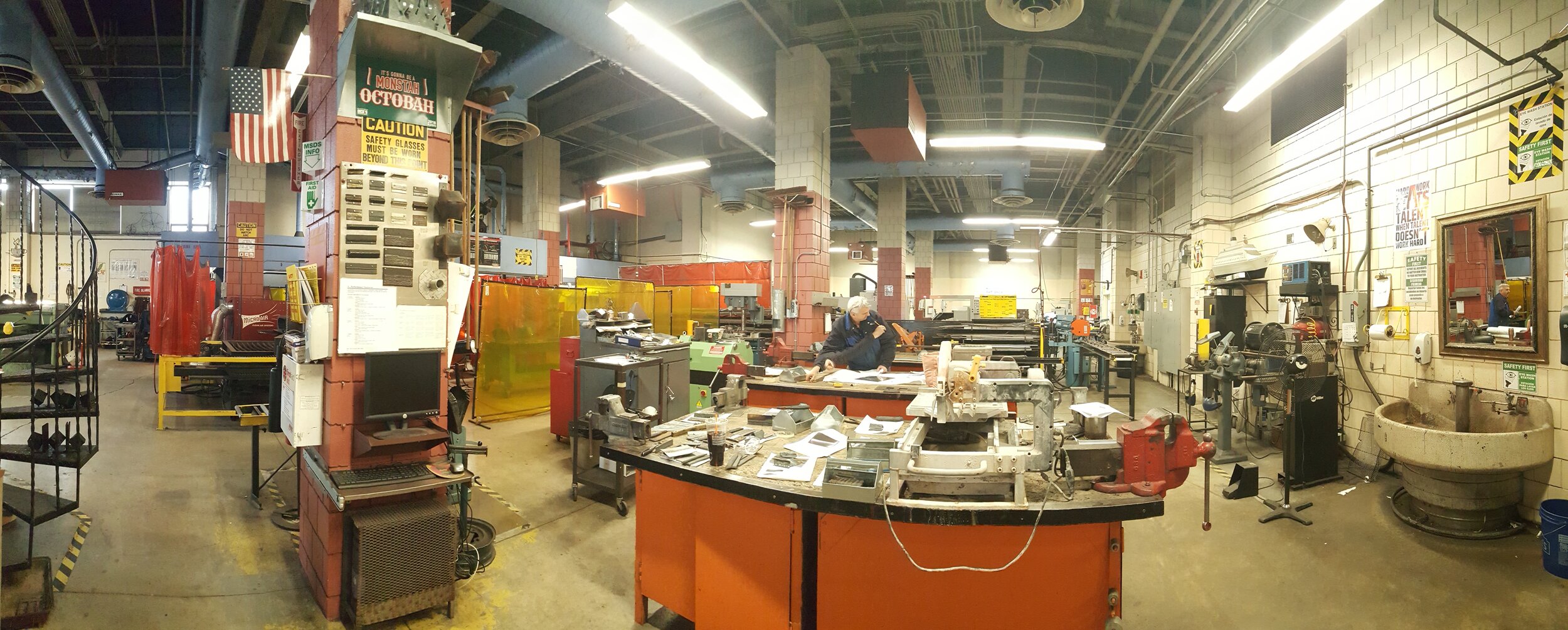
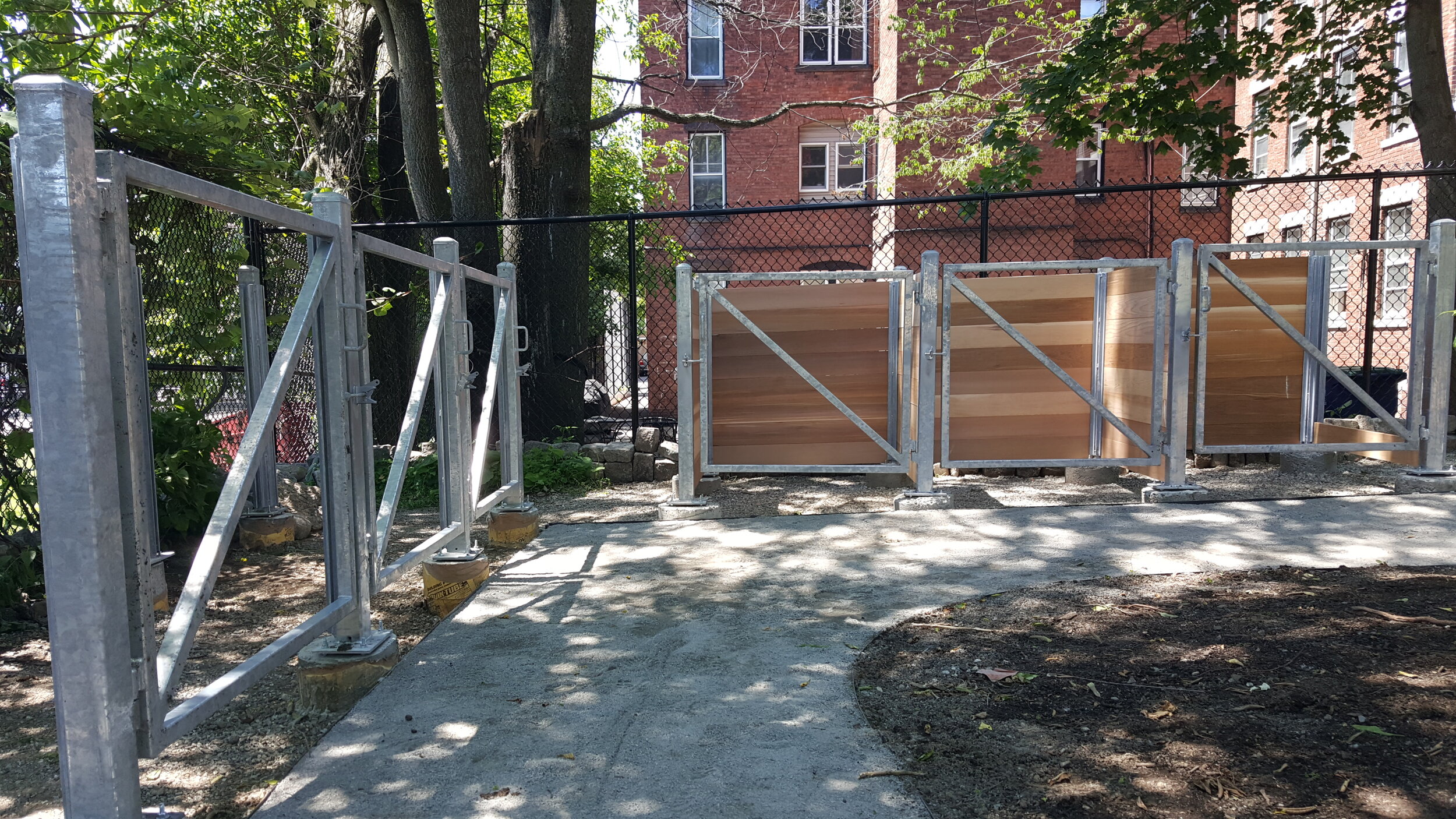
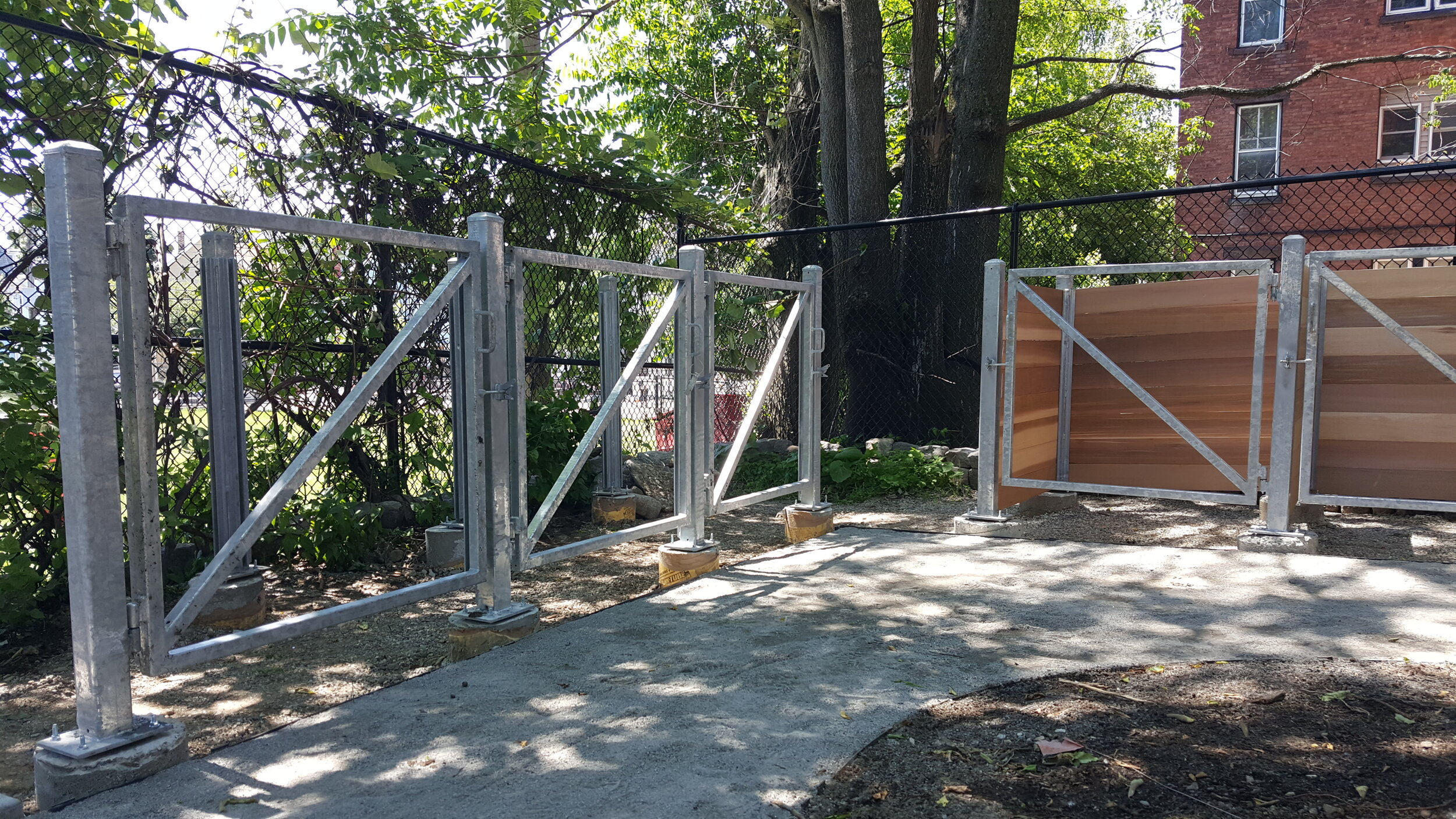
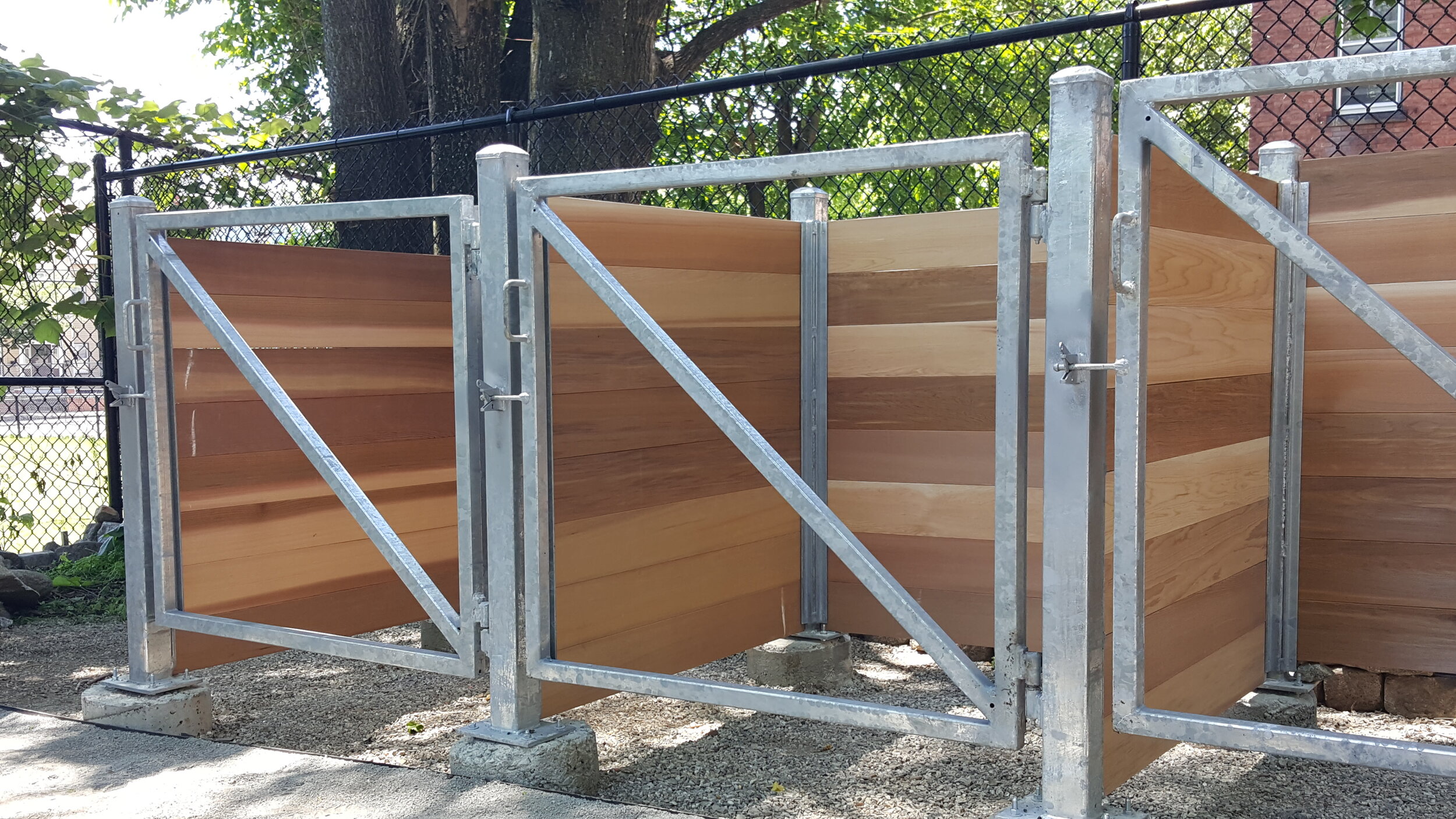
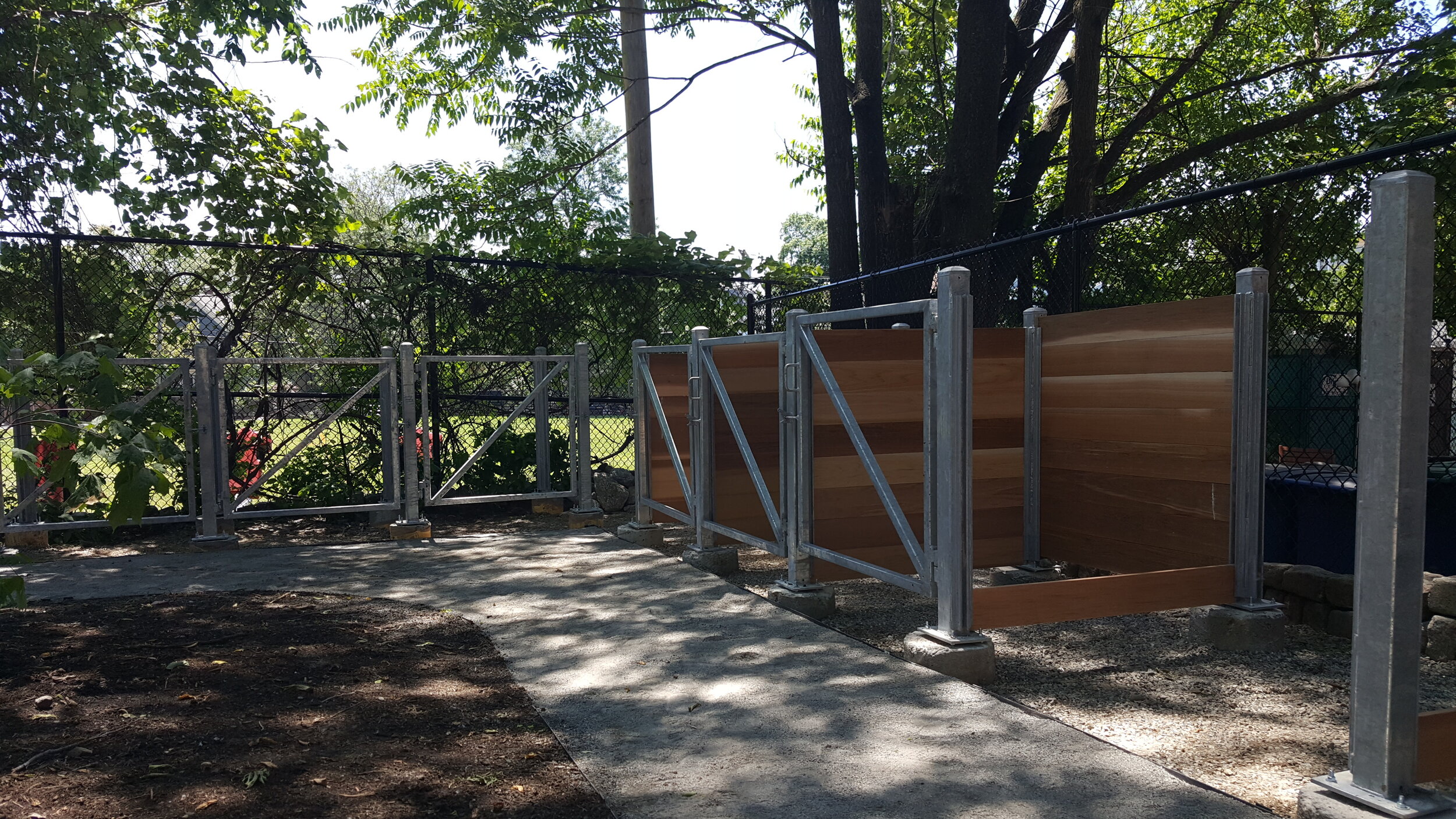
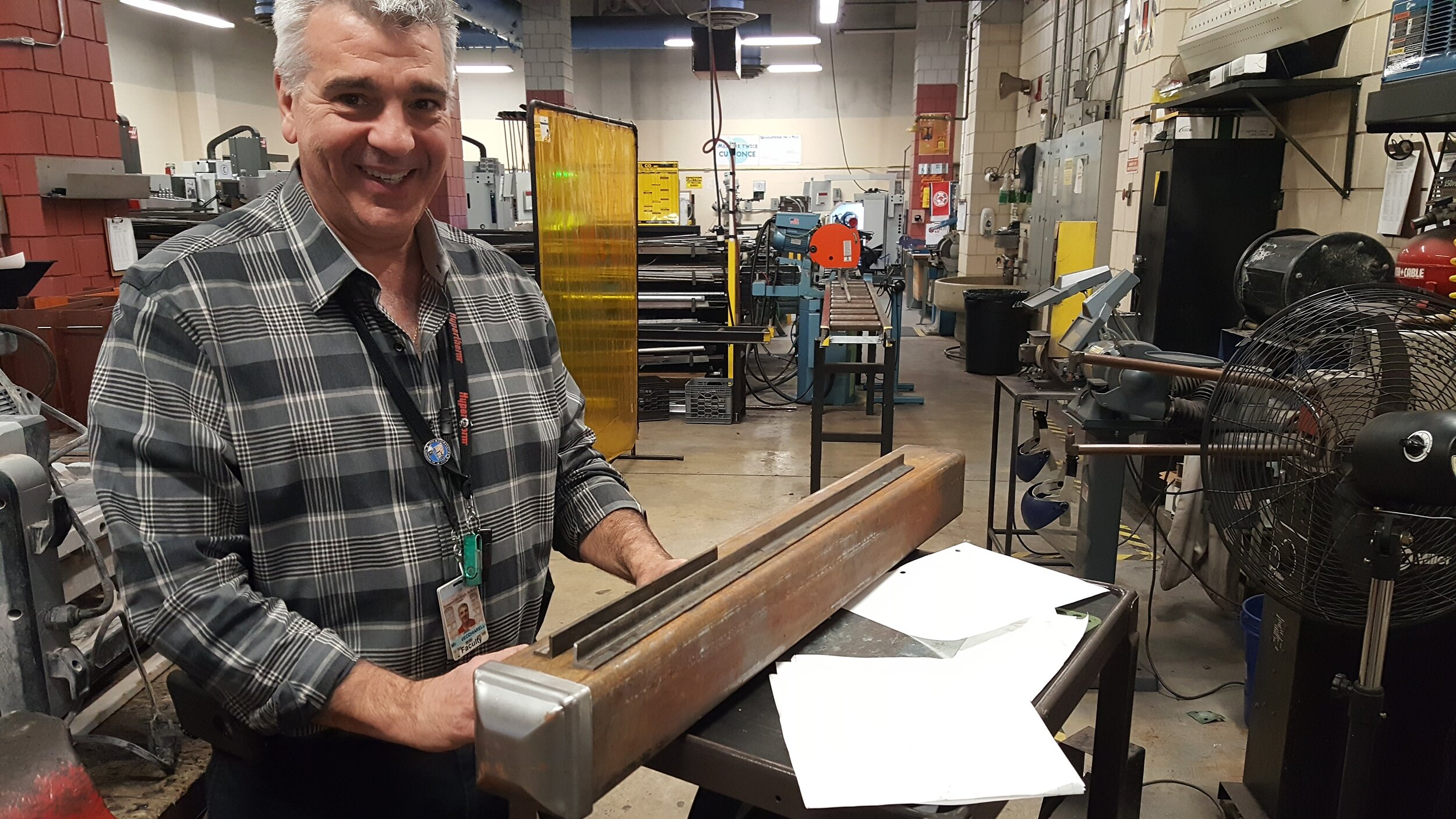
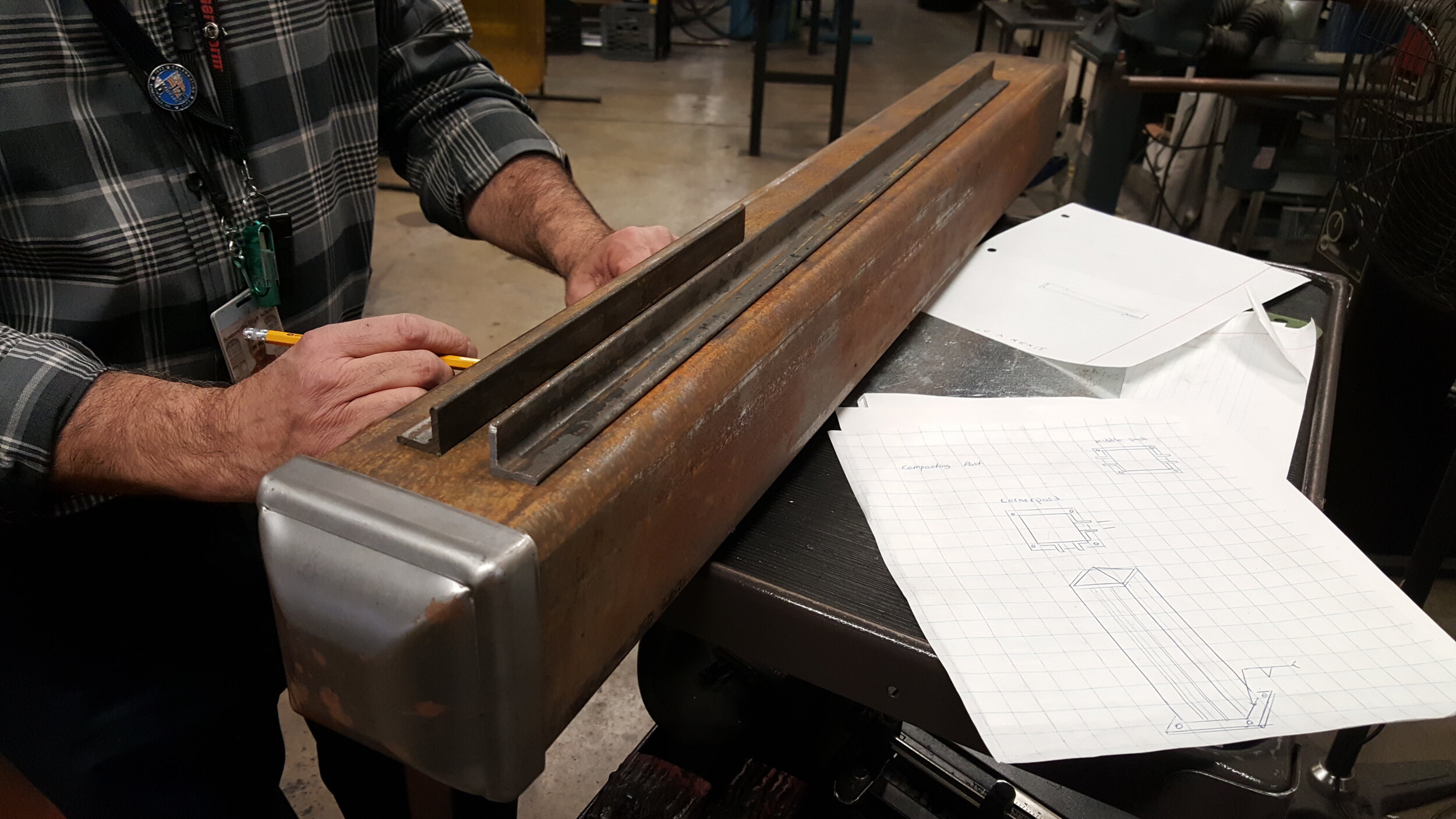
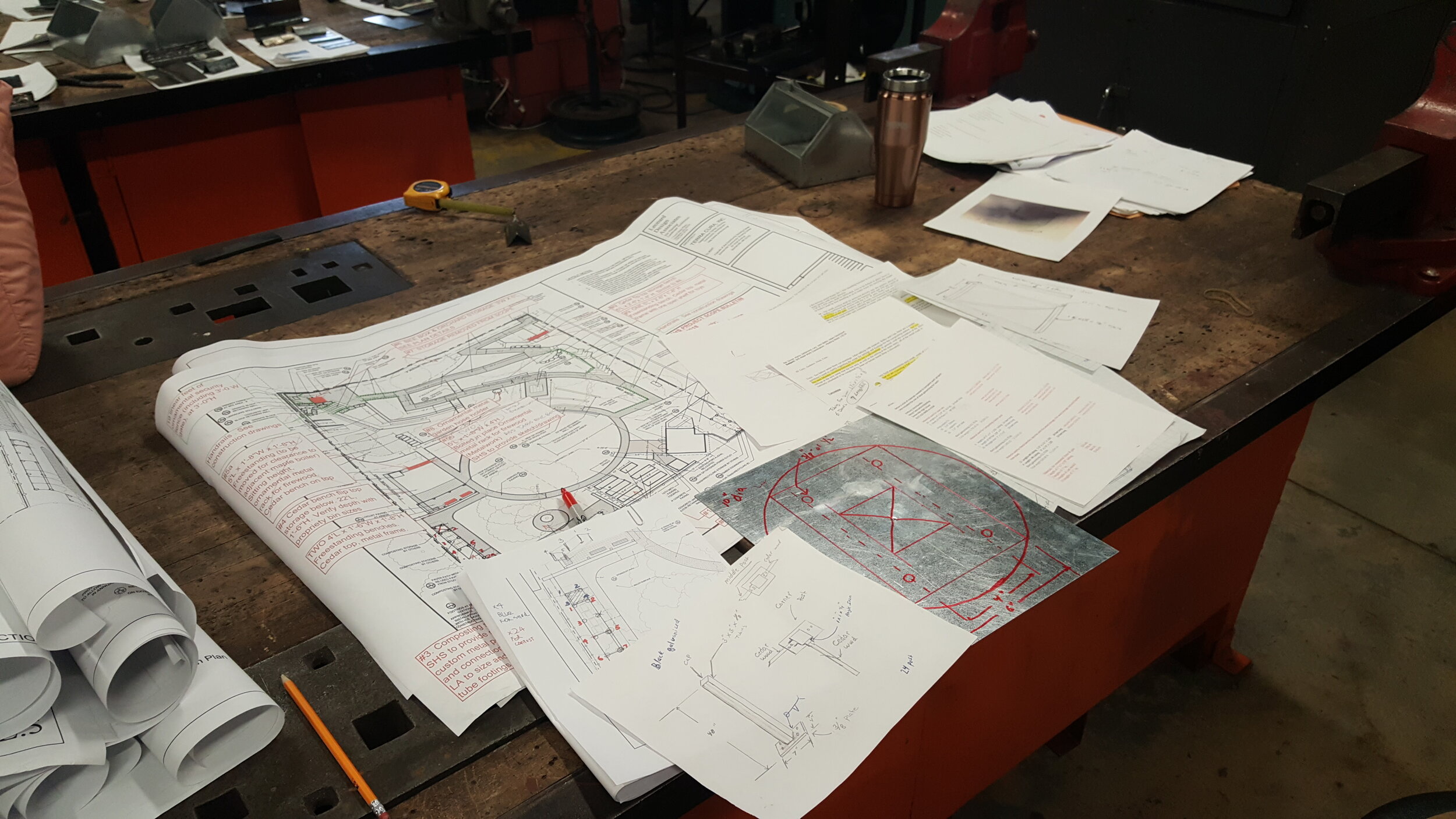
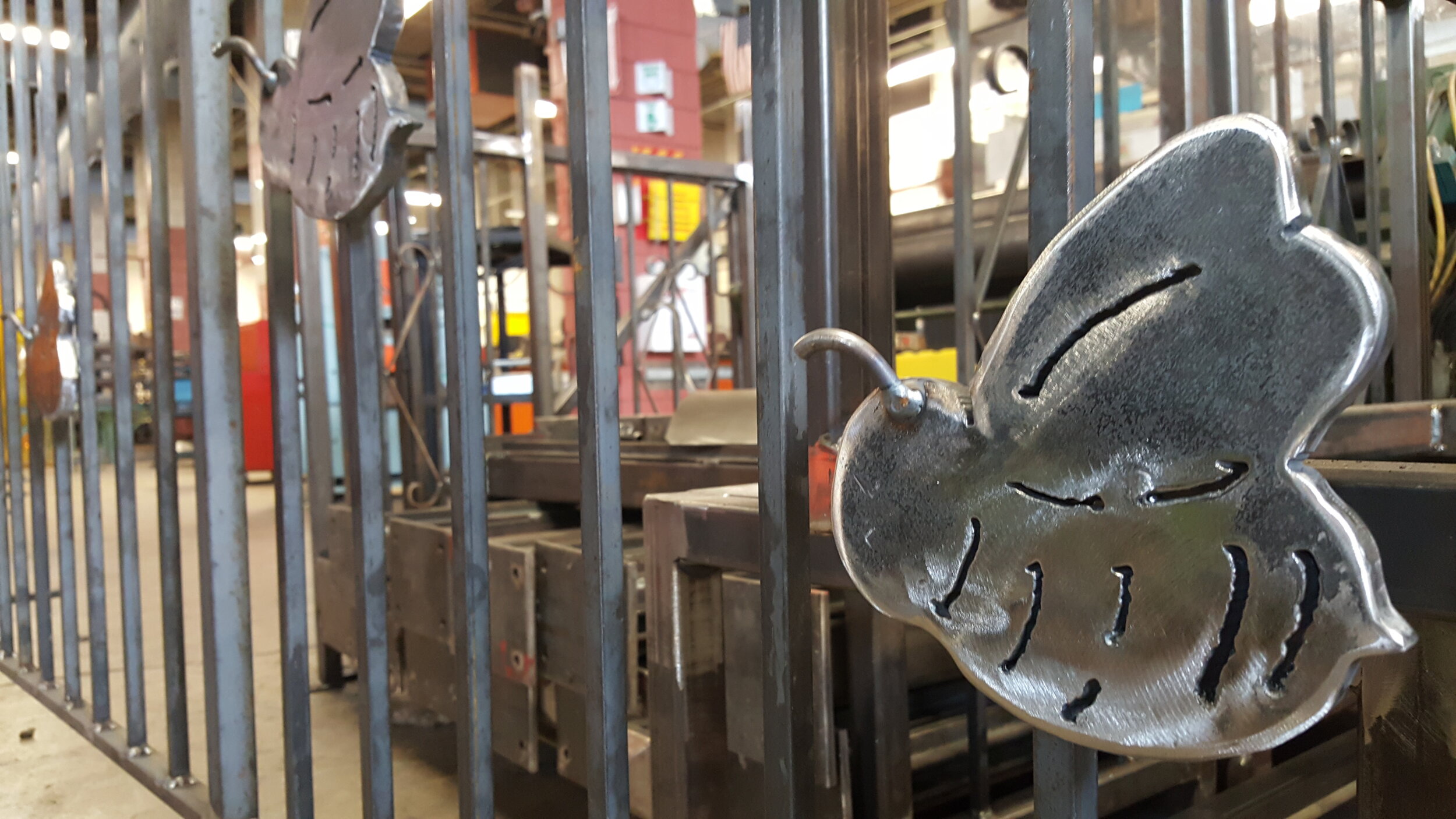
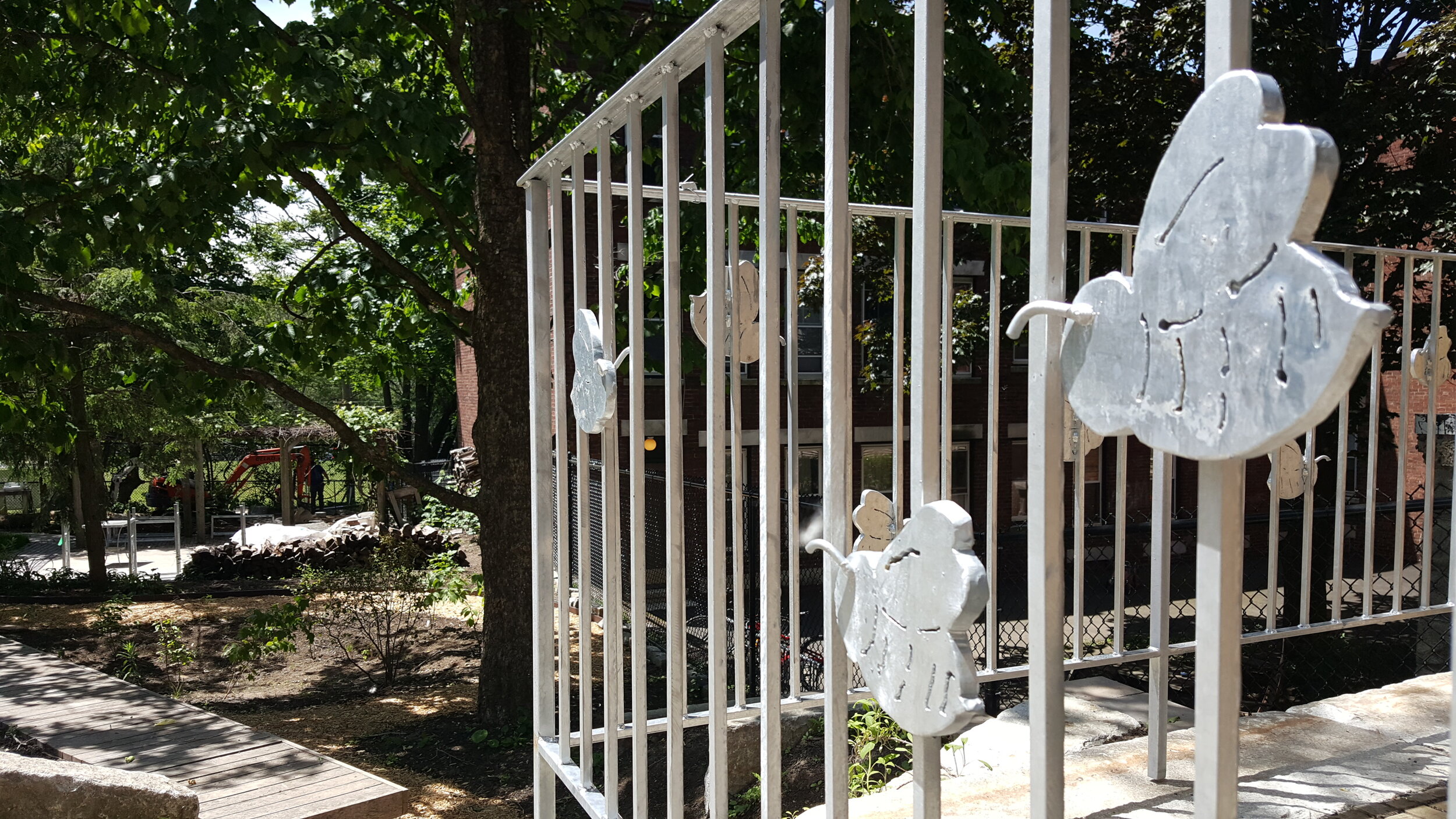
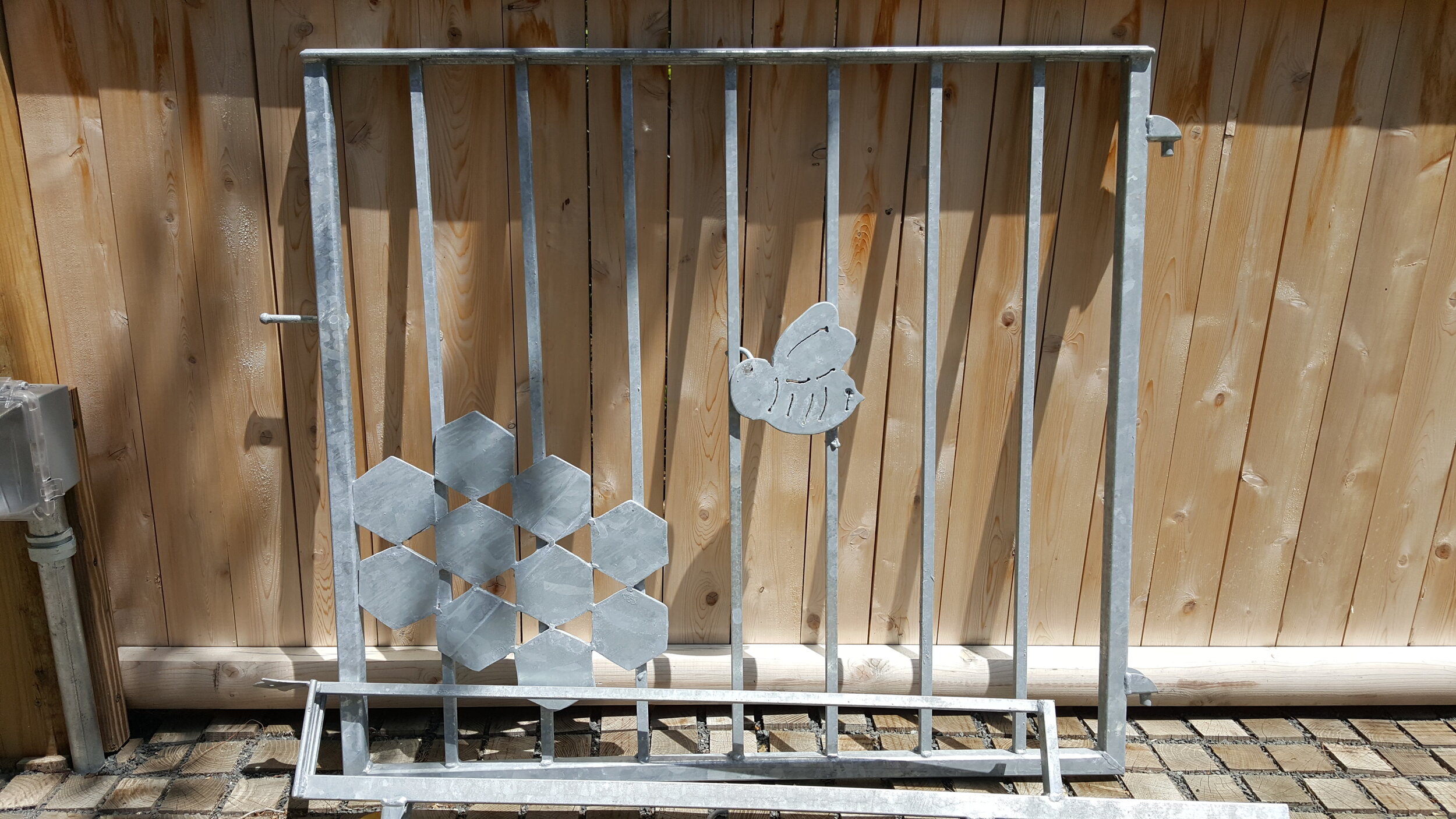


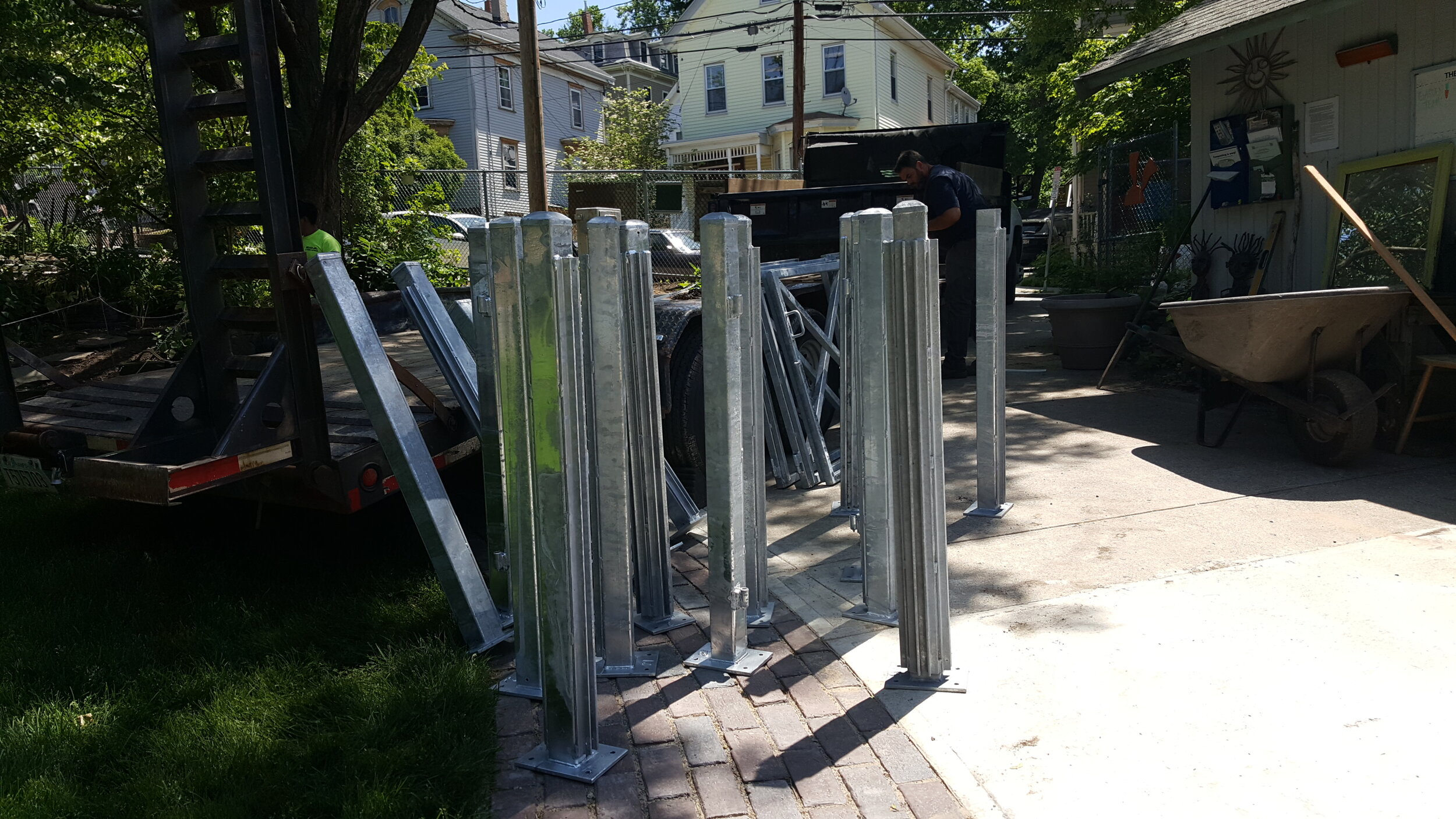
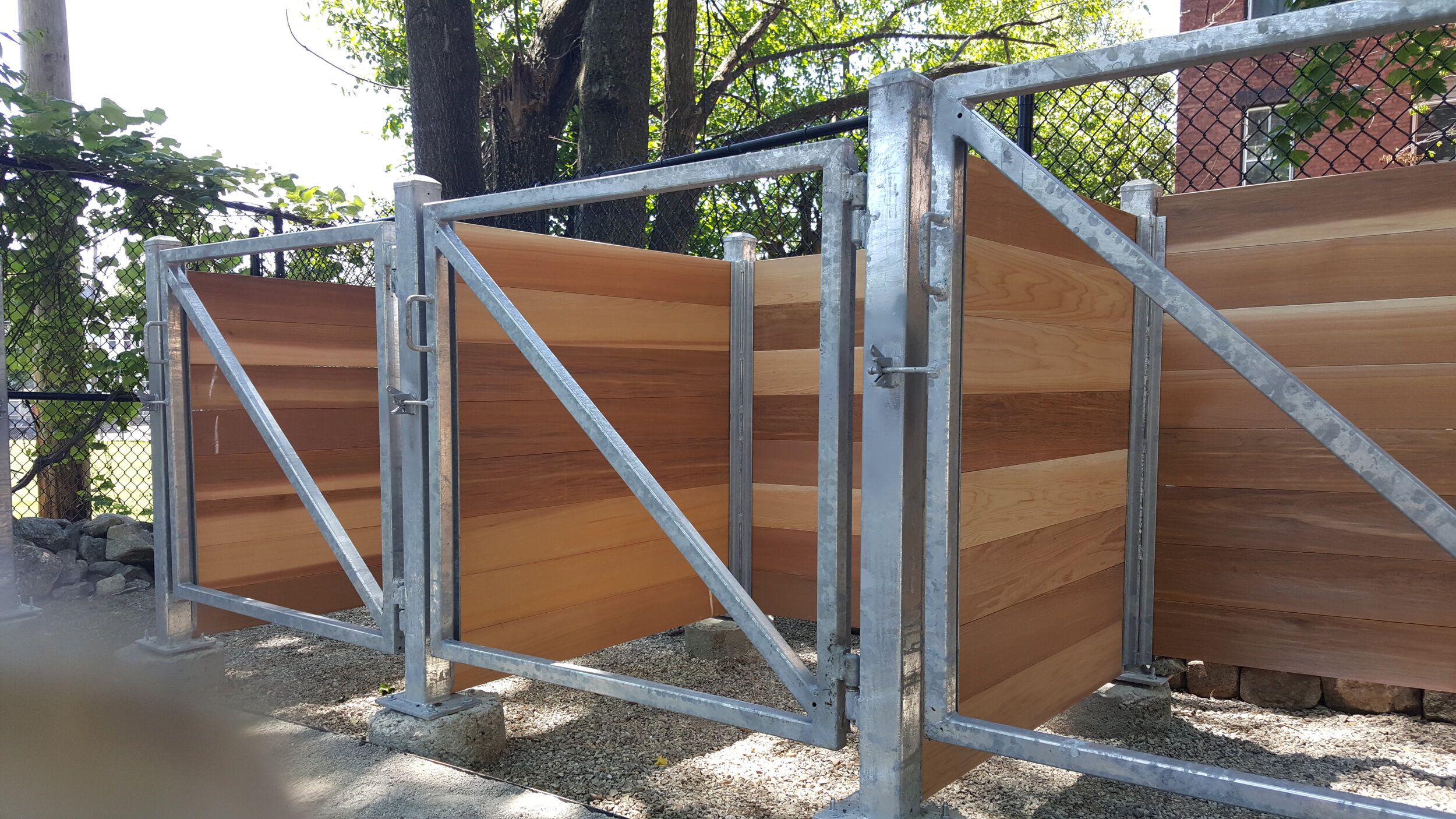
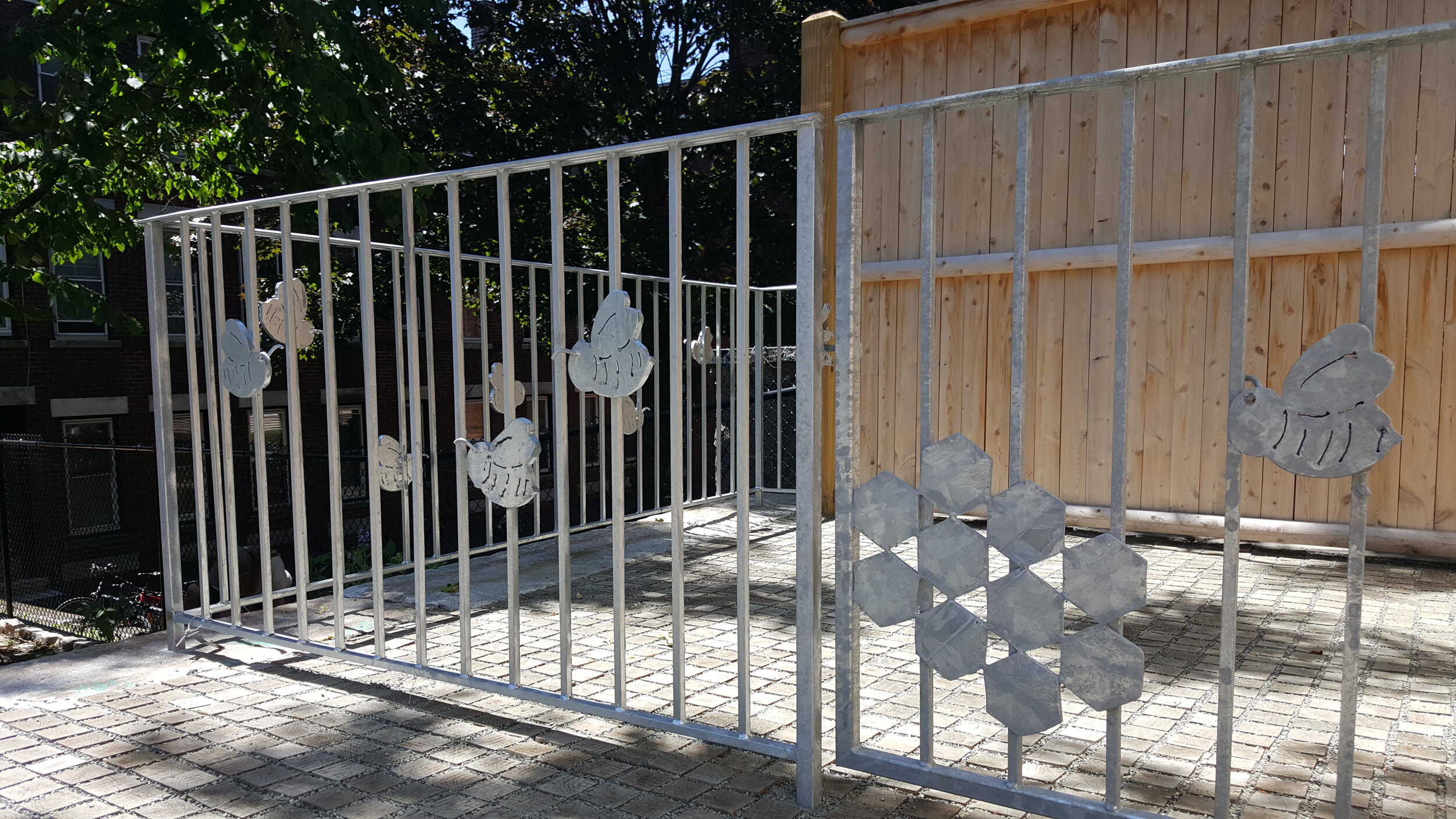
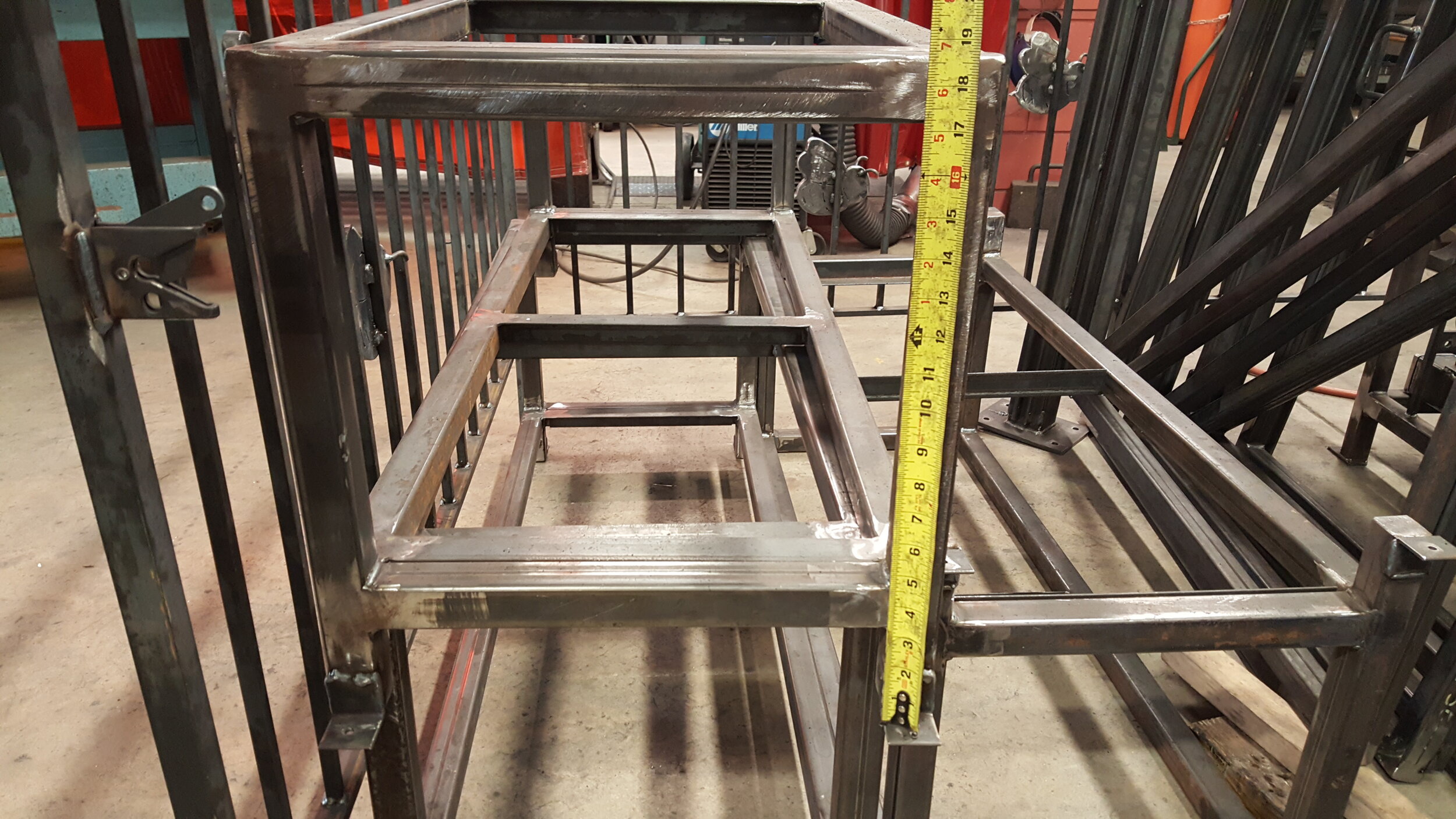

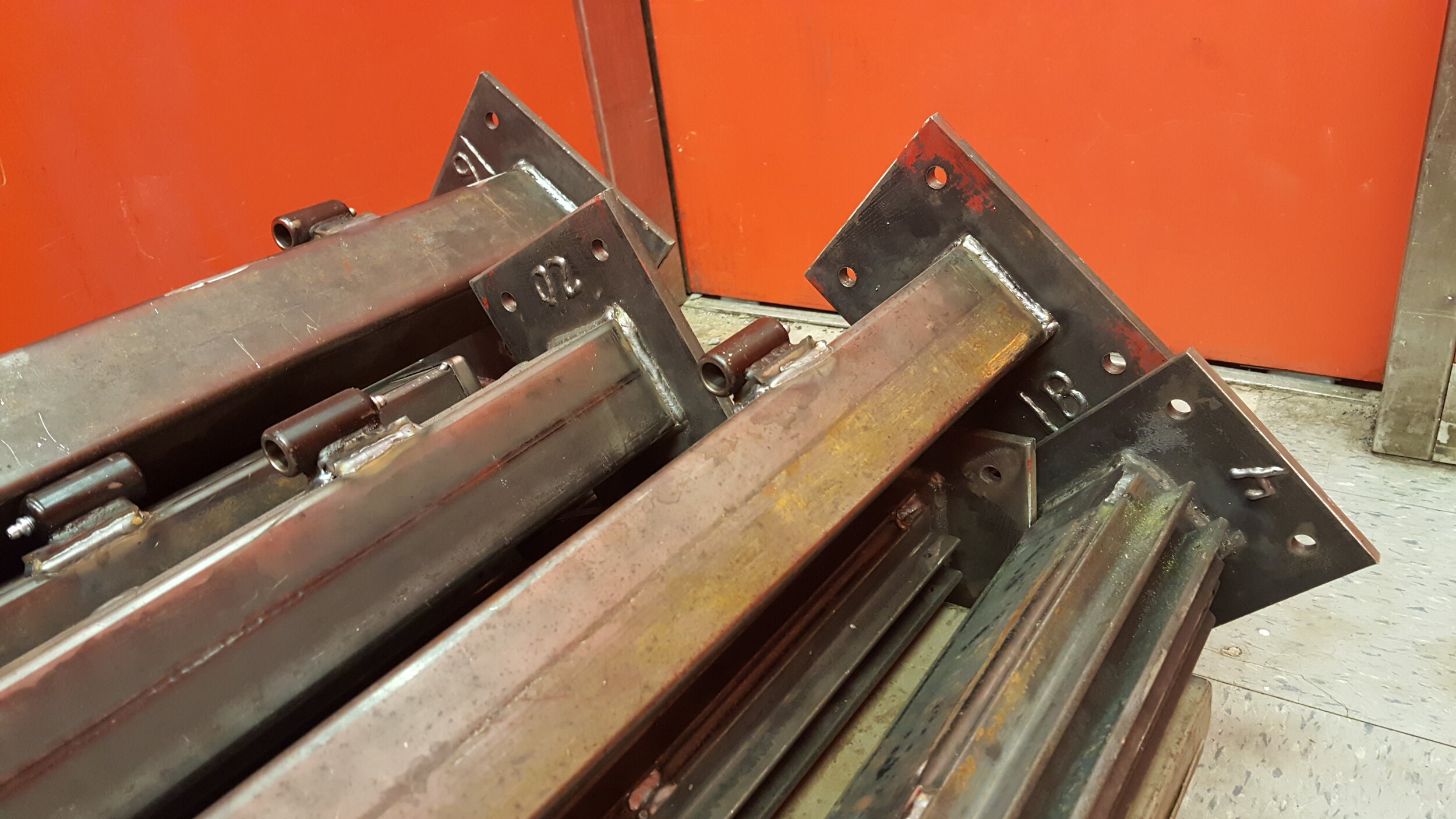
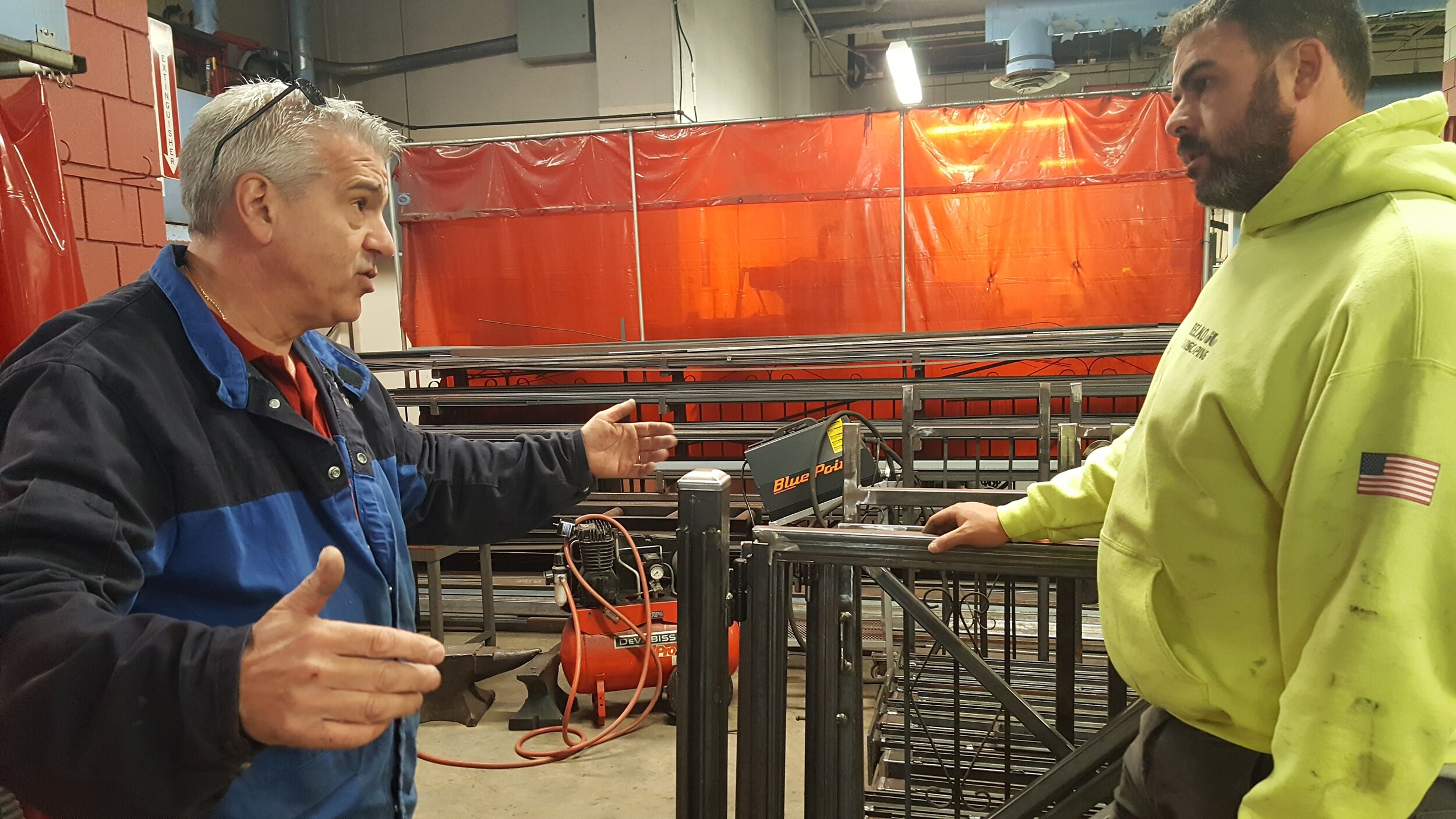
Massachusetts College of Art and Design
We believe that an important aspect of regeneration is about designing a polyculture of meaningful relationships. By aligning the site’s need for a new event space with the MassArt Community Build Program, Architecture graduate students and faculty members became part of a legacy of designers and fabricators. Despite challenges of COVID-19, we are grateful to be part of this facilitation process and hats off to the tremendous hard work that birthed an amazing pergola for educational events.
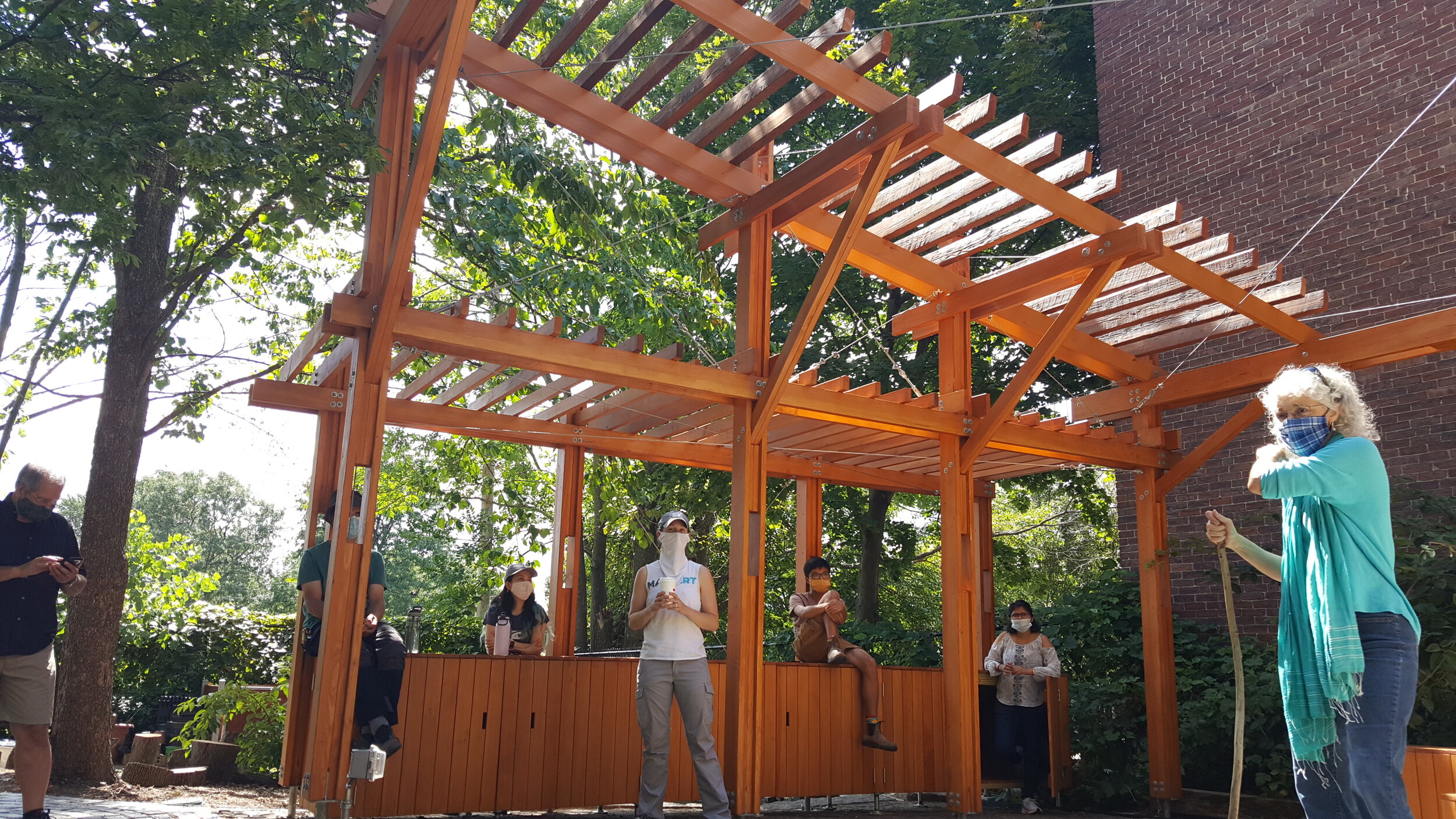
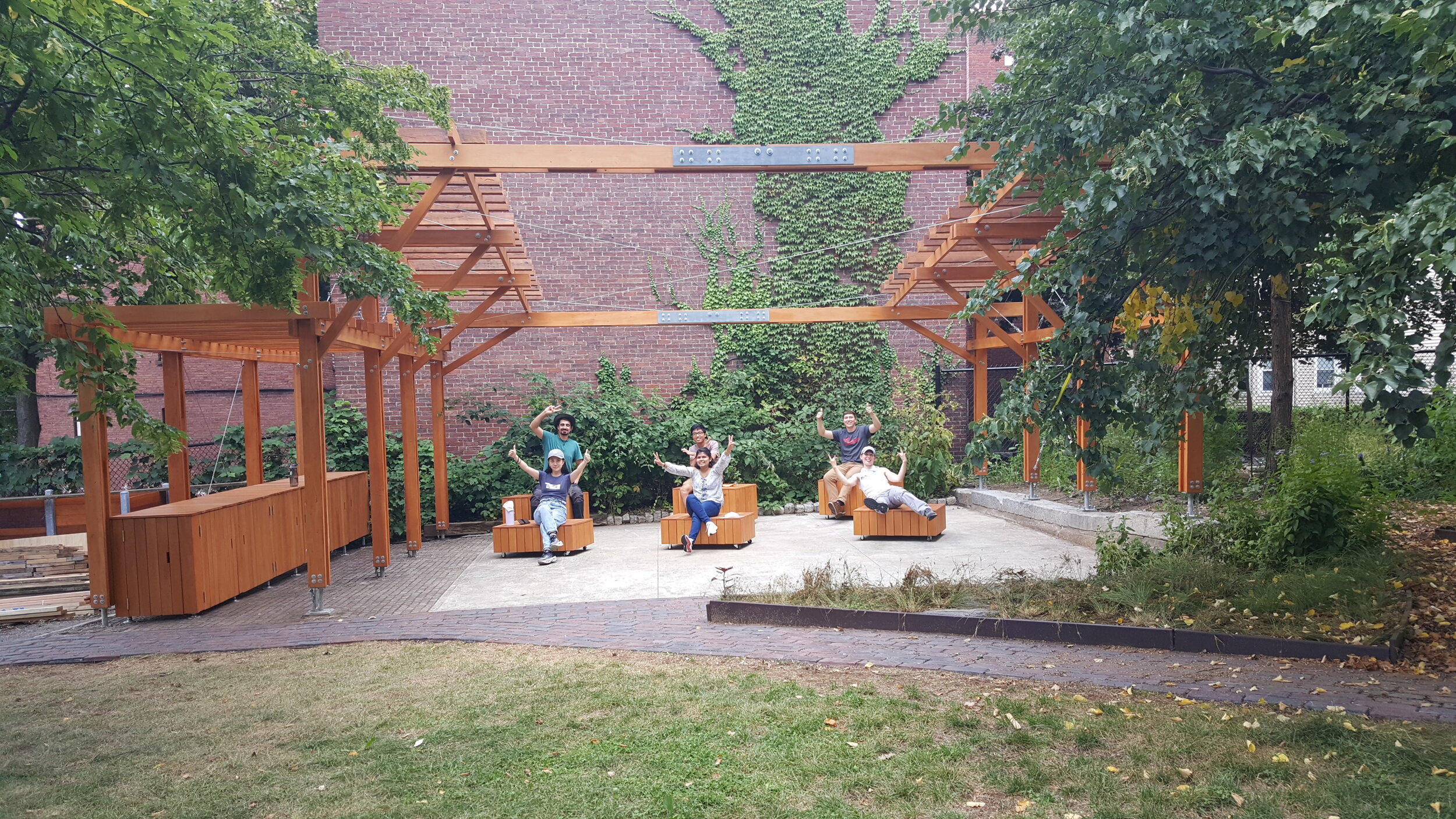
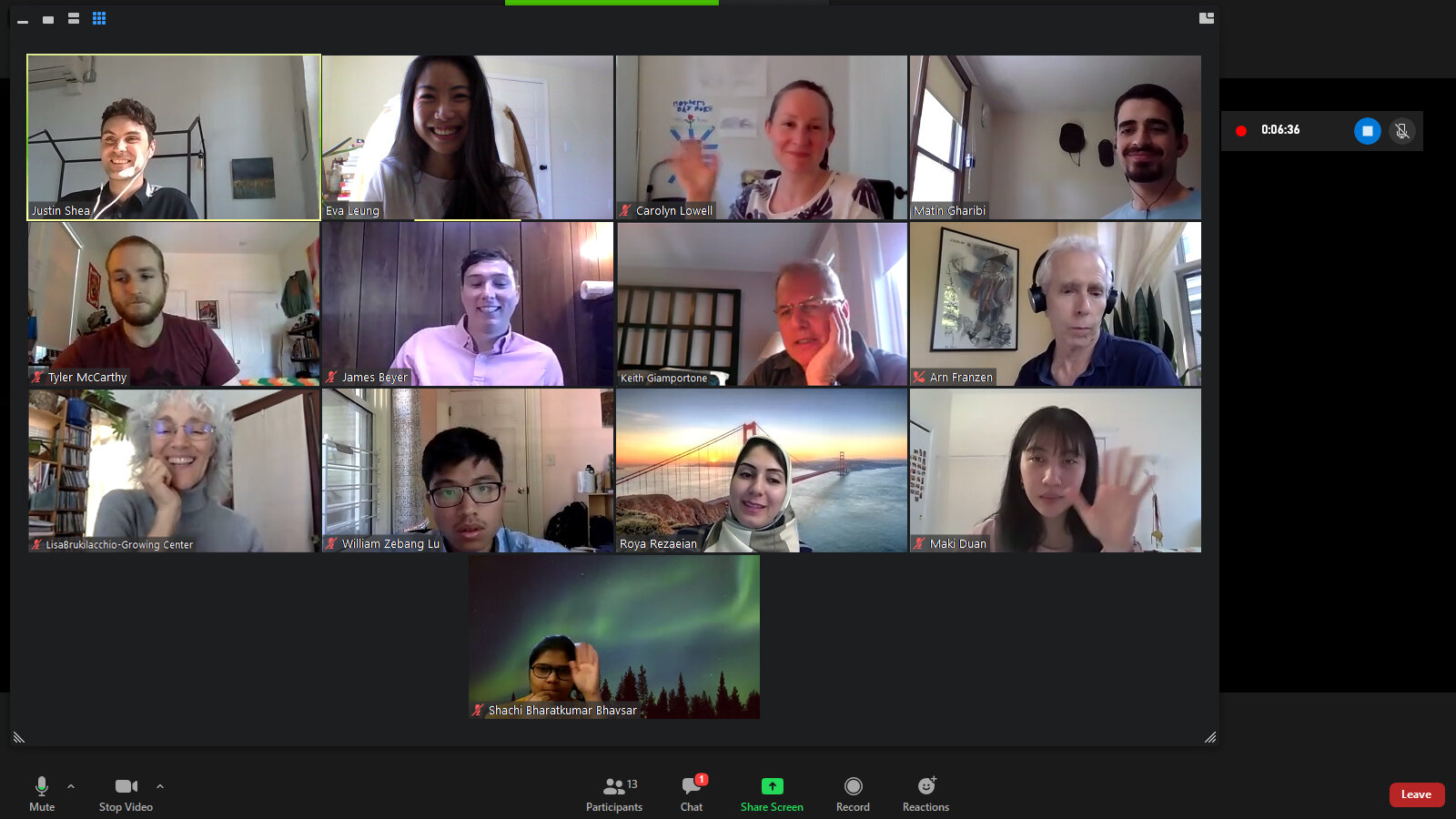
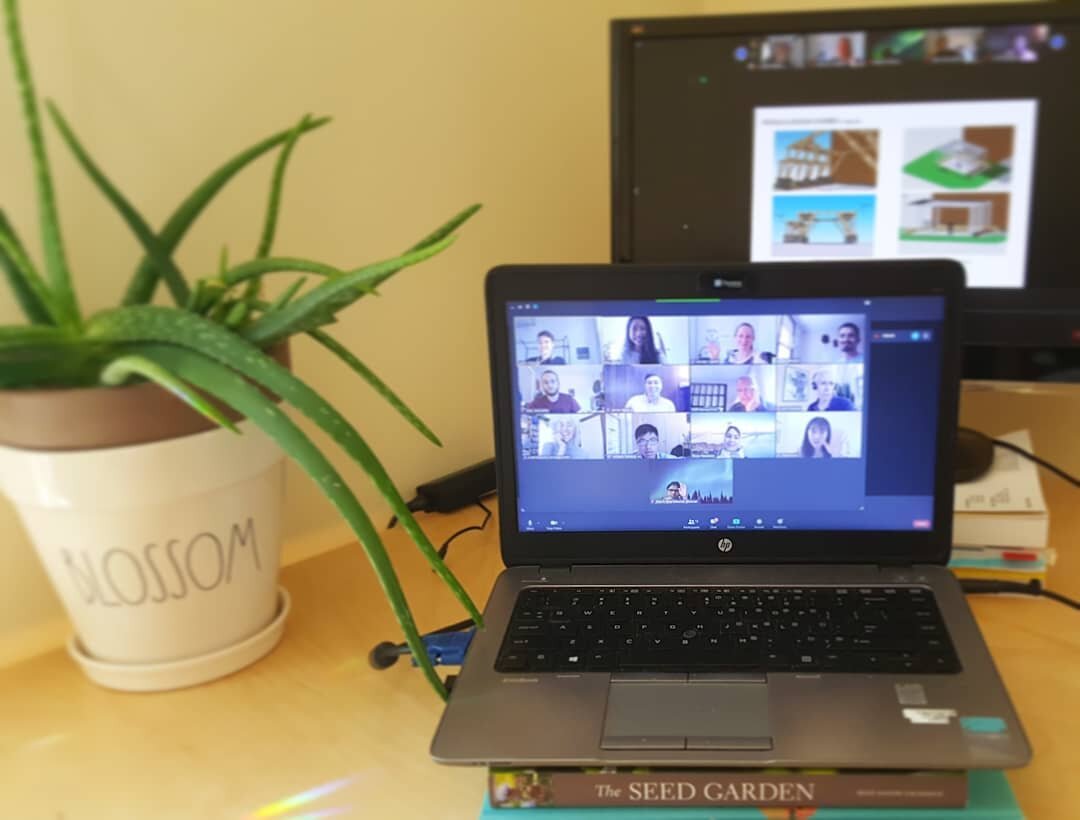
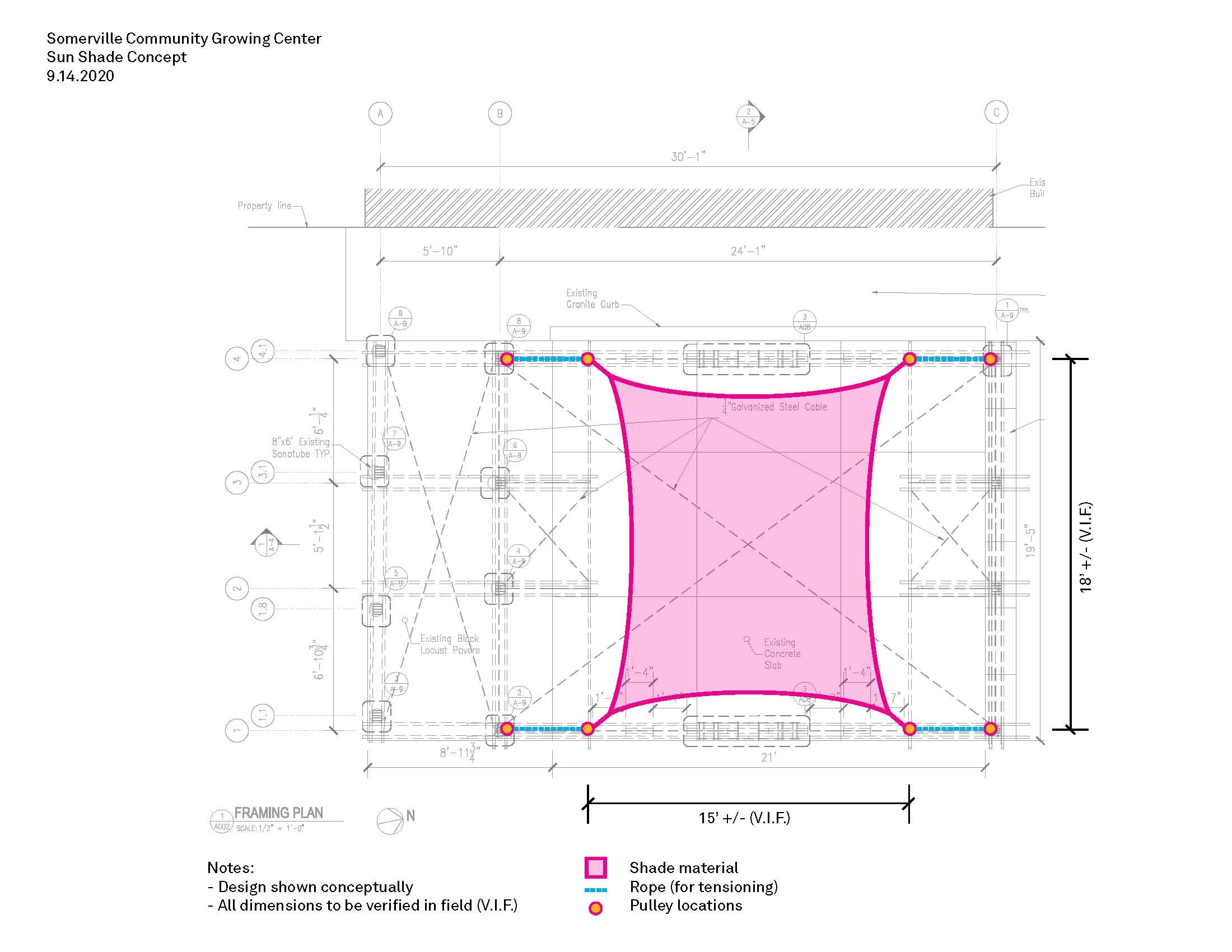


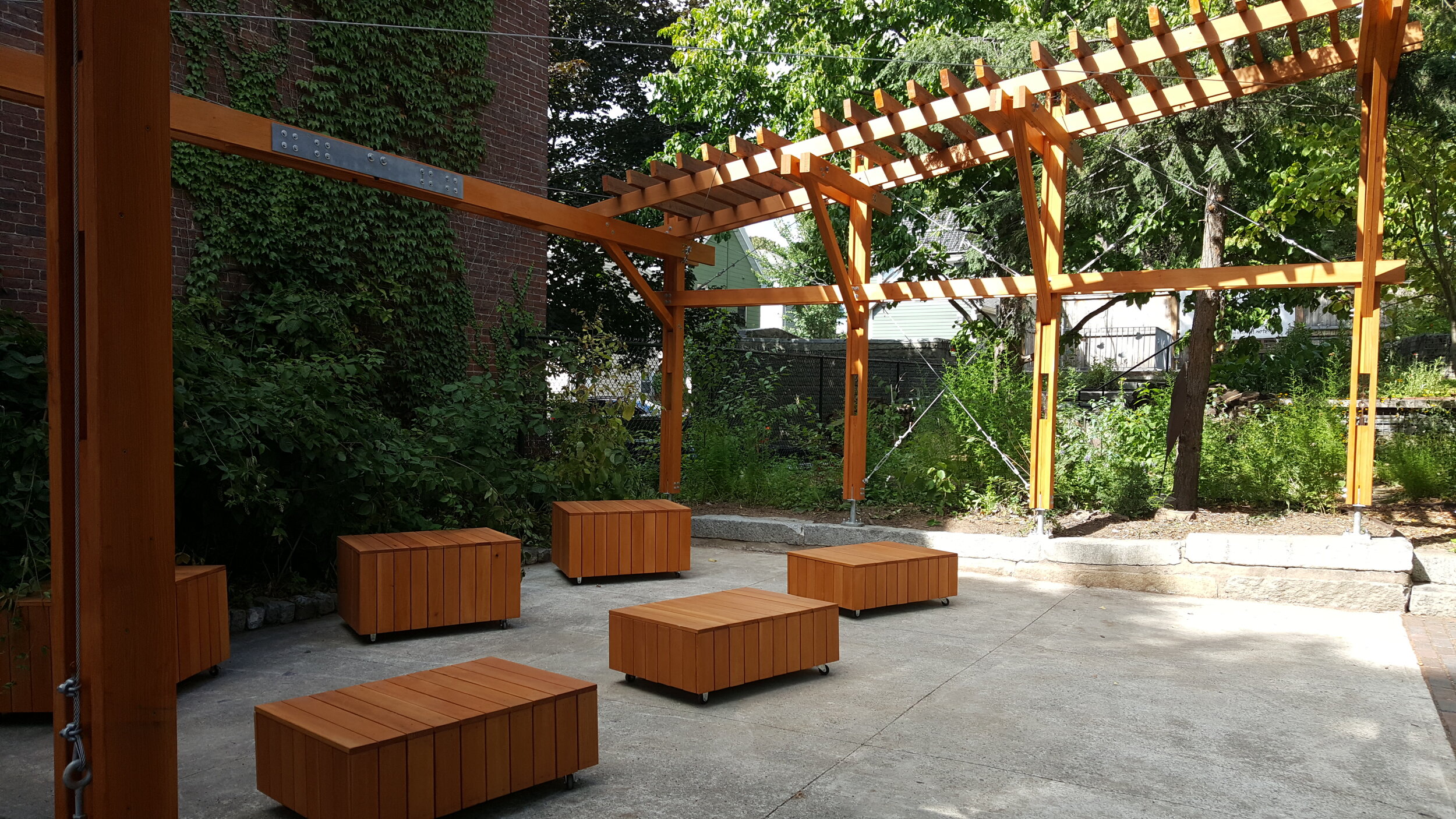
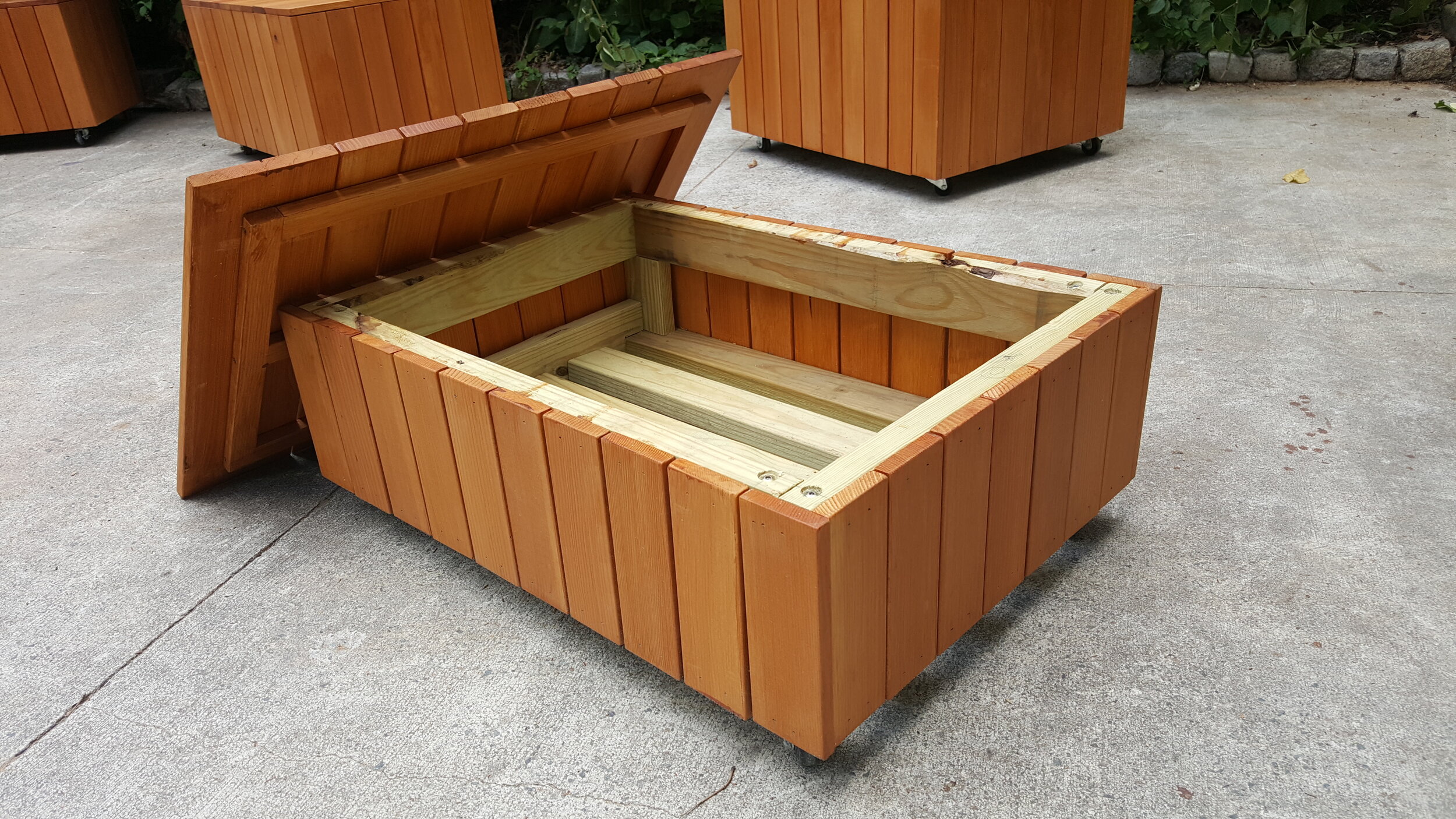
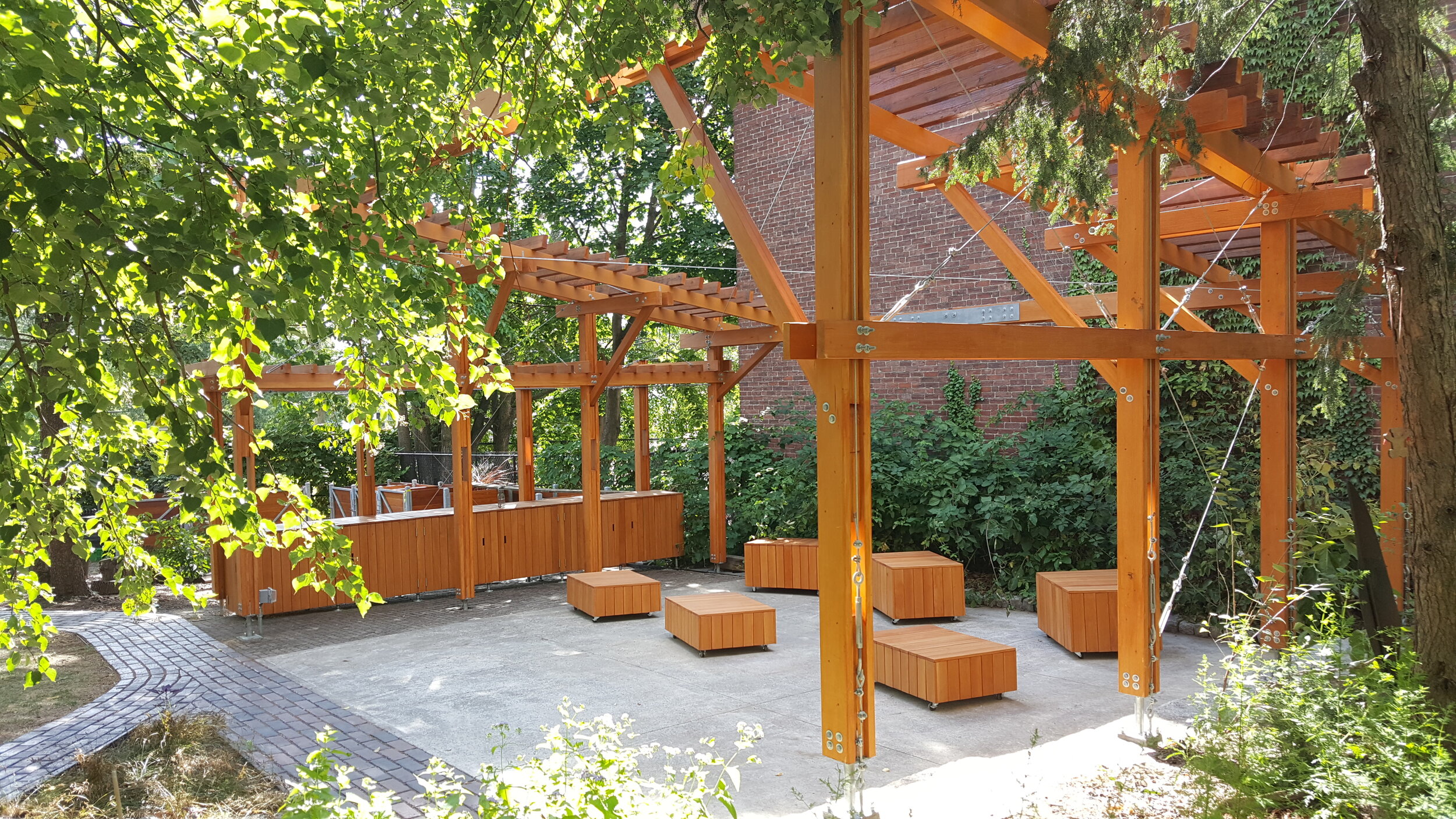
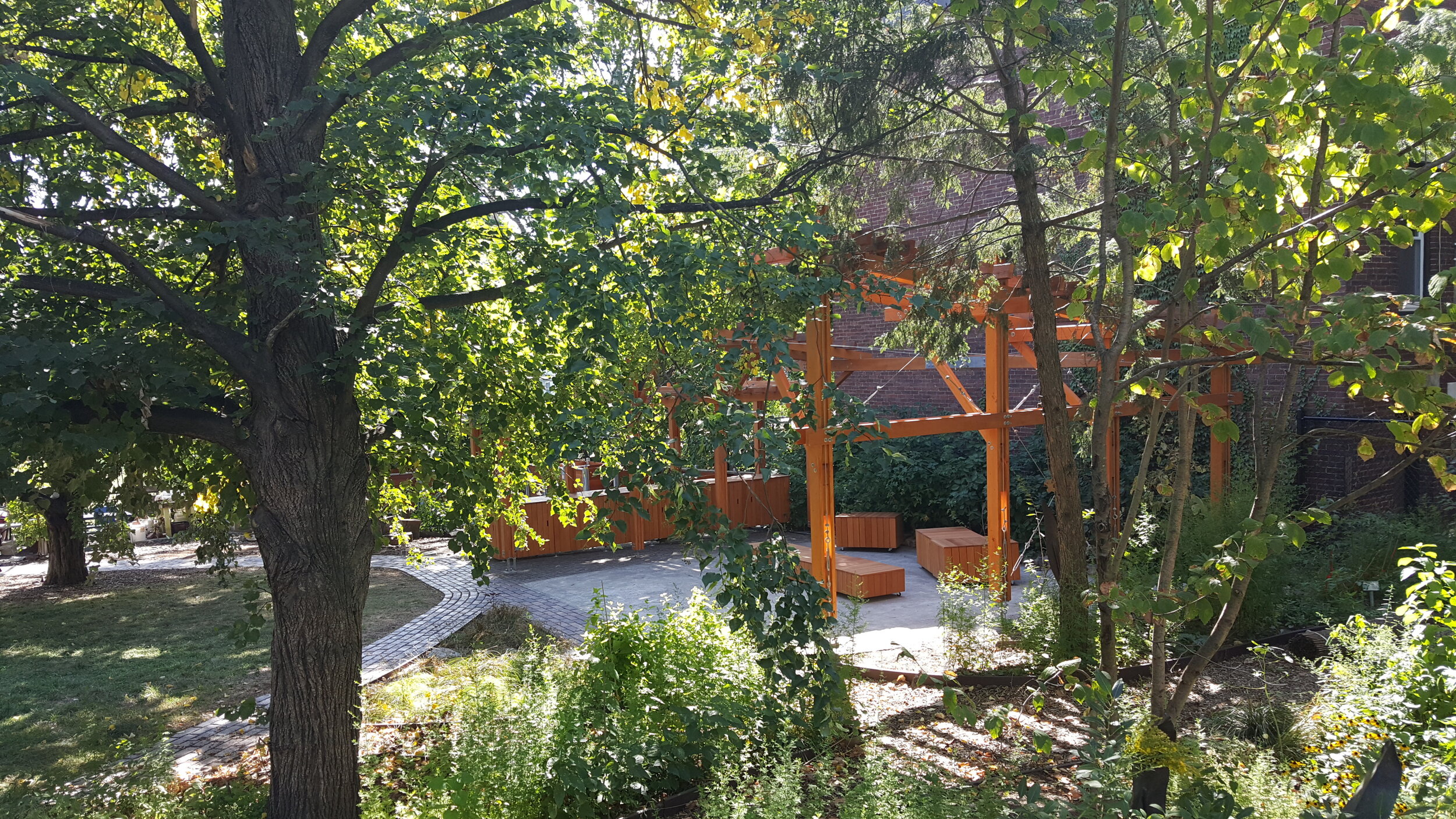
Educational Video with Somerville Media Center and local artist Stuart Roelke
A part of our outreach effort, the following video was produced by local talent Stuart Roelke , featuring Eva Leung and Adam Davenport of Terra Cura Inc. and Lisa Brukilacchio of SCGC.
beyond permaculture and sustainability
The role of architects, educators or anyone participating in creative endeavors take on new aliveness if one considers the essence of designers as one who pro-actively magnetize potential. This frees us from the linear “design thinking” of “defining problems and solving them”. A reactive stance for trying to do less harm can have some positive effect, but it is insufficient in our current times.
Our message goes beyond advocating for more “productive landscape” in the form of food forests. While Permaculture offered guiding principles for the “hardware” design, we are acutely aware of the restraints in time and funding to facilitate a learning arc that builds able-ness around regeneration. It takes a lifelong practice with regularity and intensity to shift our trajectory towards regeneration. Paradigm shifts cannot happen with sporadic activities, it requires a coherent methodology of change.
To the extent that this redesign process allowed, we end with a new beginning, renewing our design inquiry.
What could public parks be like if they embody the spirit of the growing center?
How might that shift the conversation around urban stormwater management, soil health, food resiliency, social justice if there are networks of such community food forest?
What is required of us — from educators, parents, business owners, planners and policy makers etc.— to design and engage this way?
our aspiration — what is true regeneration?
This unique food forest is here to ground and grow our kinship to life. Beyond a place for celebrating, sharing stories and skills, it will take a new kind of “software” to guide such thinking and experience. A kind of programming that escalates able-ness to reflect not just what we learn, but how we allow what we learn and unlearn. We need an on-going practice that helps us understand and hold the complexities of life (living systems thinking); To be self-managing citizens who can dig deep into our uniqueness, and continuously self-activate service to all life. That, to us, is the source of true regeneration.
In that regard, Terra Cura is exploring partnerships with colleges, universities and organizations to implement courses and practicum around Living Systems Thinking, Self-Team Development and Community Engagement that could integrate such learning experience at the growing center and other public spaces.
design & learn with us!
Below are resources consolidated during our design process. We hope it will inspire a new spirit of design and learning throughout the world. Our mission is to activate global health through regeneration, starting with food systems infrastructure and programming. If you would like to collaborate on a fun project, or simply connect, drop us a line at info@terracura.org or contact one of our team members.
SCGC food forest features at a glance:
26 planting beds demonstrating a variety of habitats and food forest layers
Walk-through rain garden
Except for the entry driveway, all ground surfaces are permeable
Modular gabion retaining wall filled with site with black locust bench-tops
Modular composting / storage station built in collaboration with Somerville High School Vocational Department Metal Workshop and volunteers
Modular Raised beds for victory gardening
Accessible spots for wheelchairs and strollers
Amphitheater with ADA pathway; donated granite from the city re-set
New circulation path connecting rain garden to North Terrace for increased accessibility
A new social terrace — sized and protected to code for easy adaptation to a bee apiary


